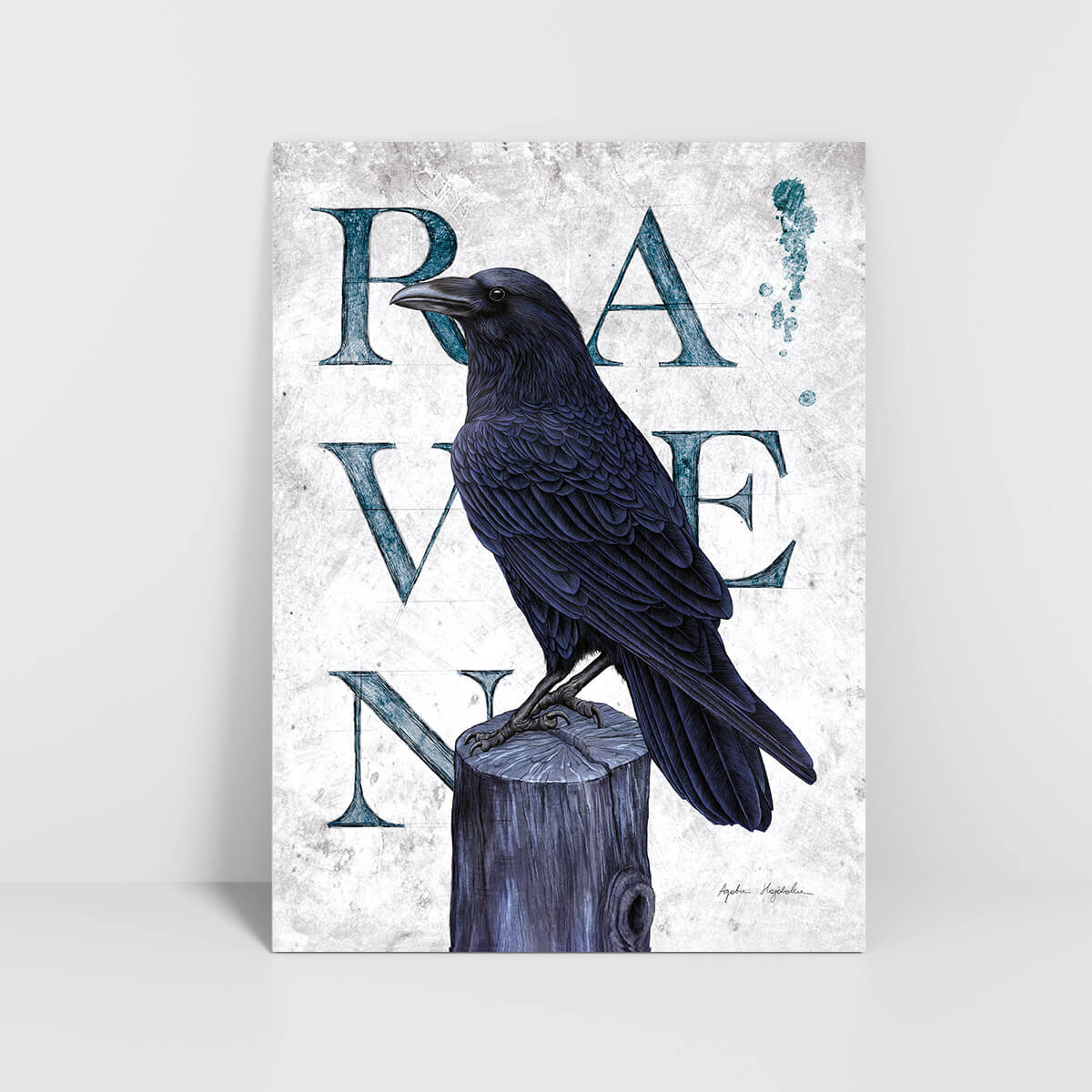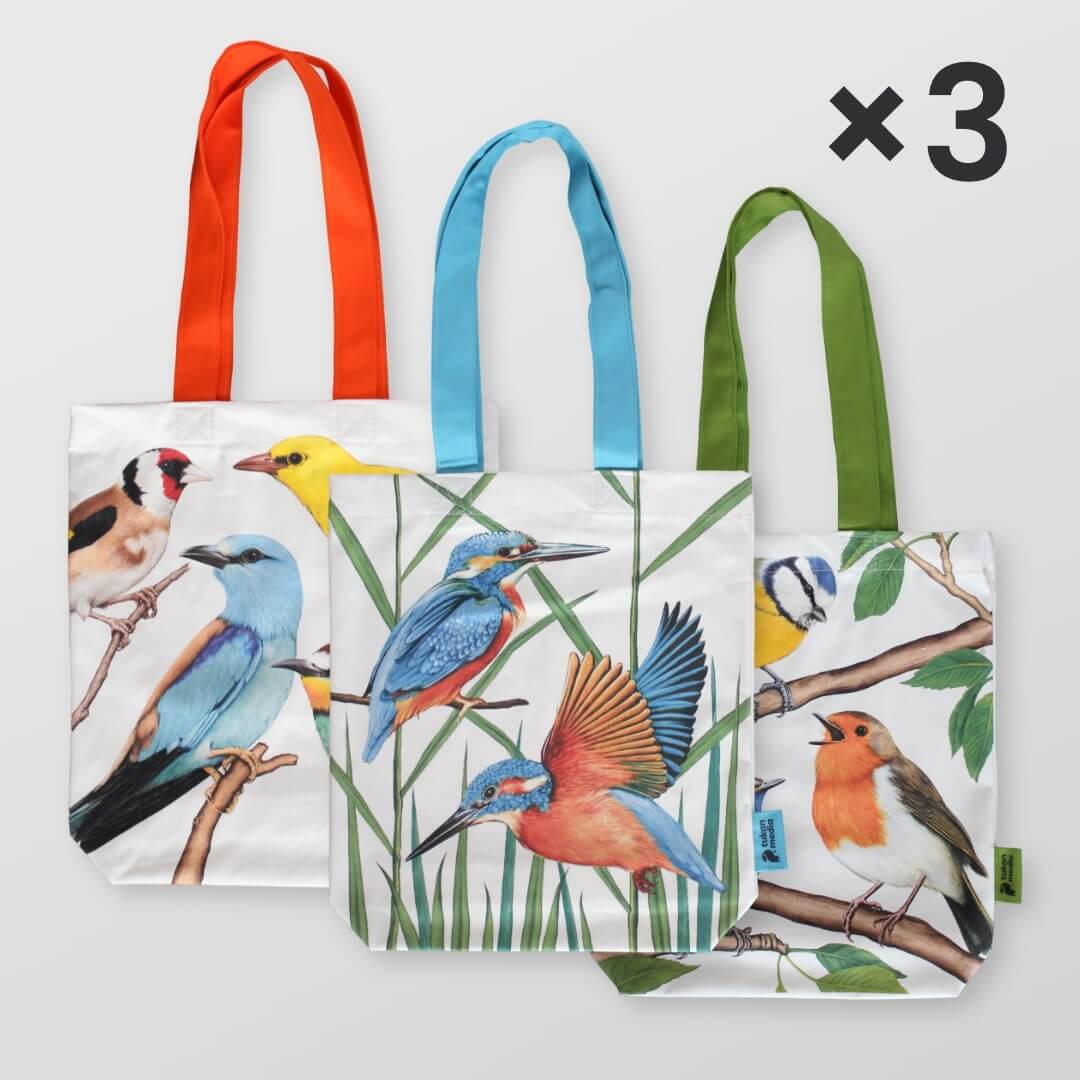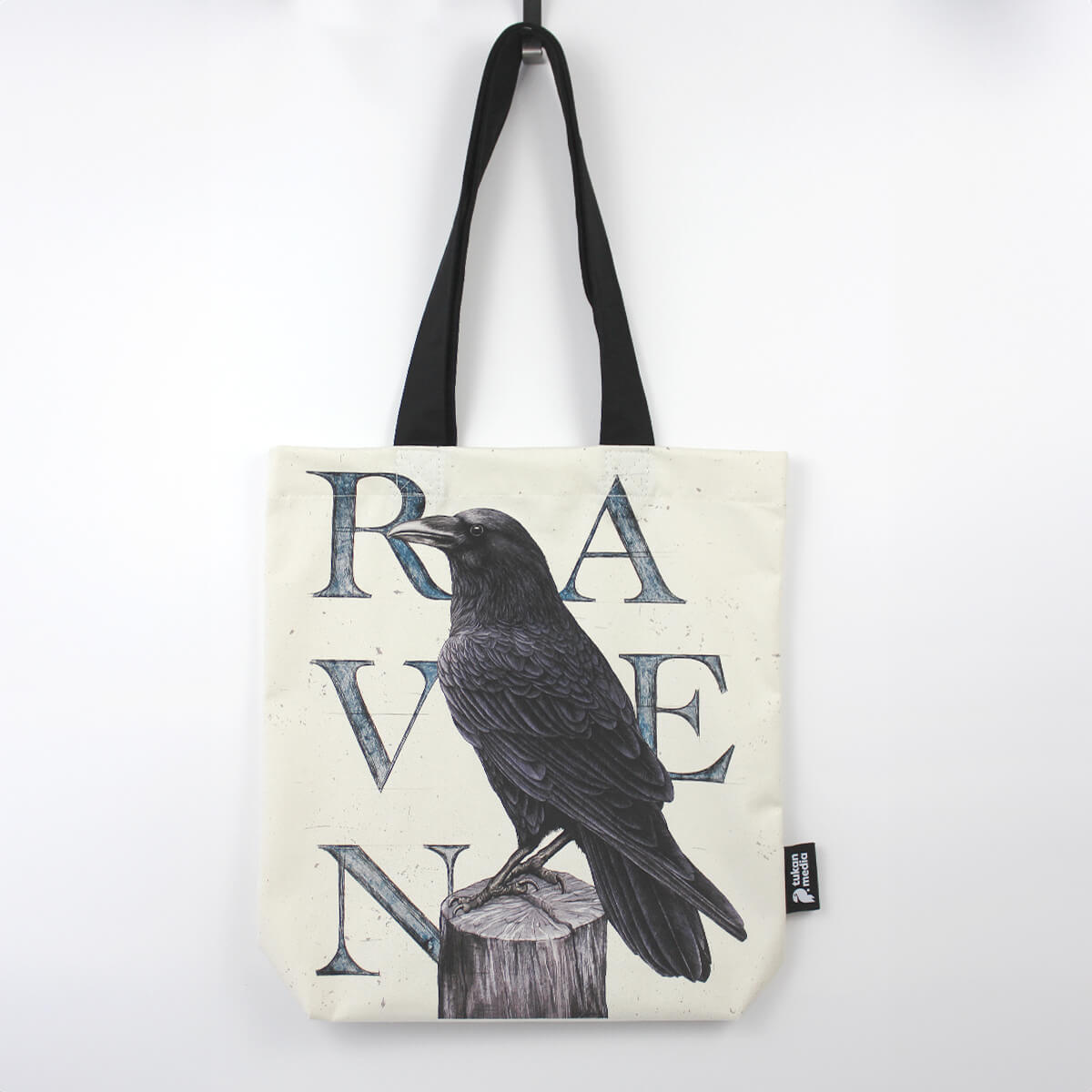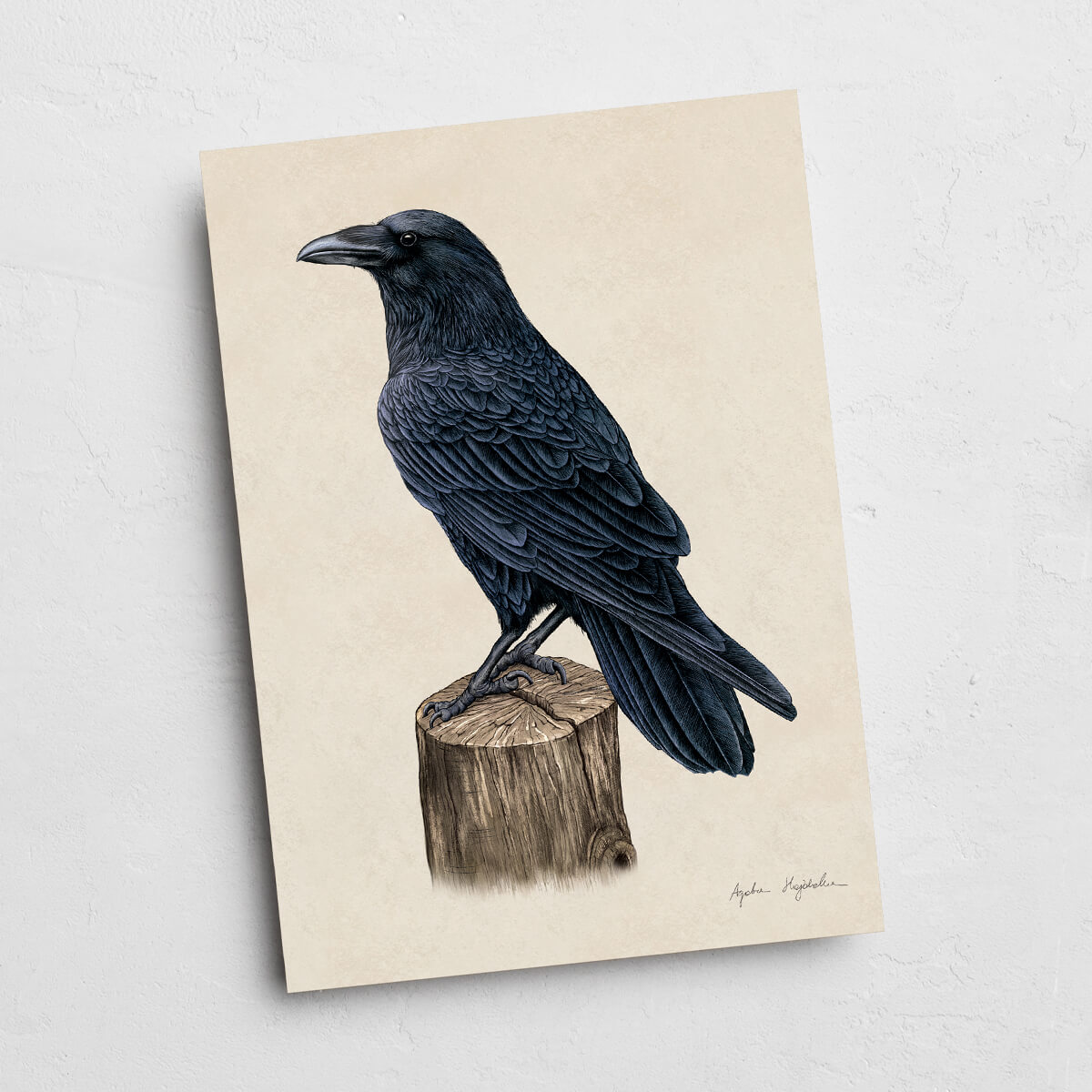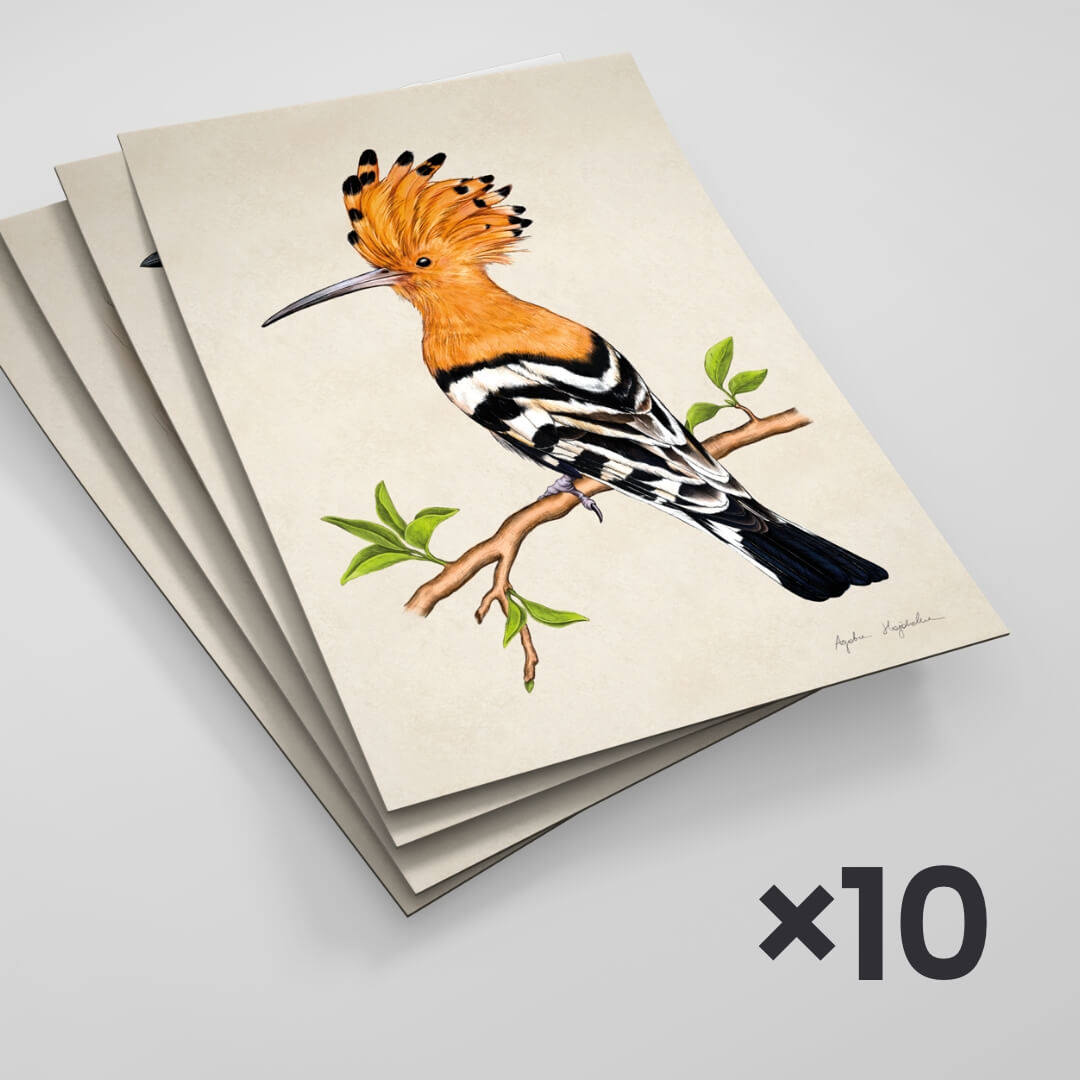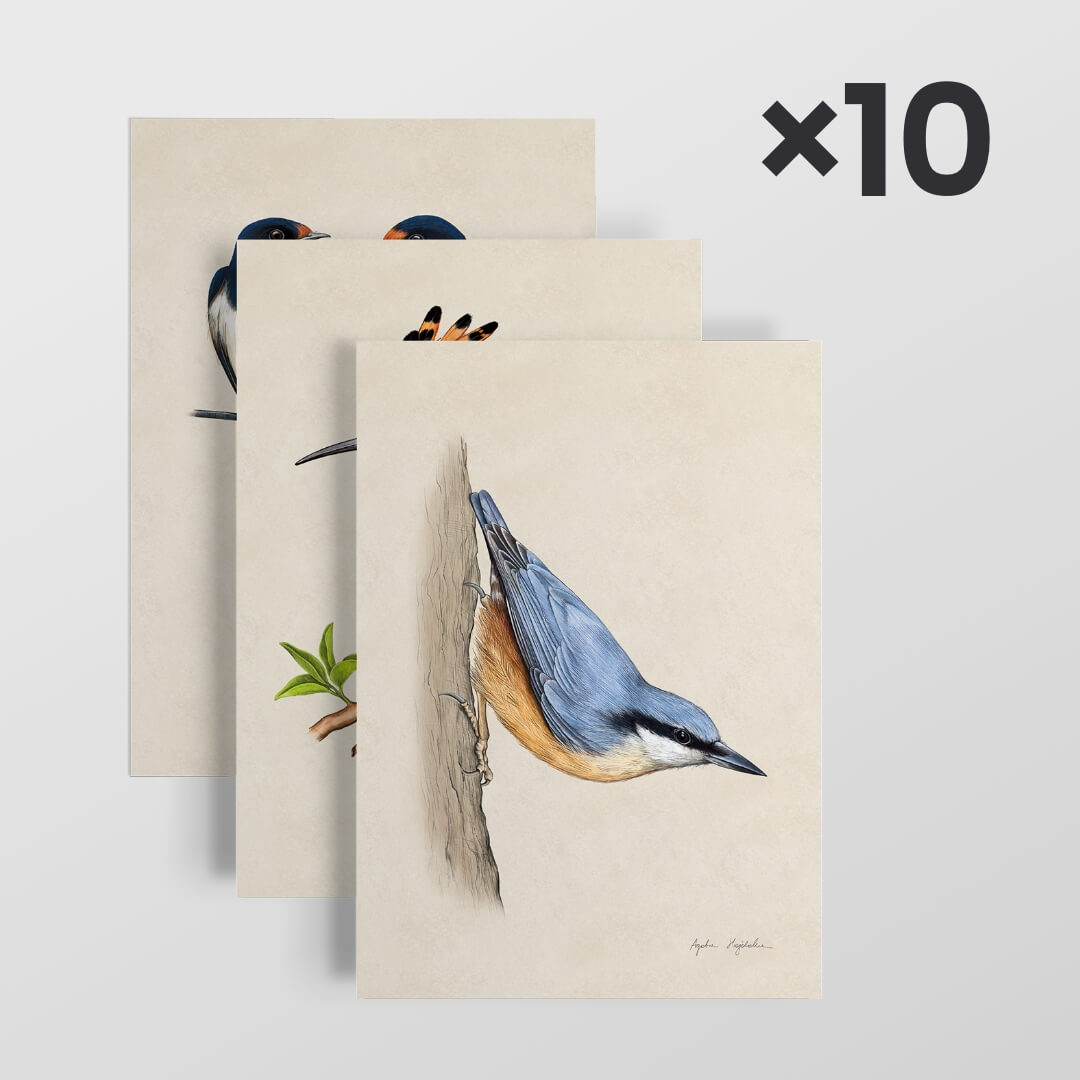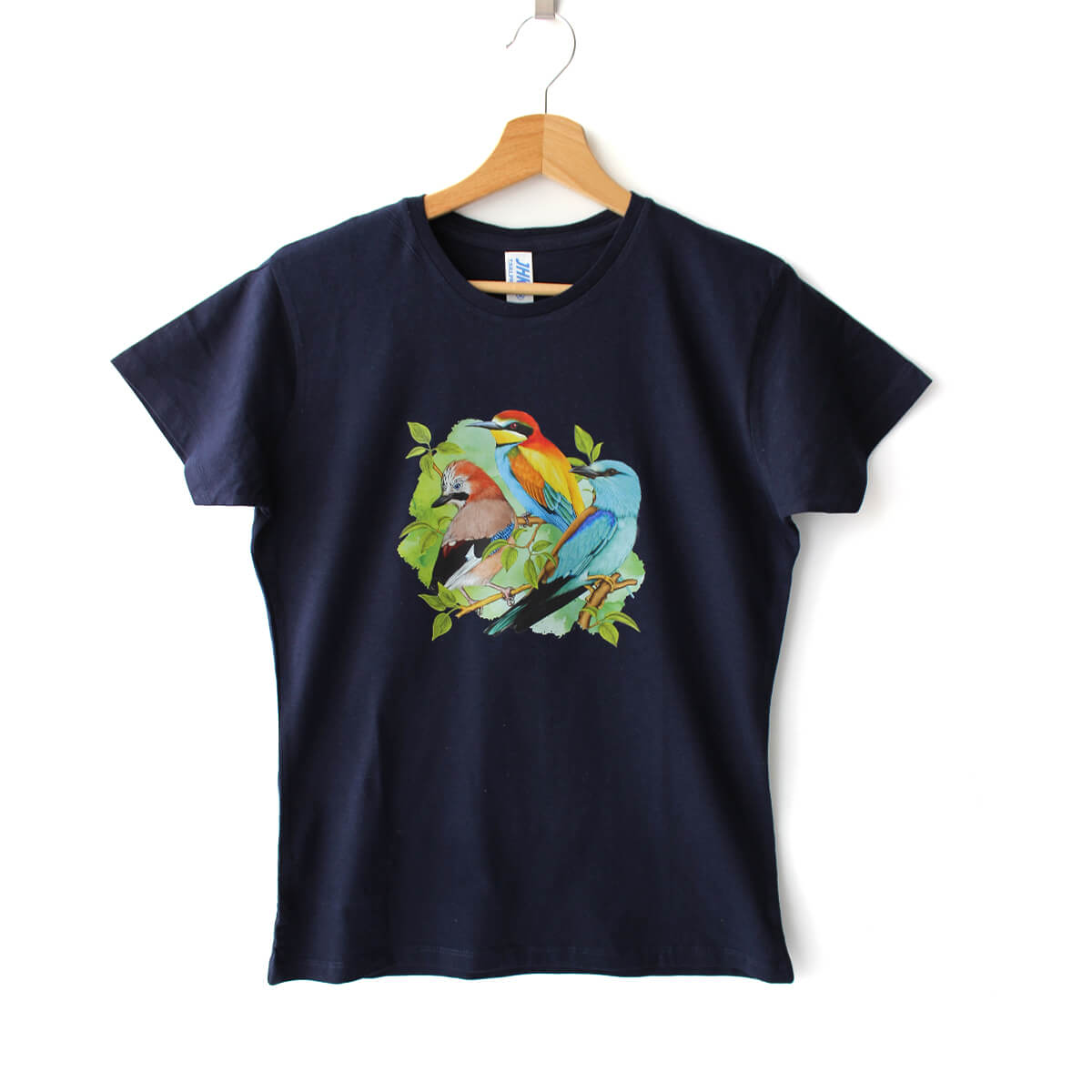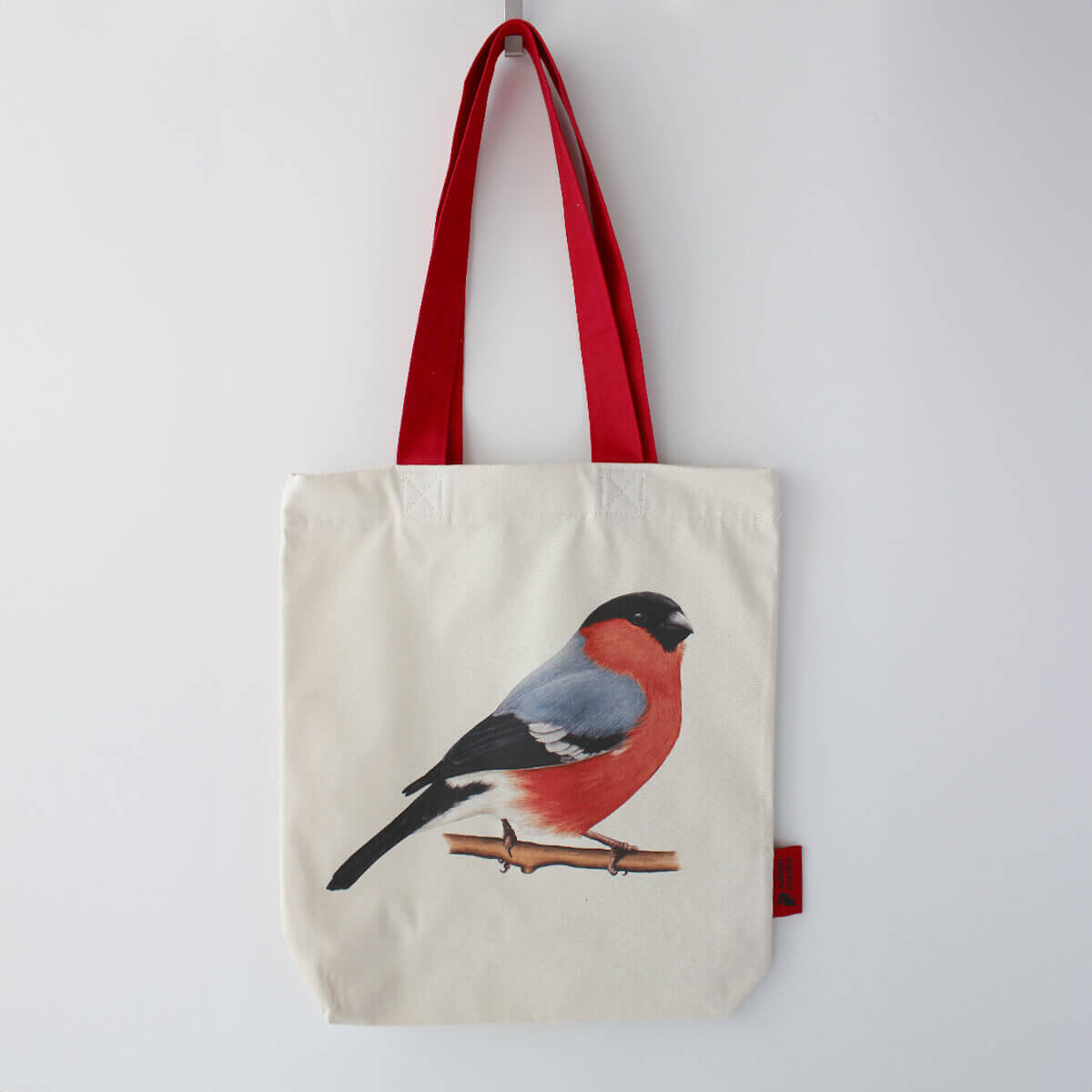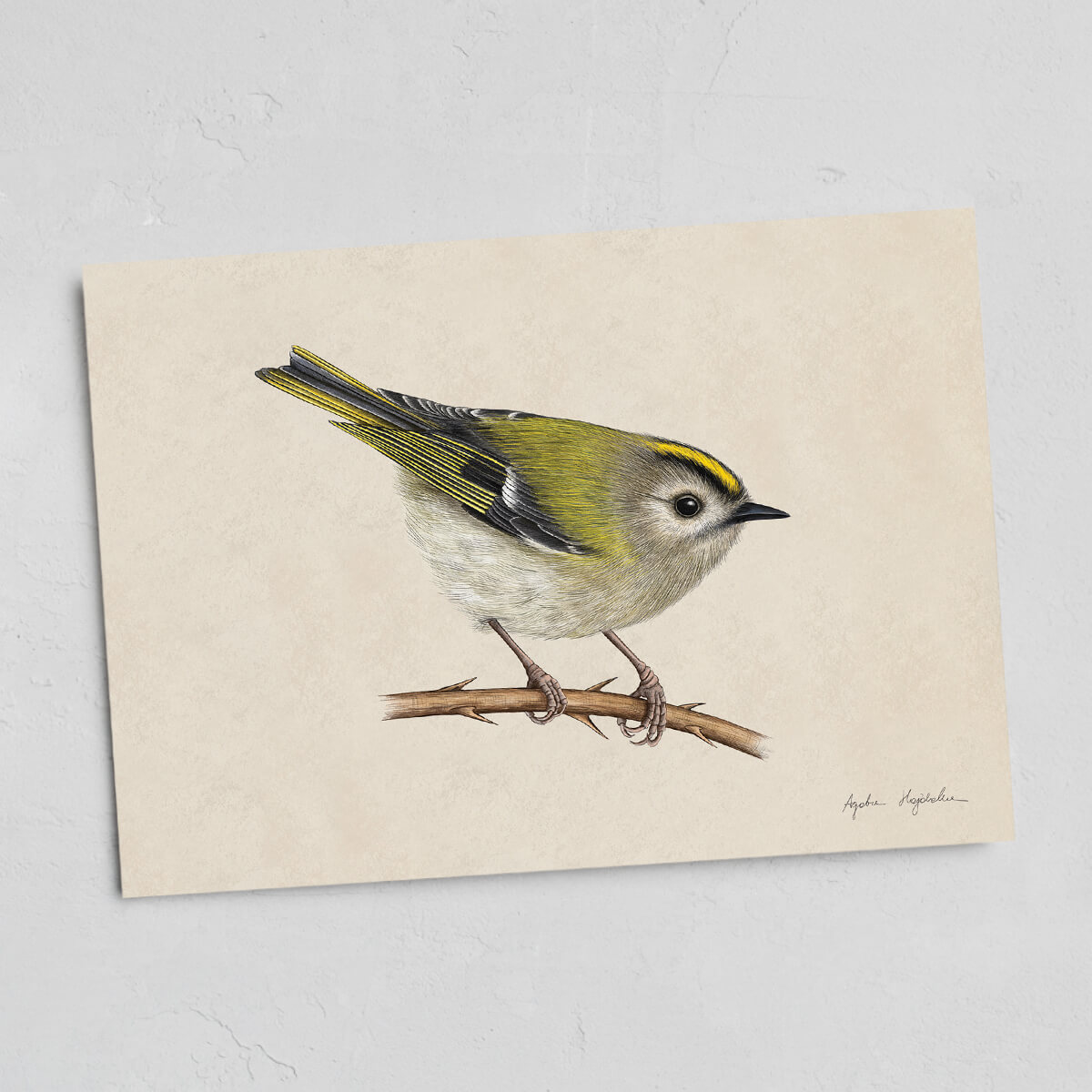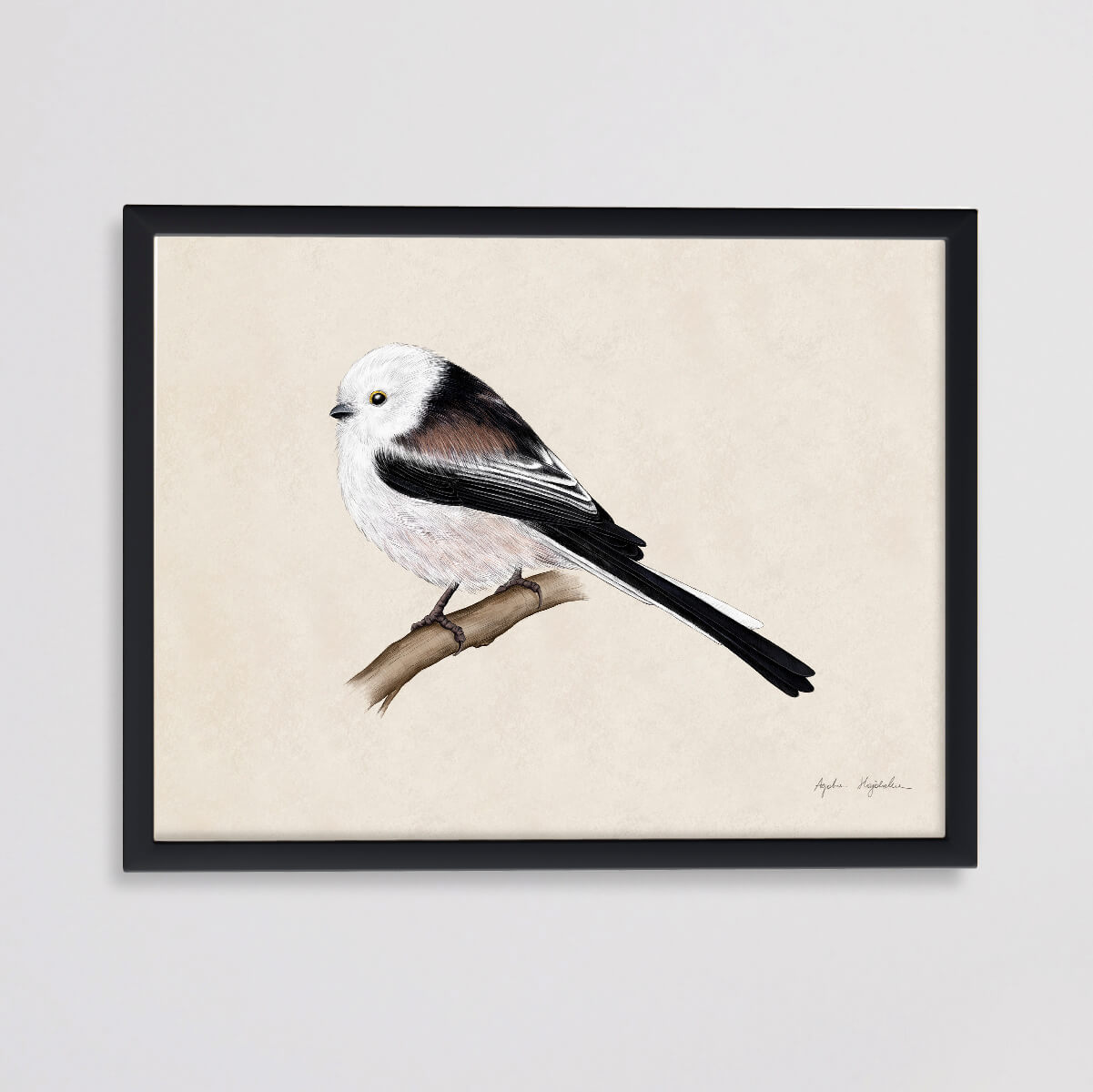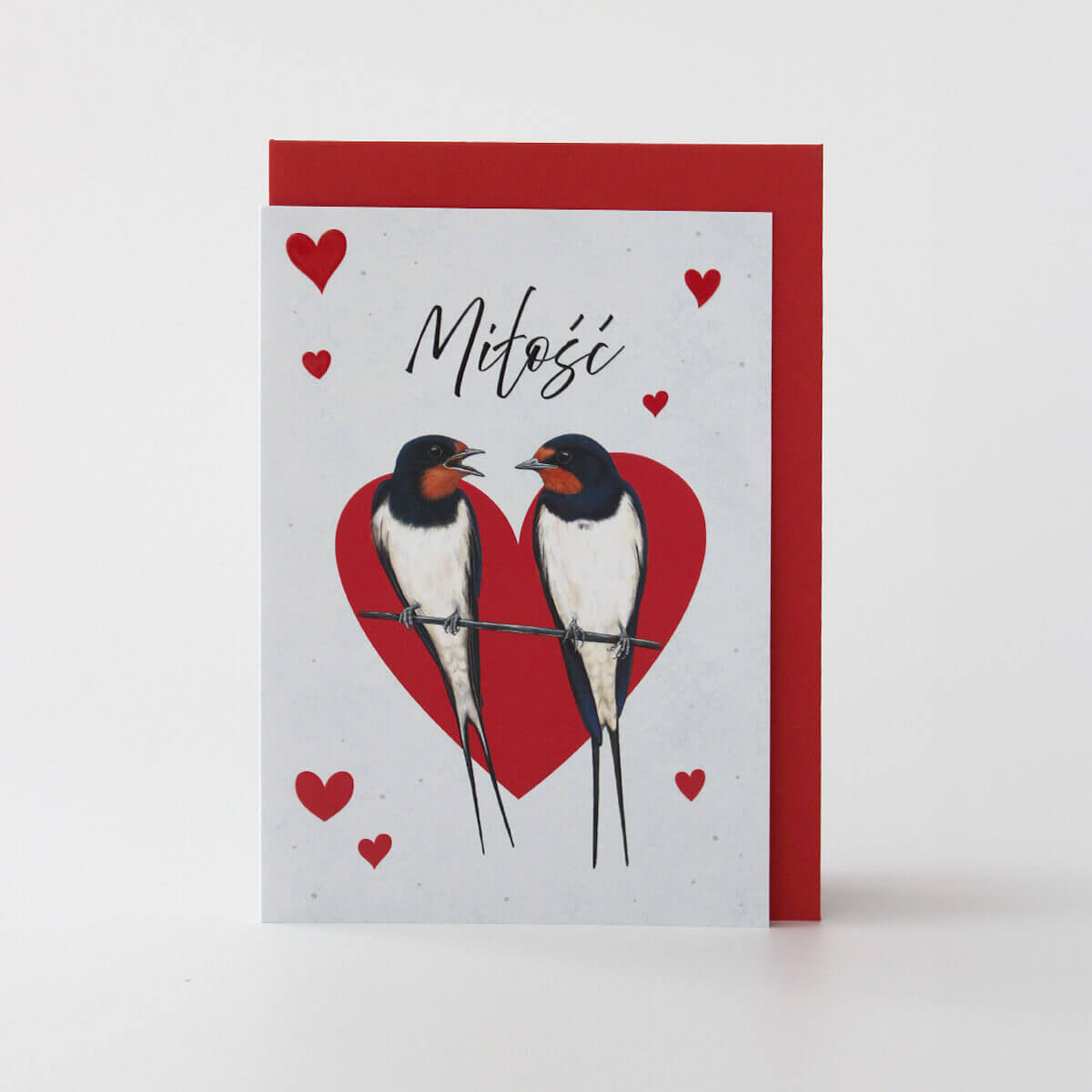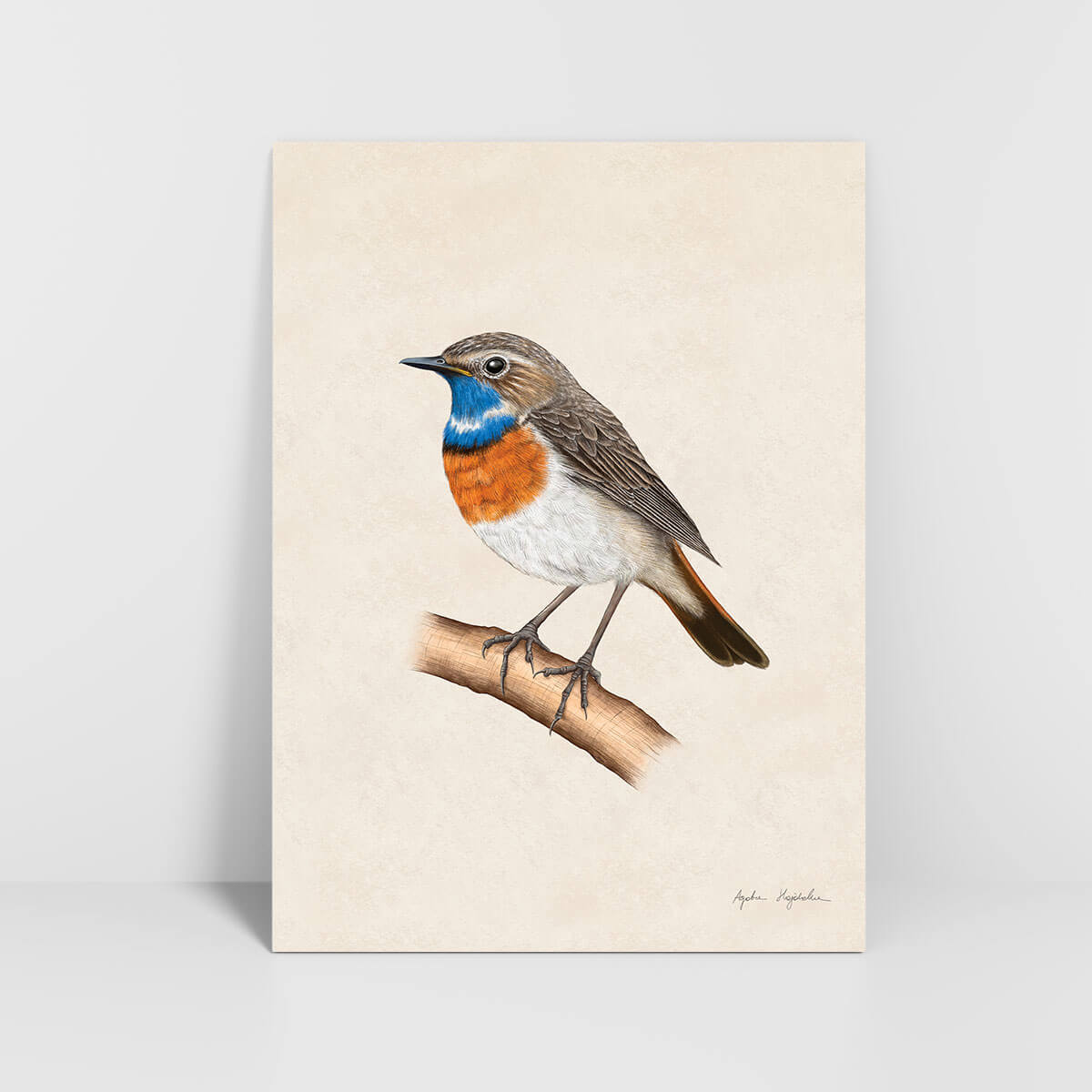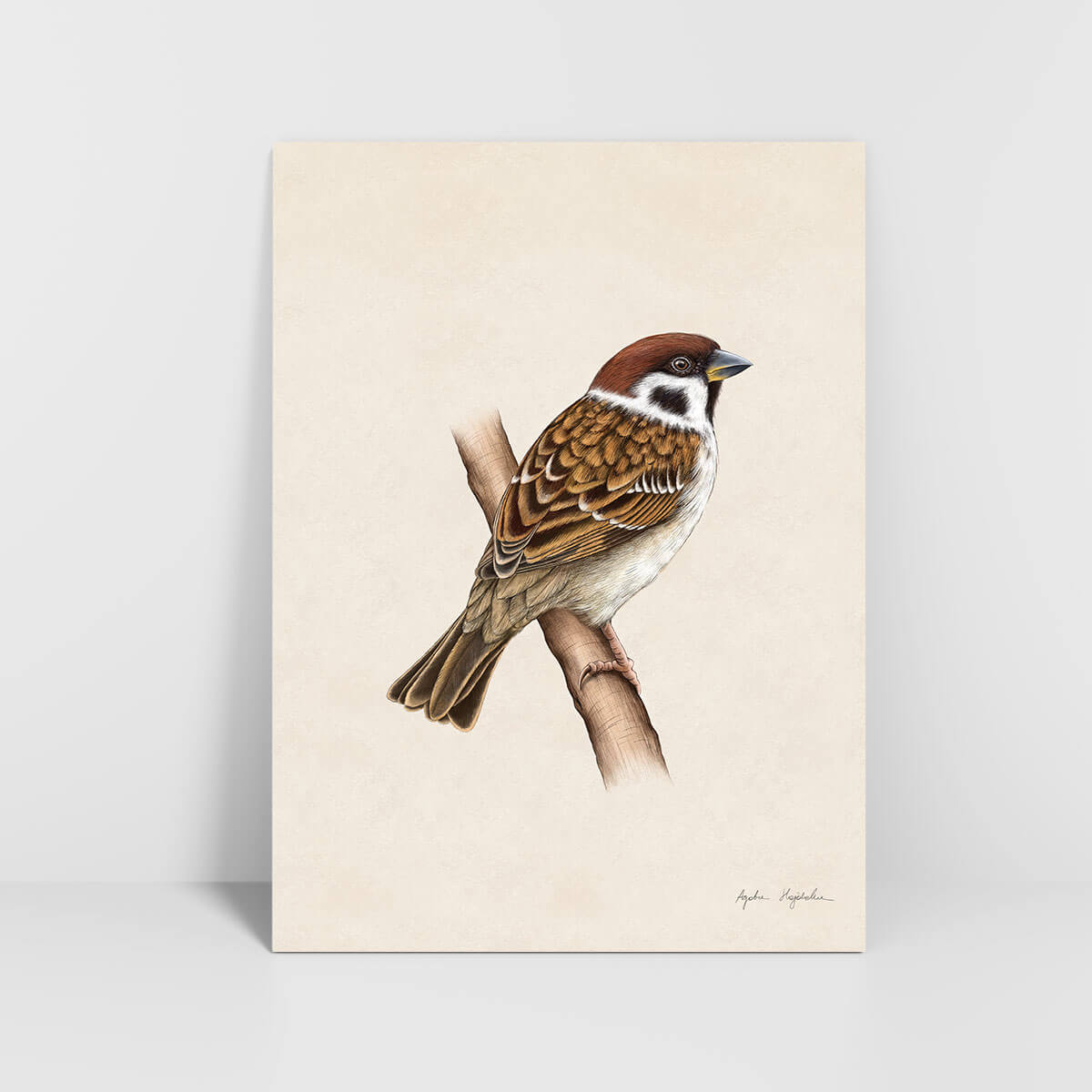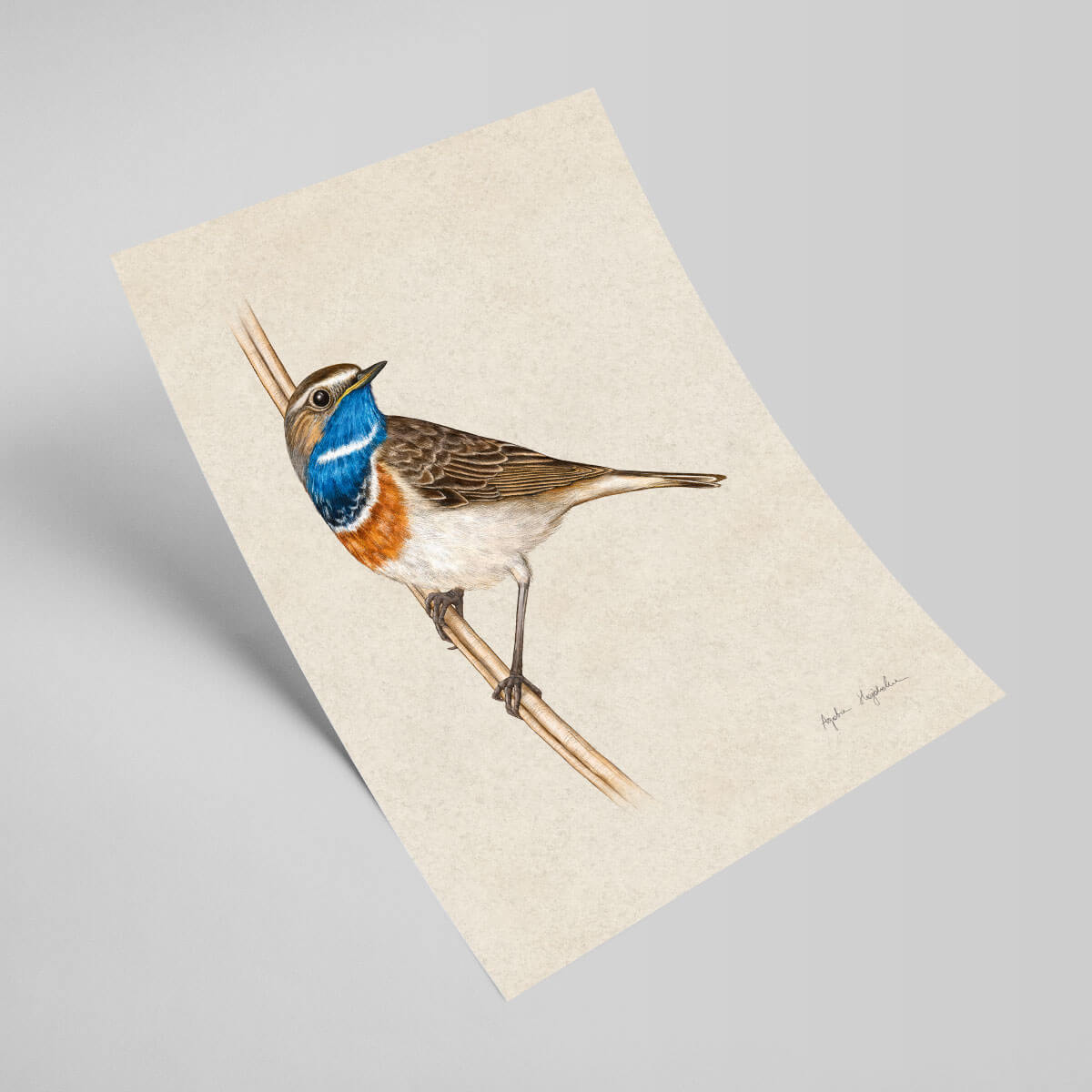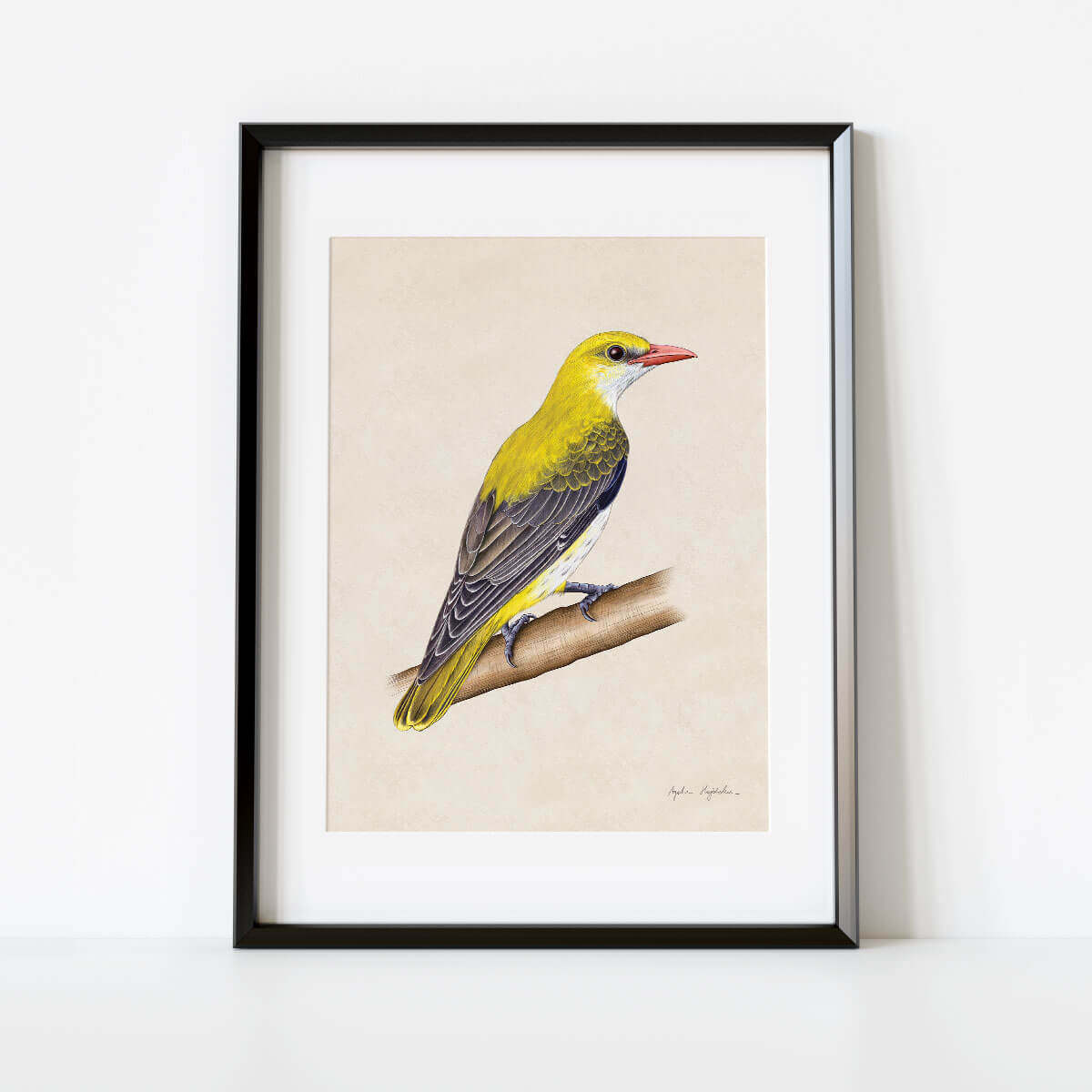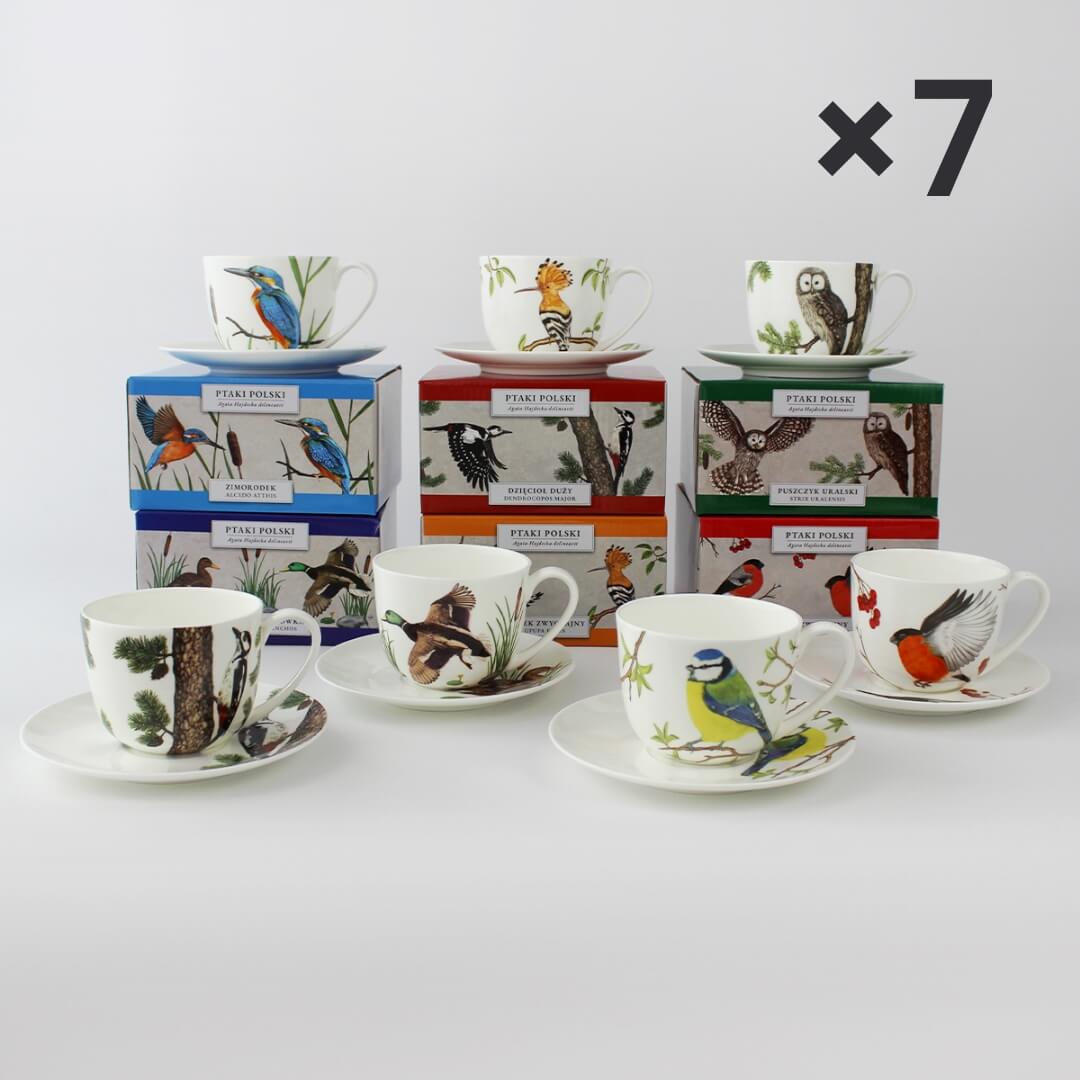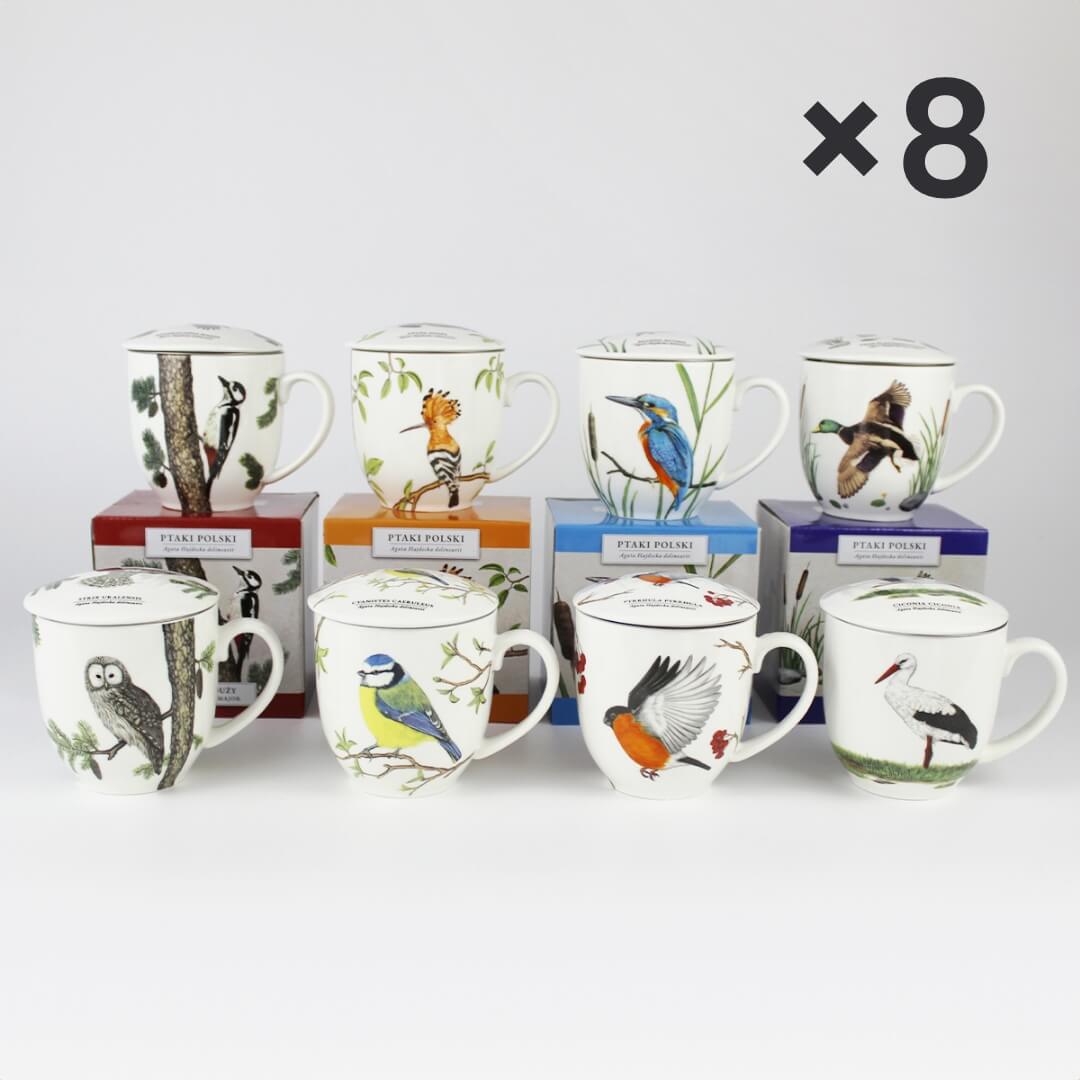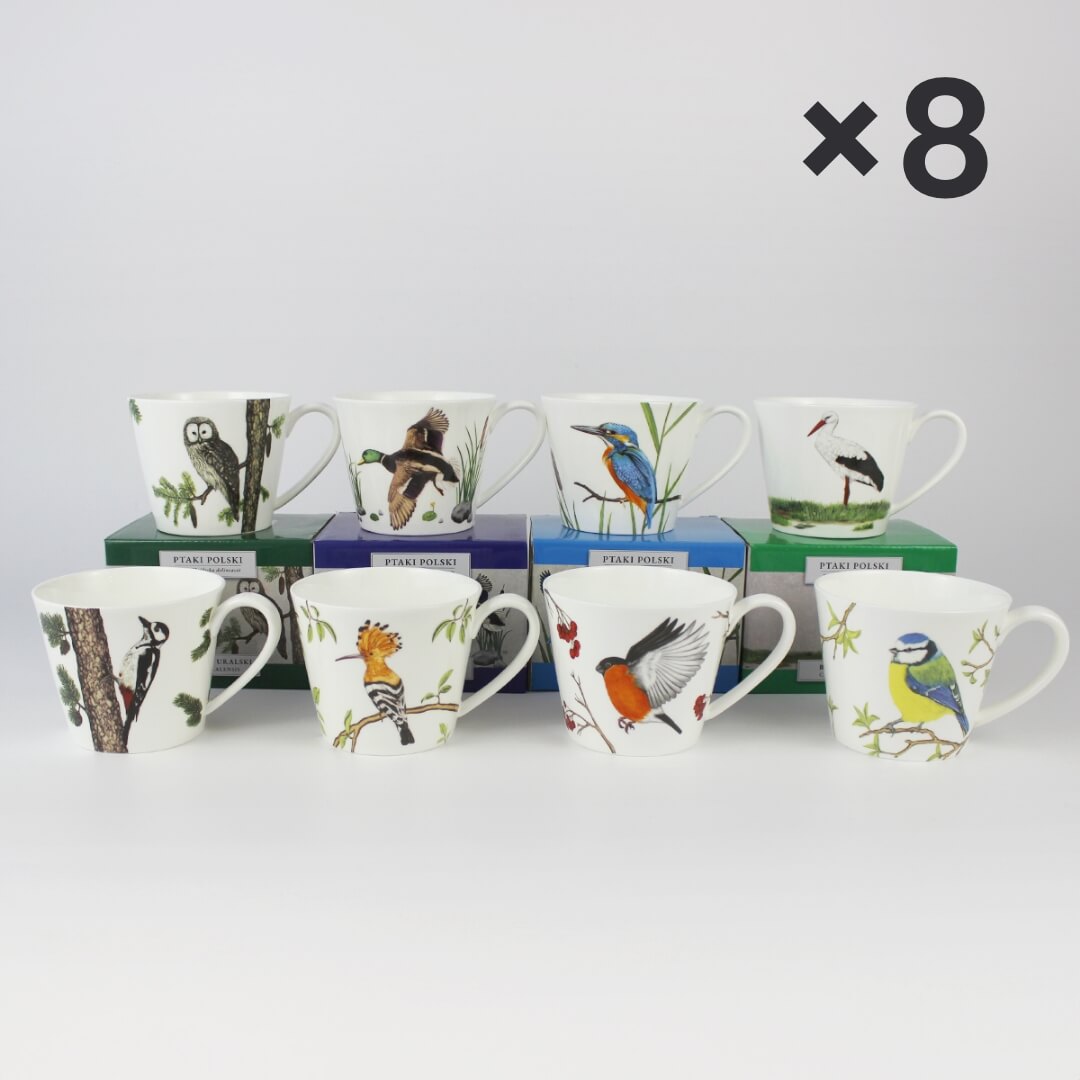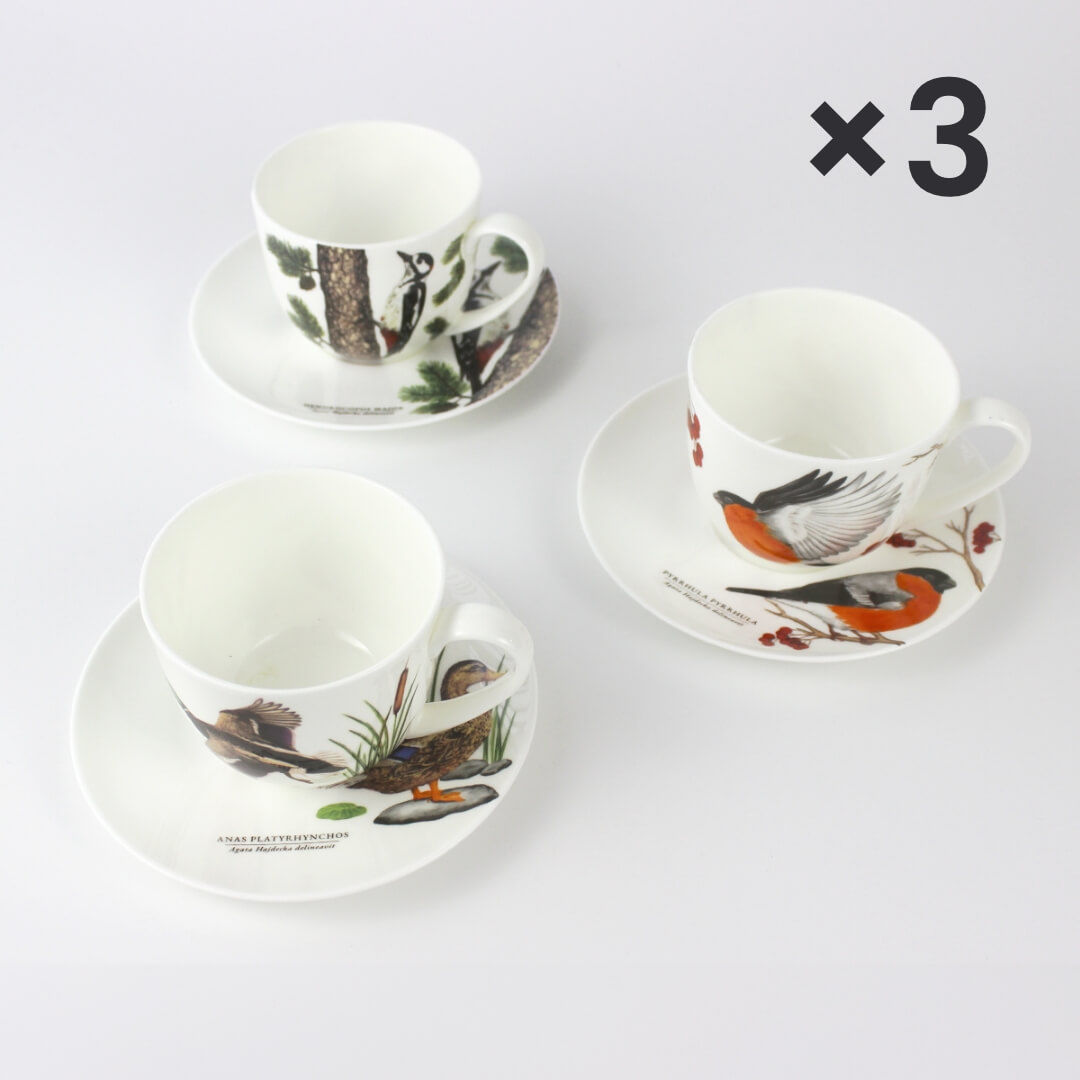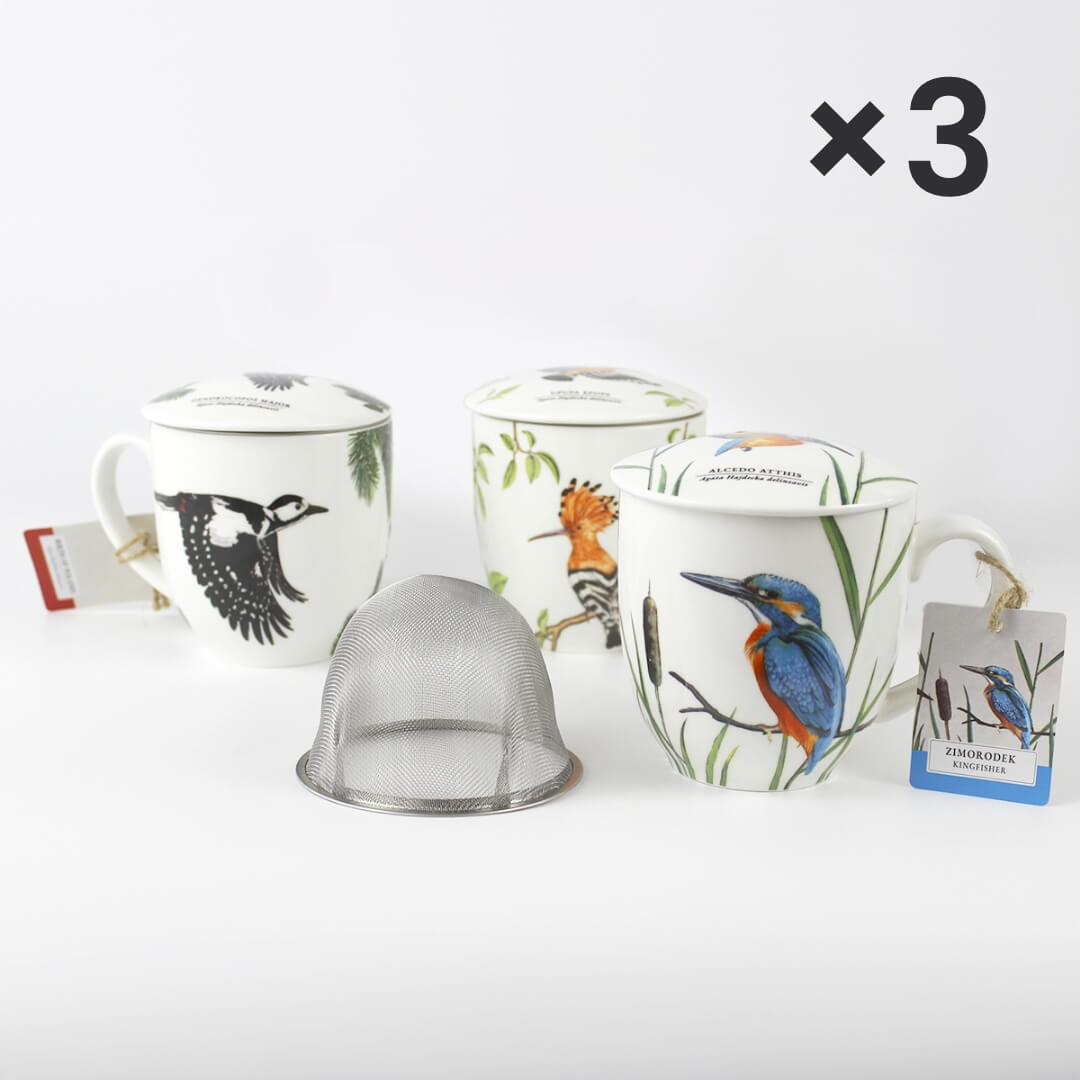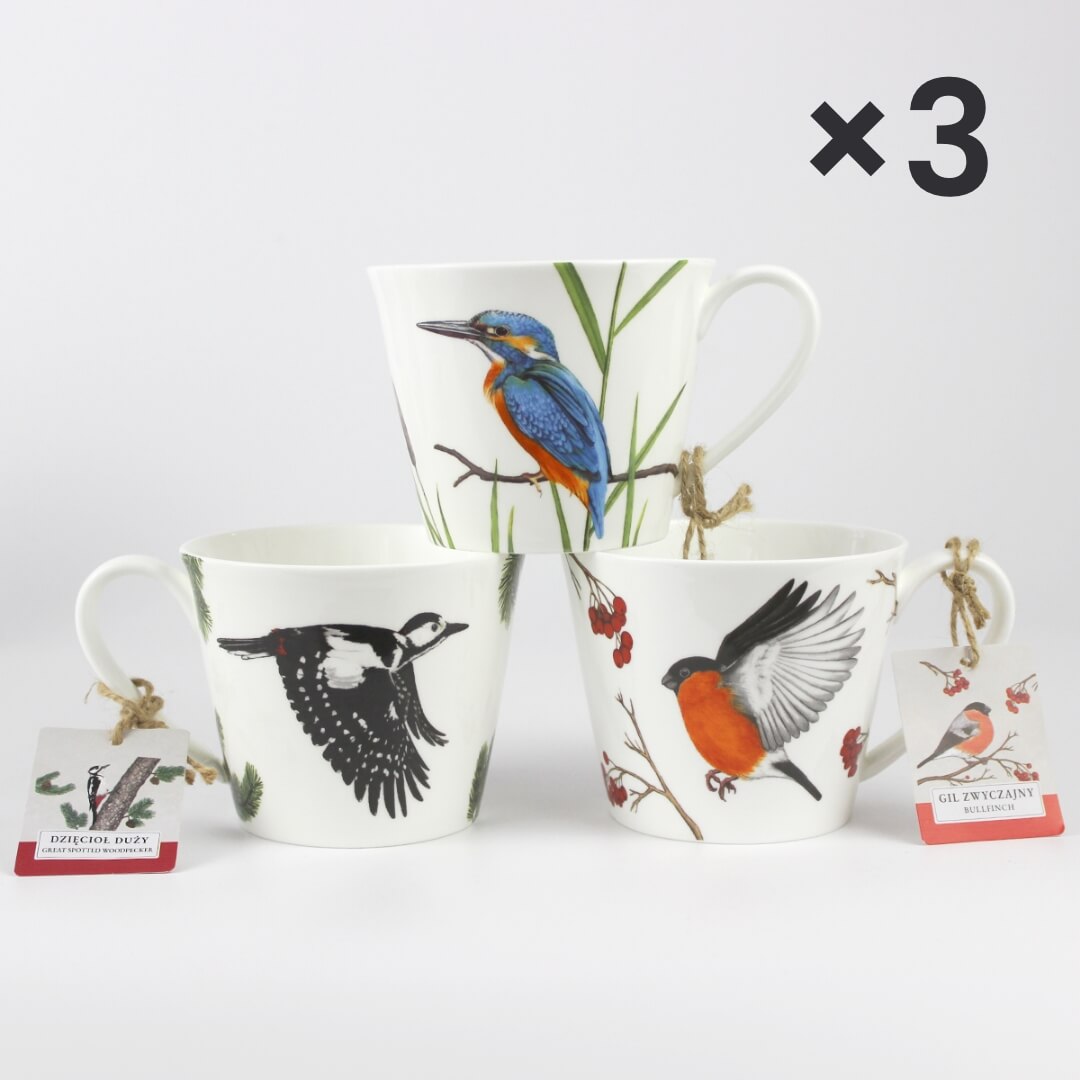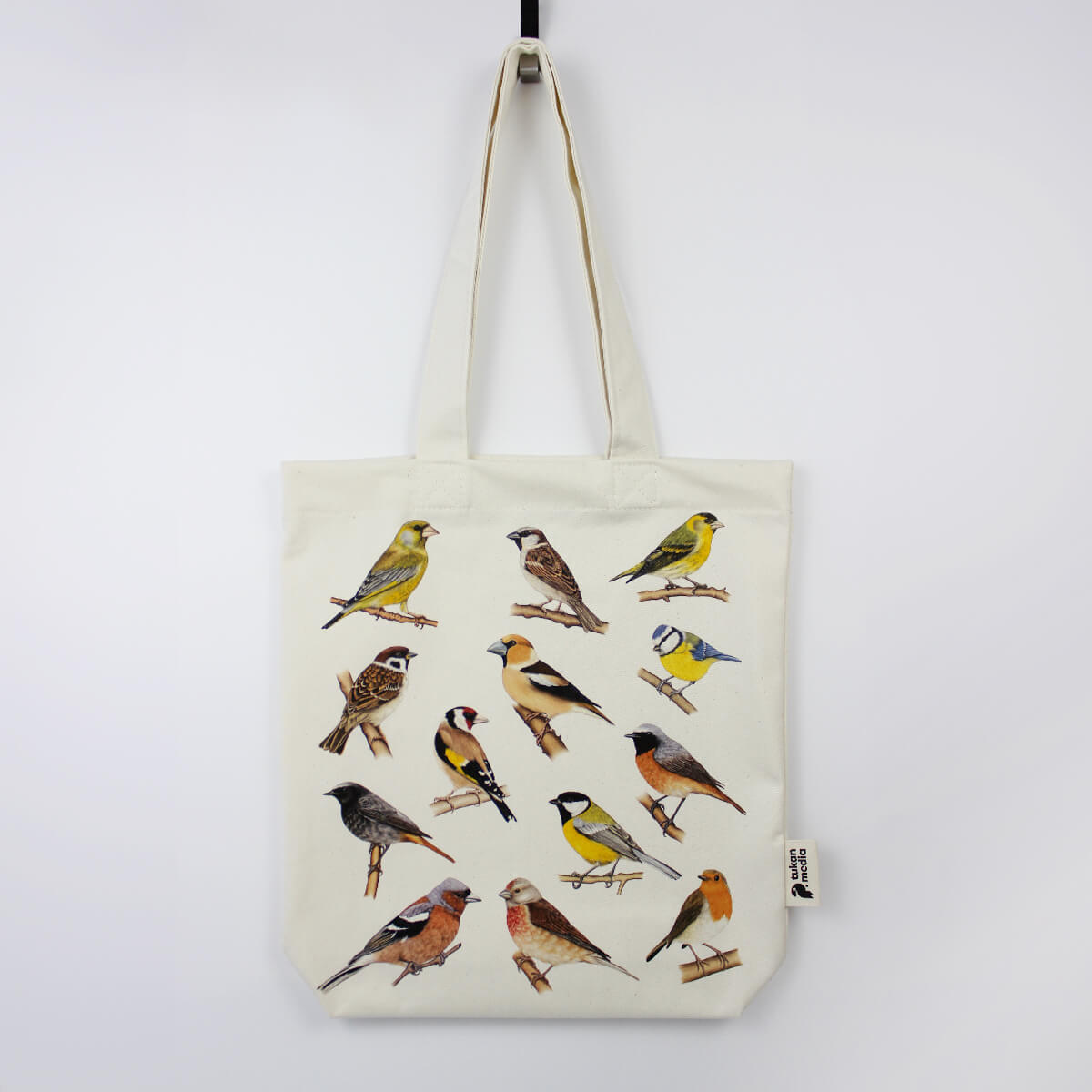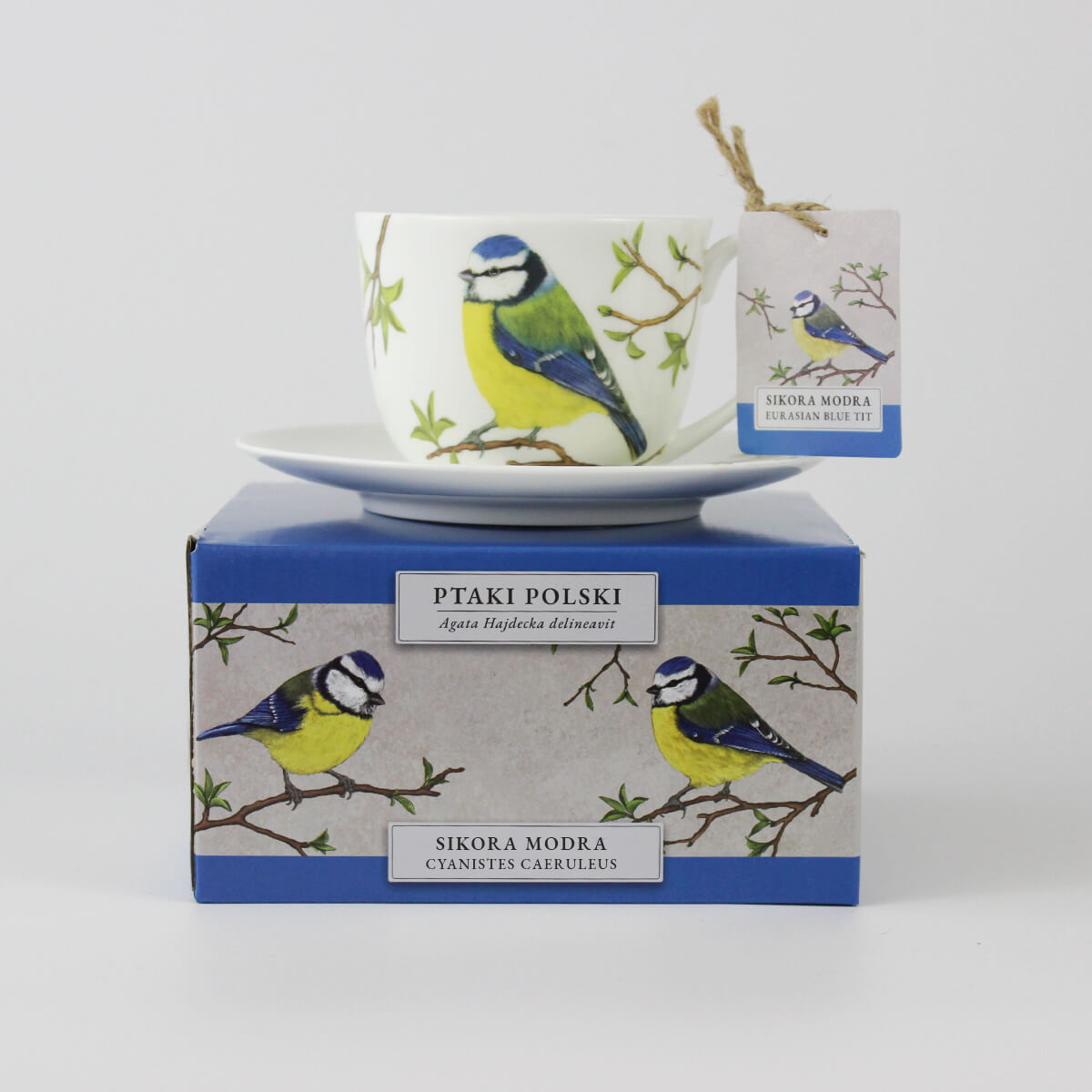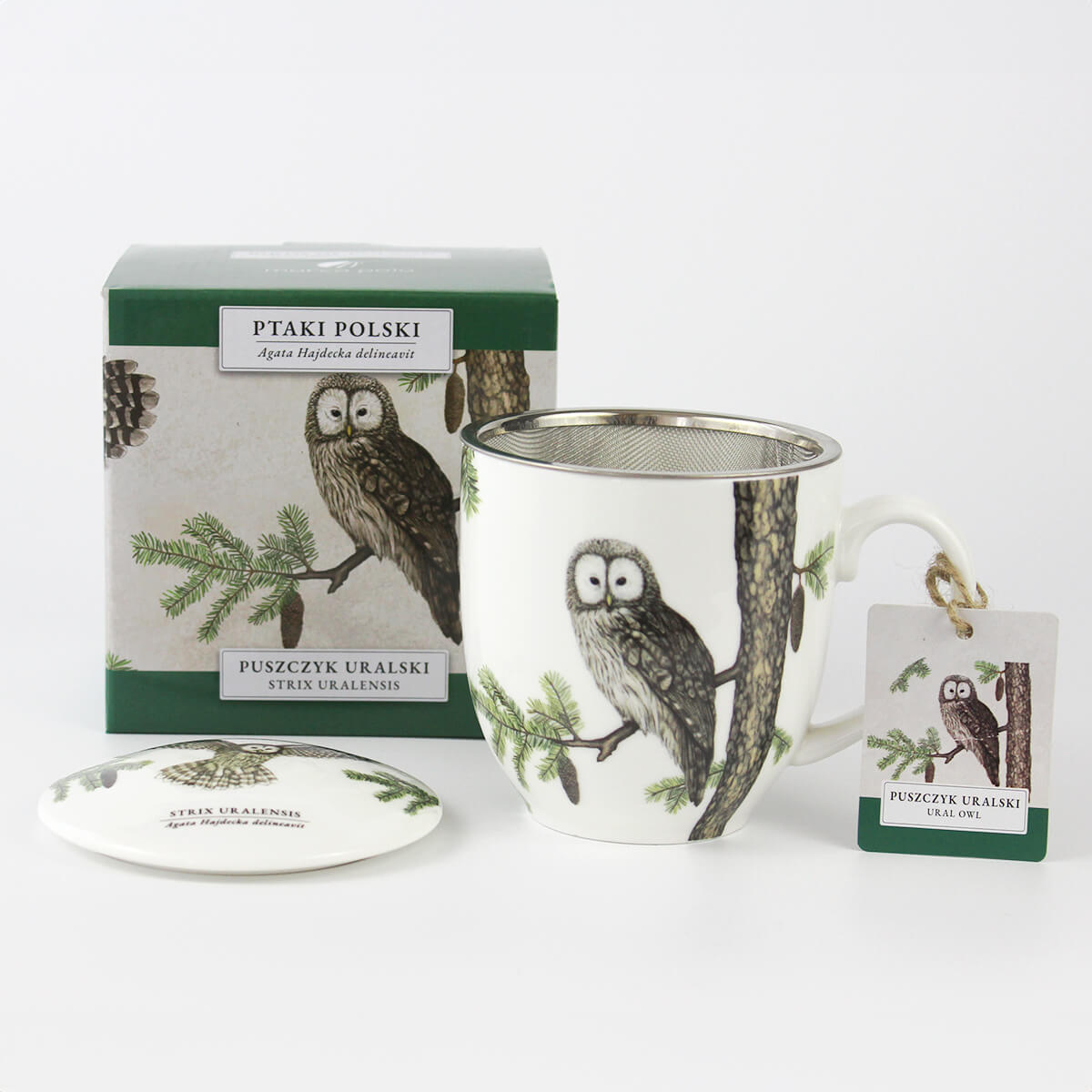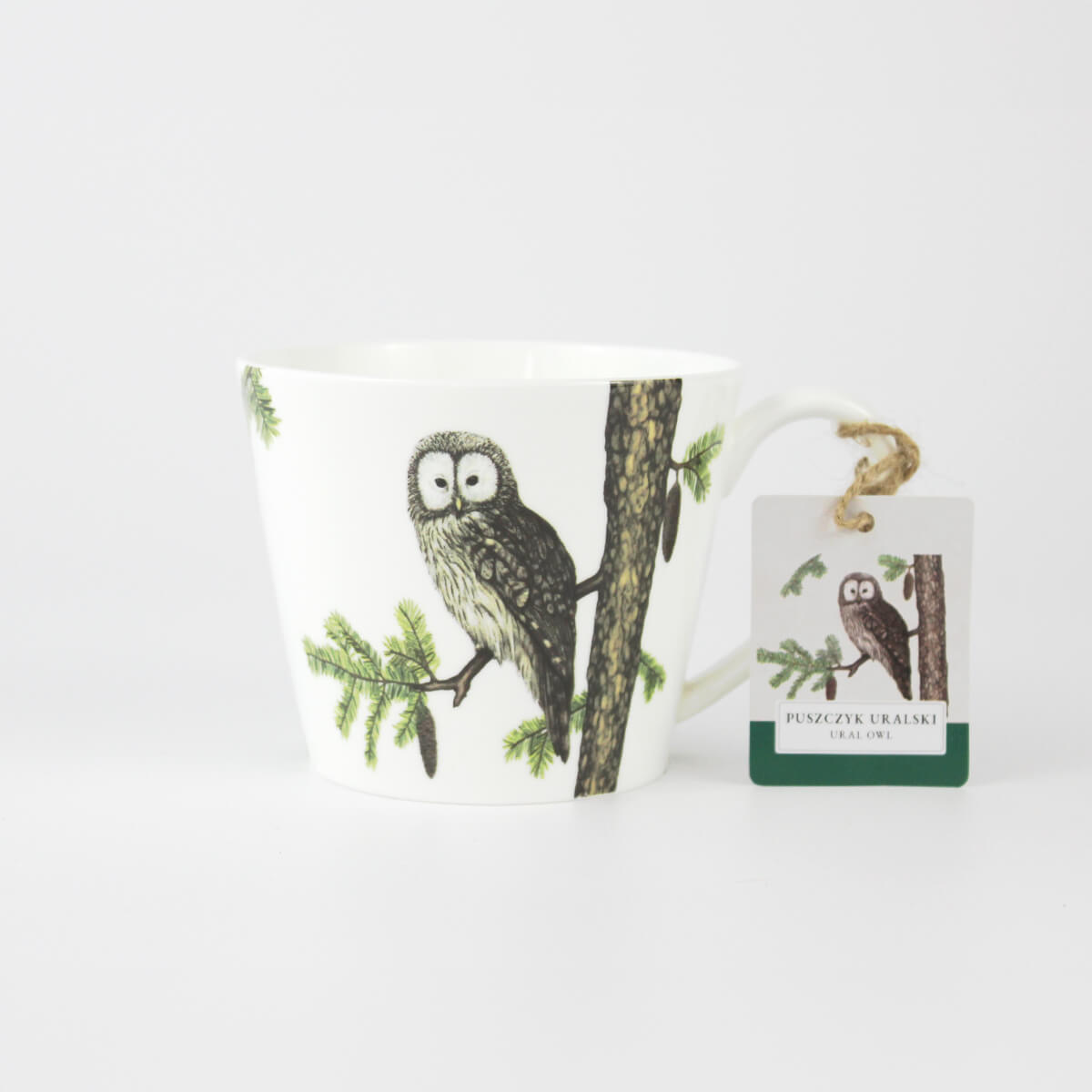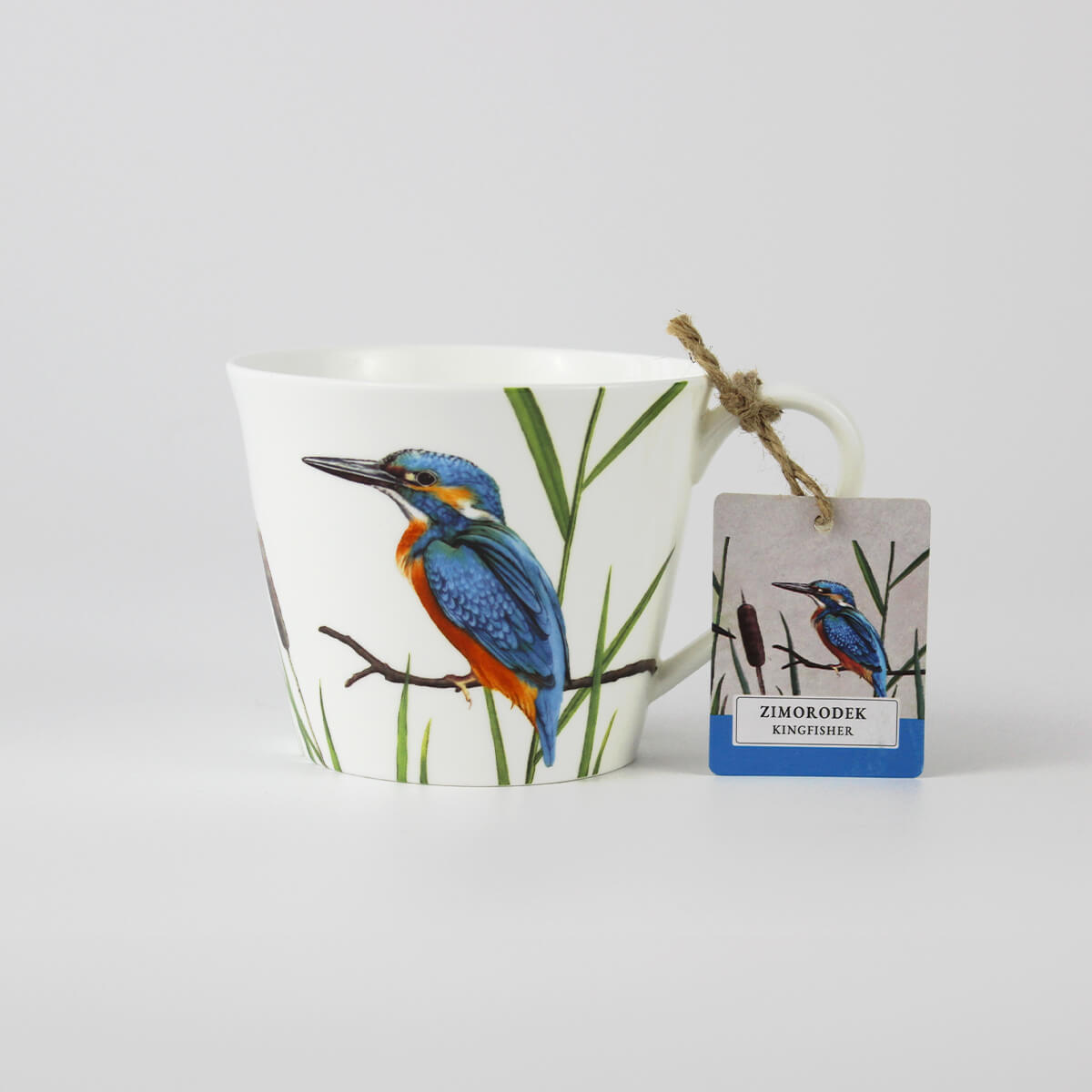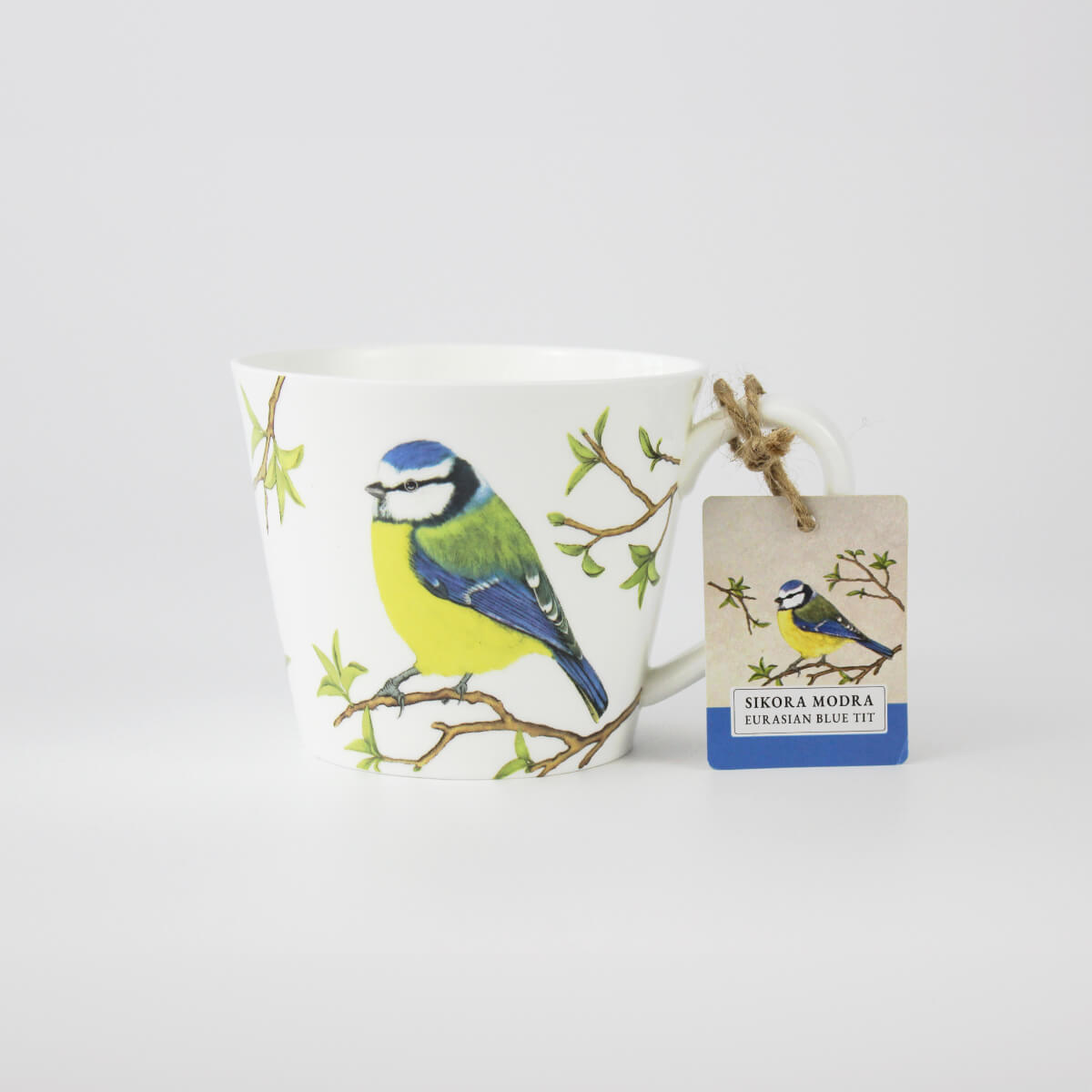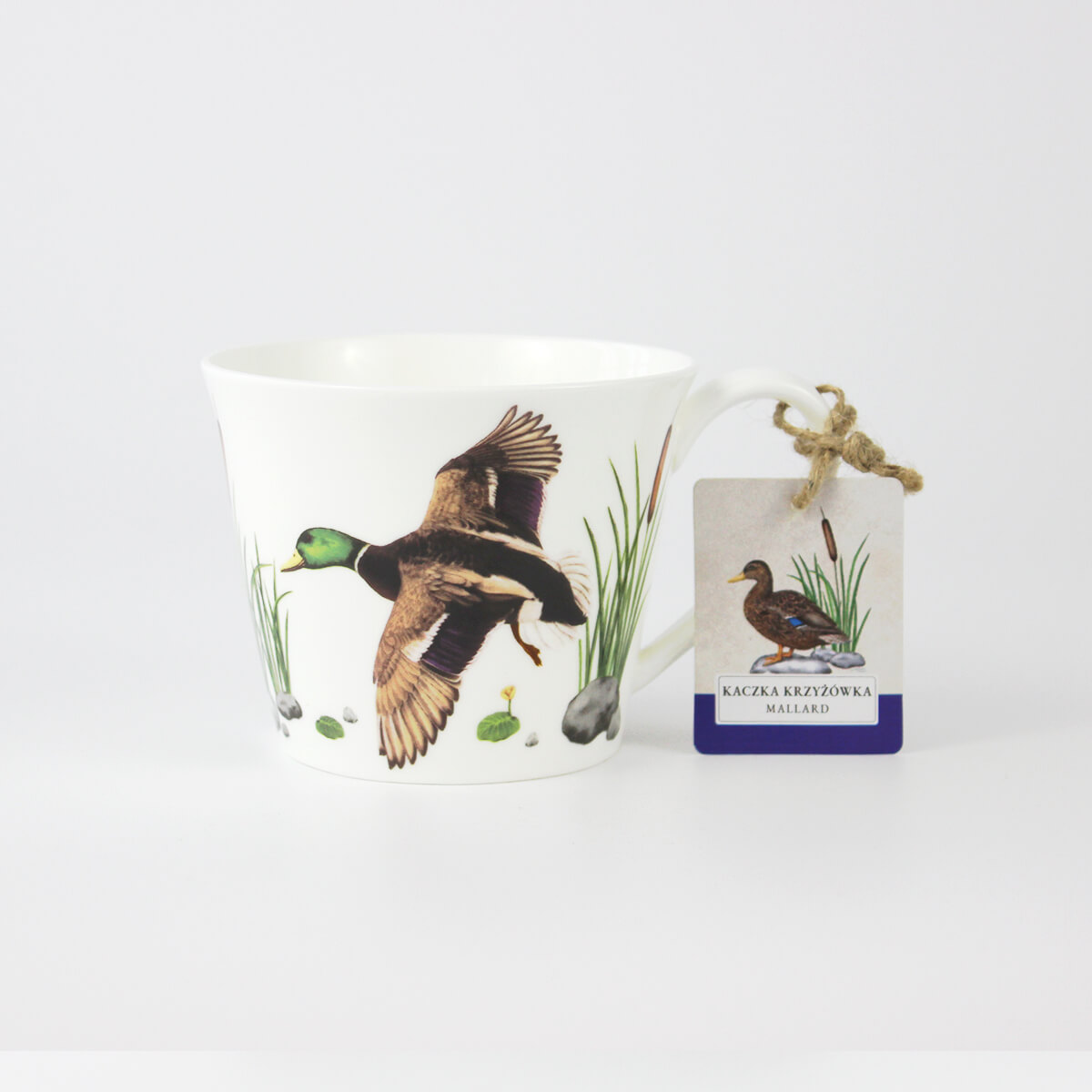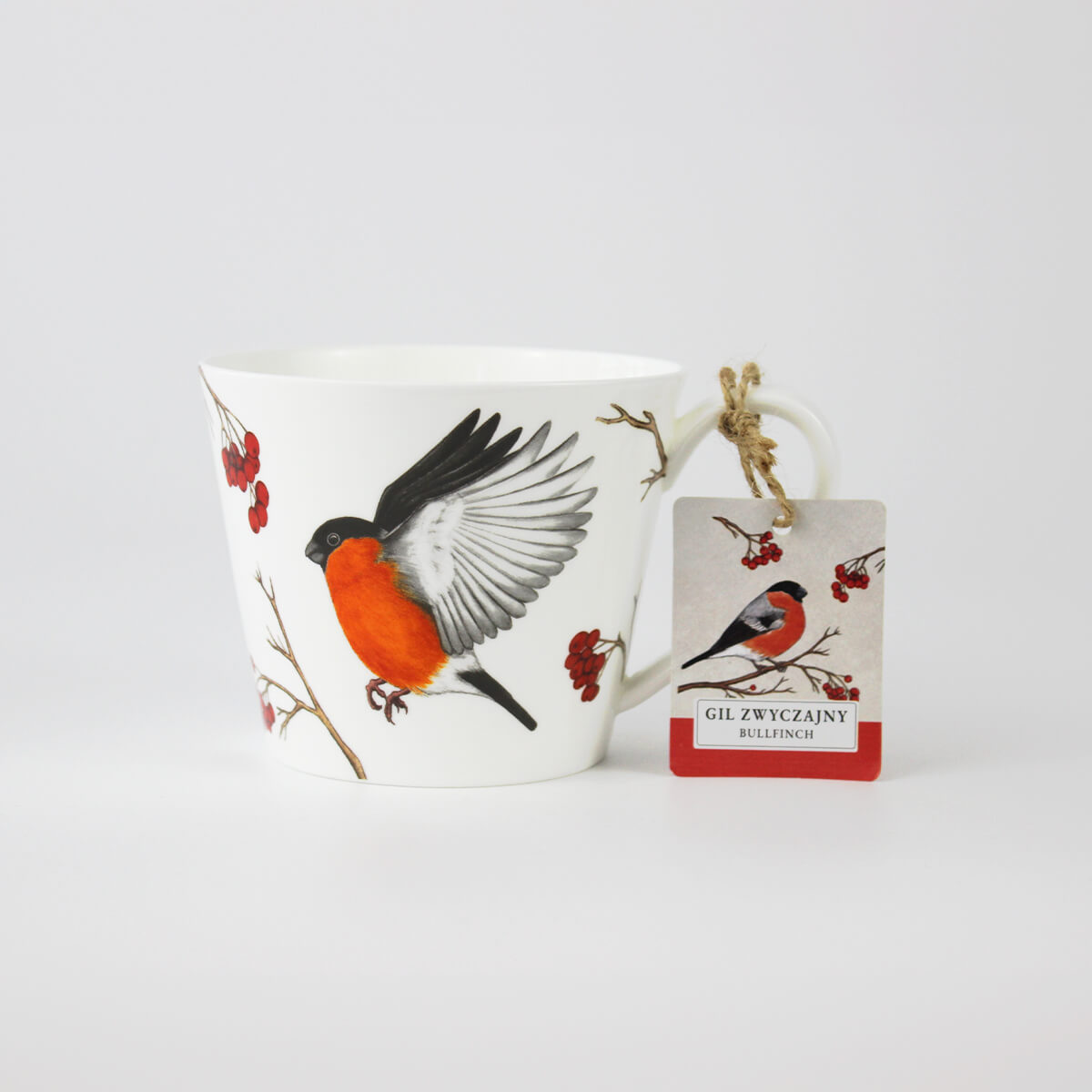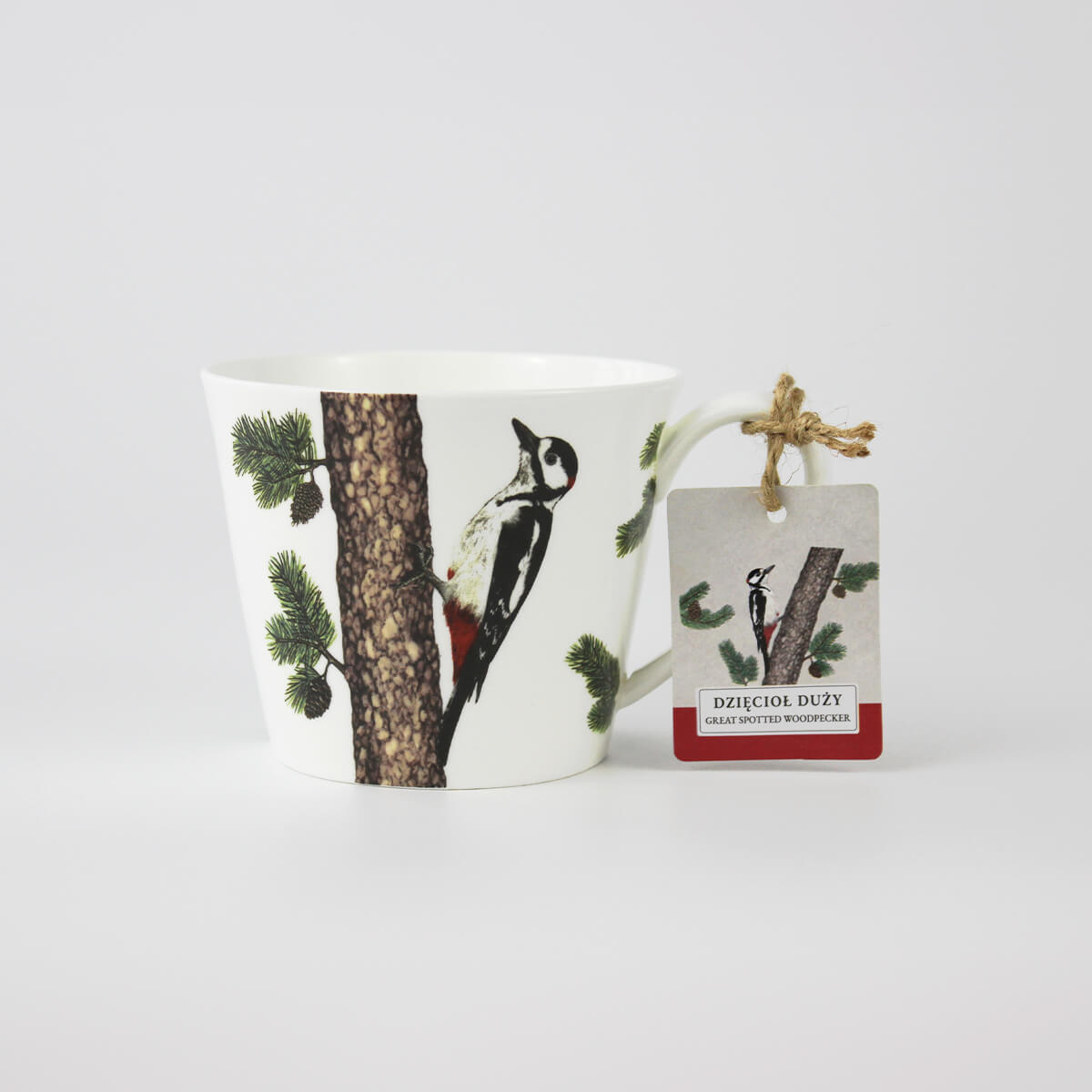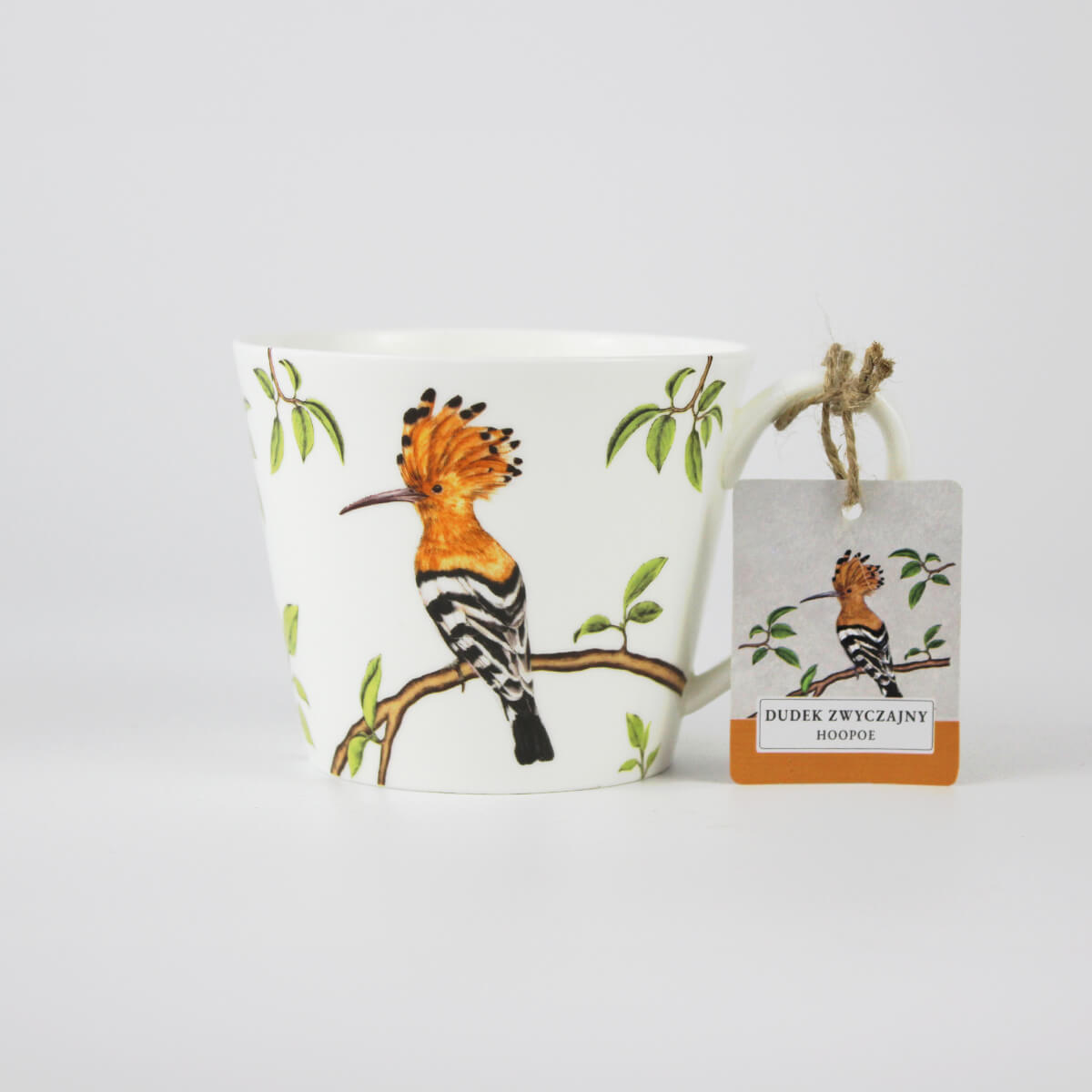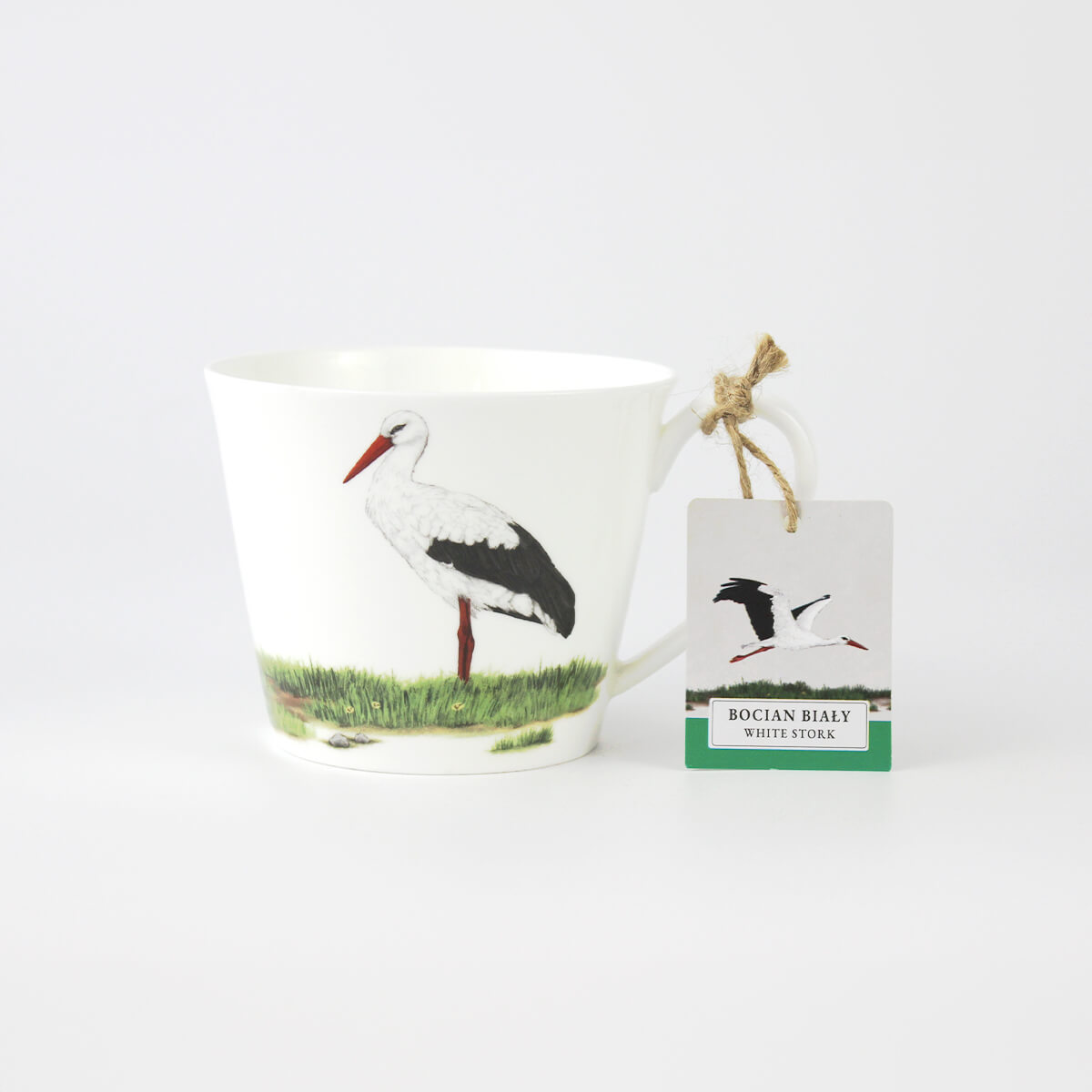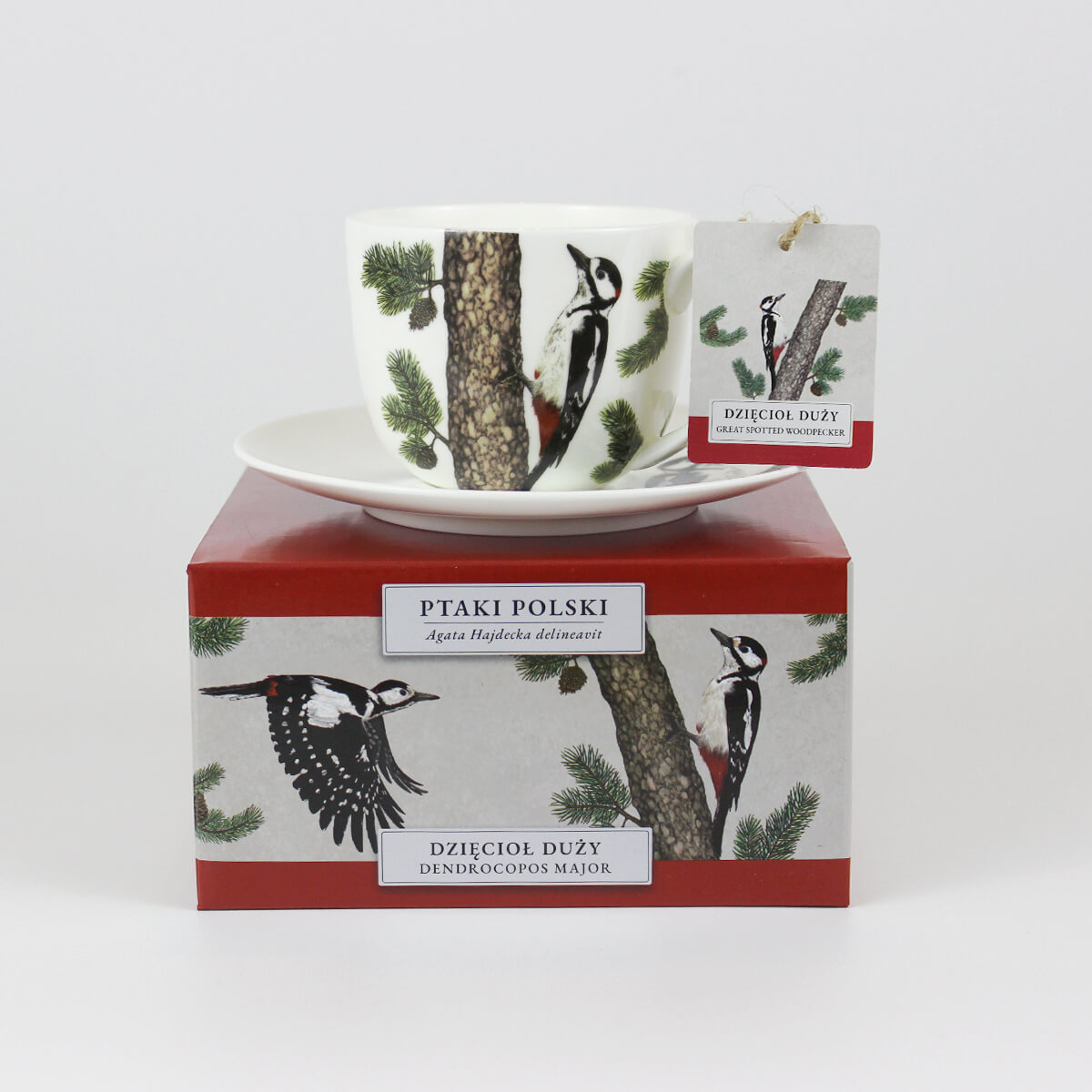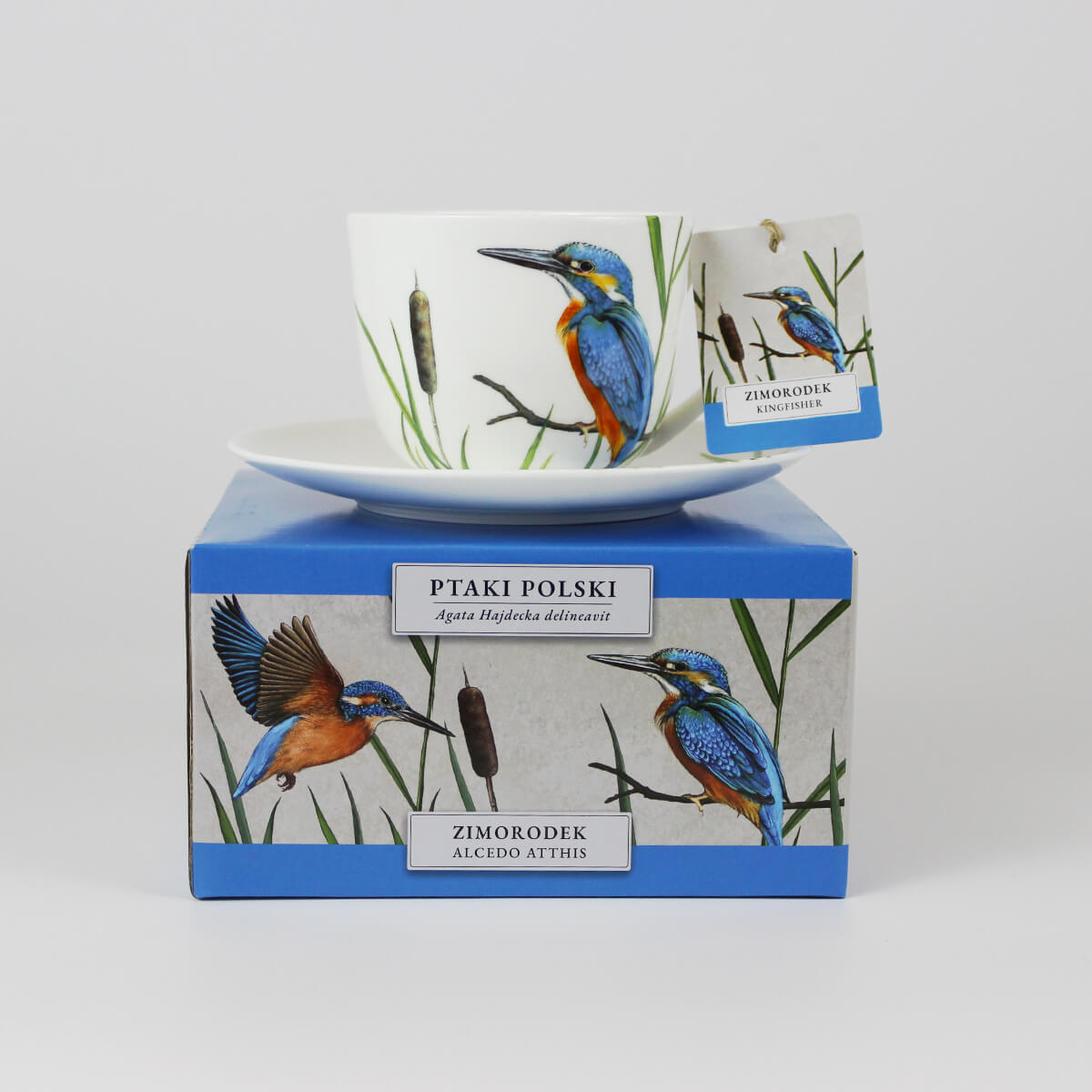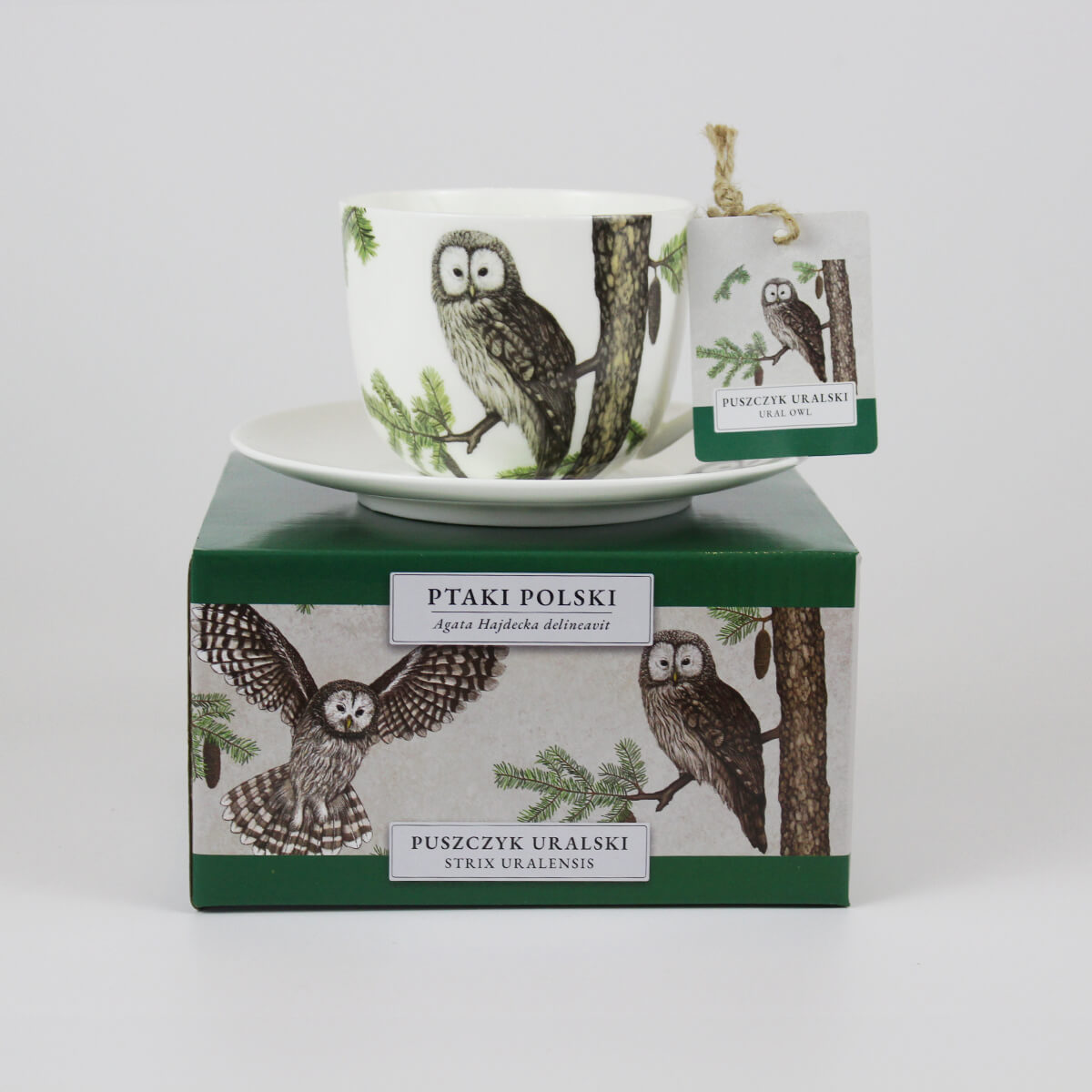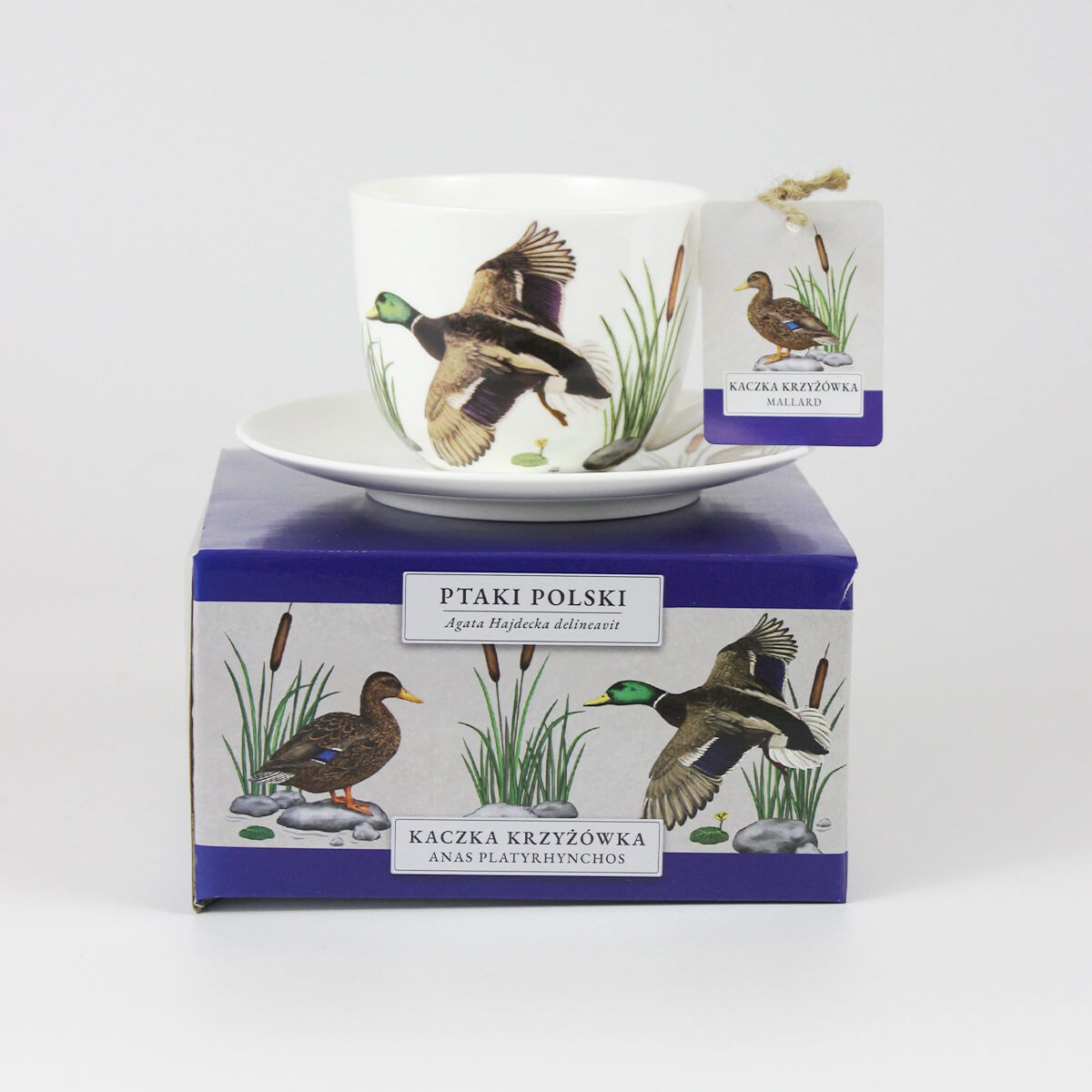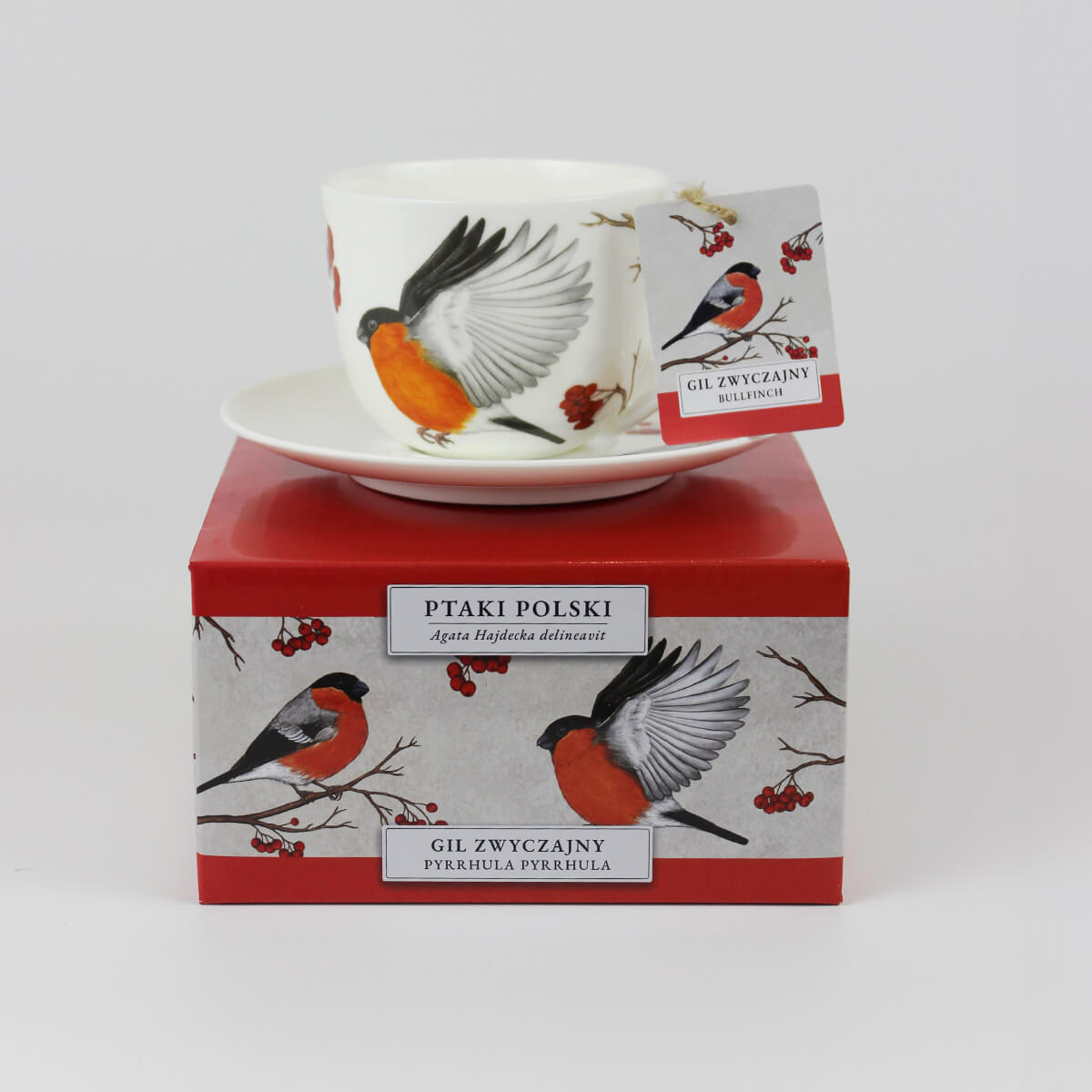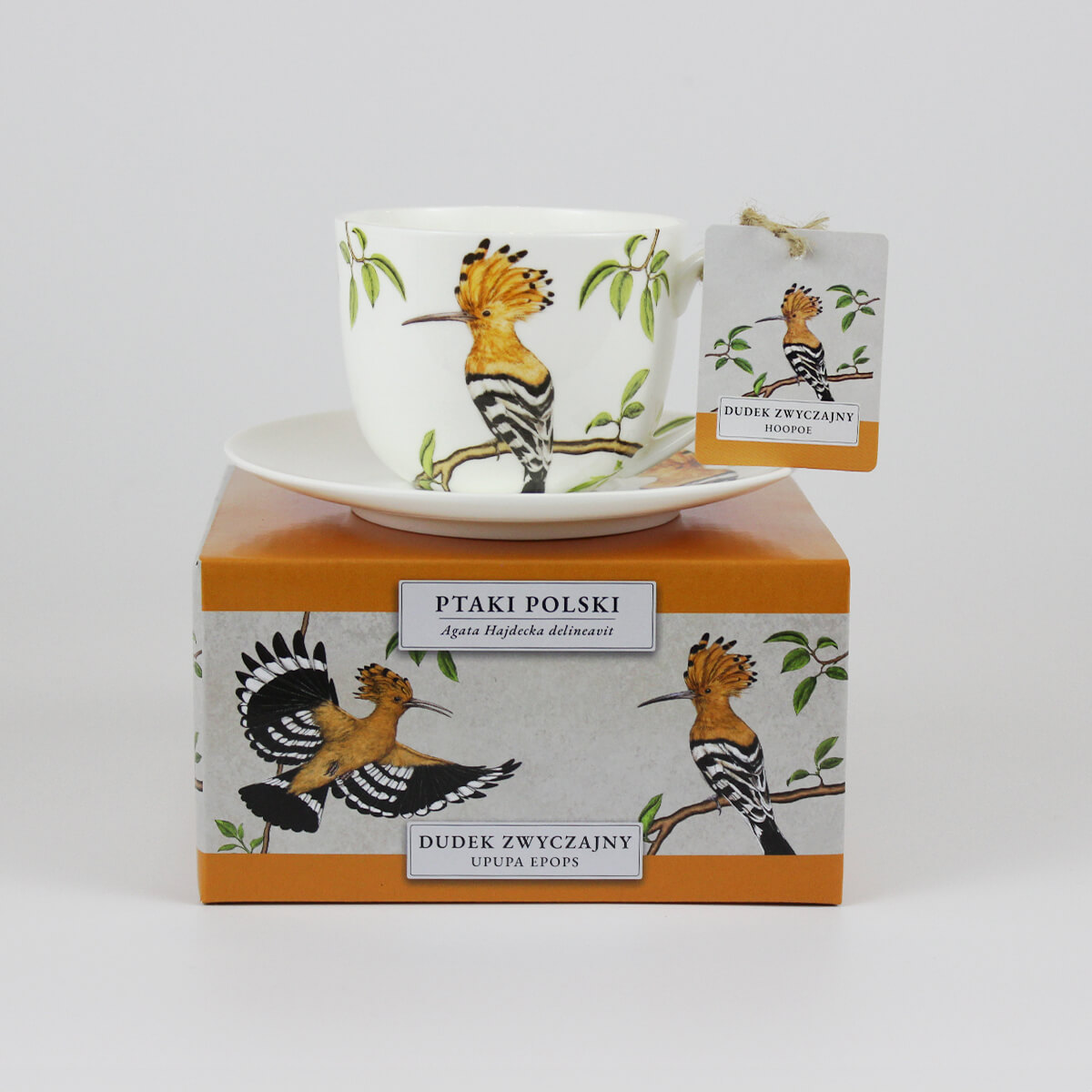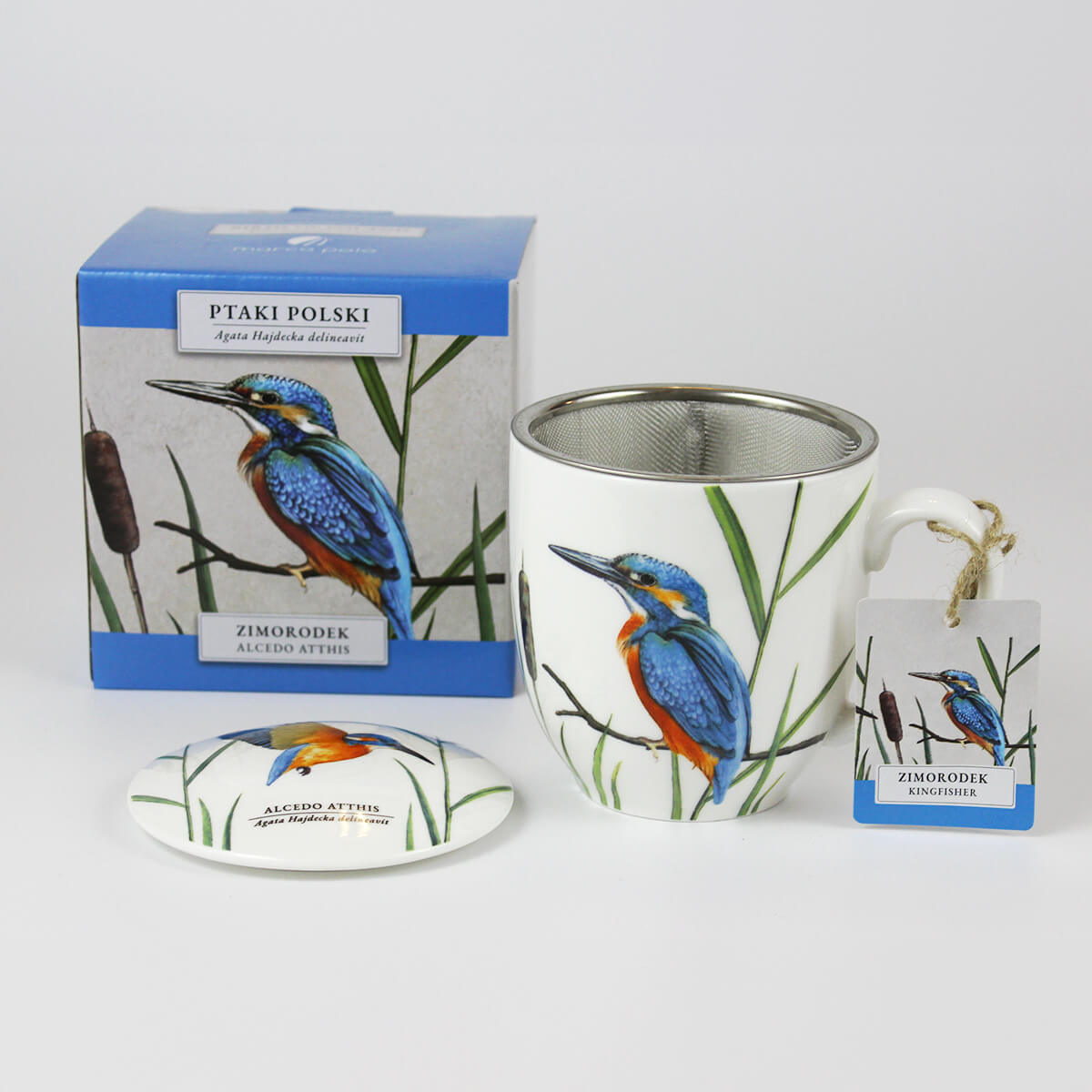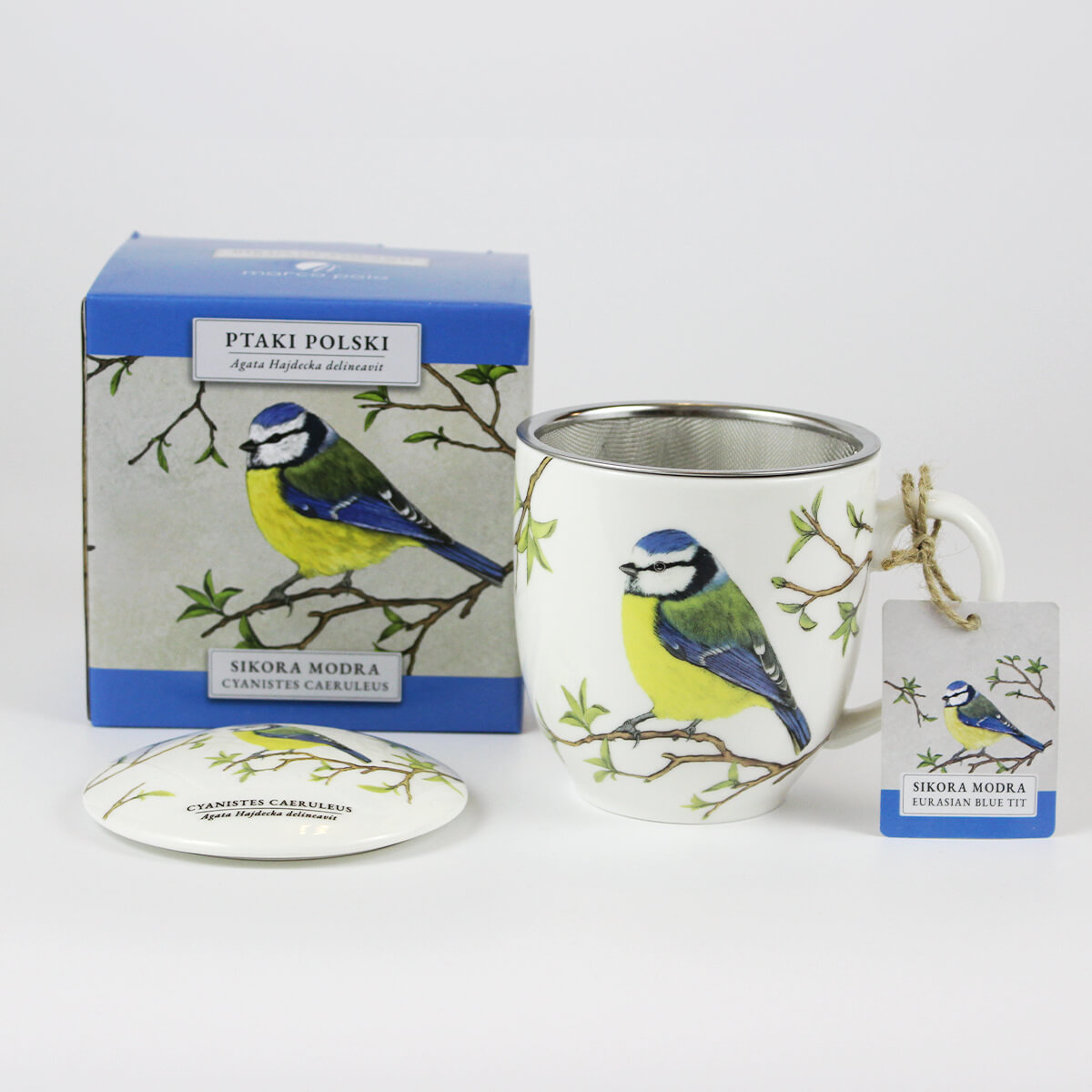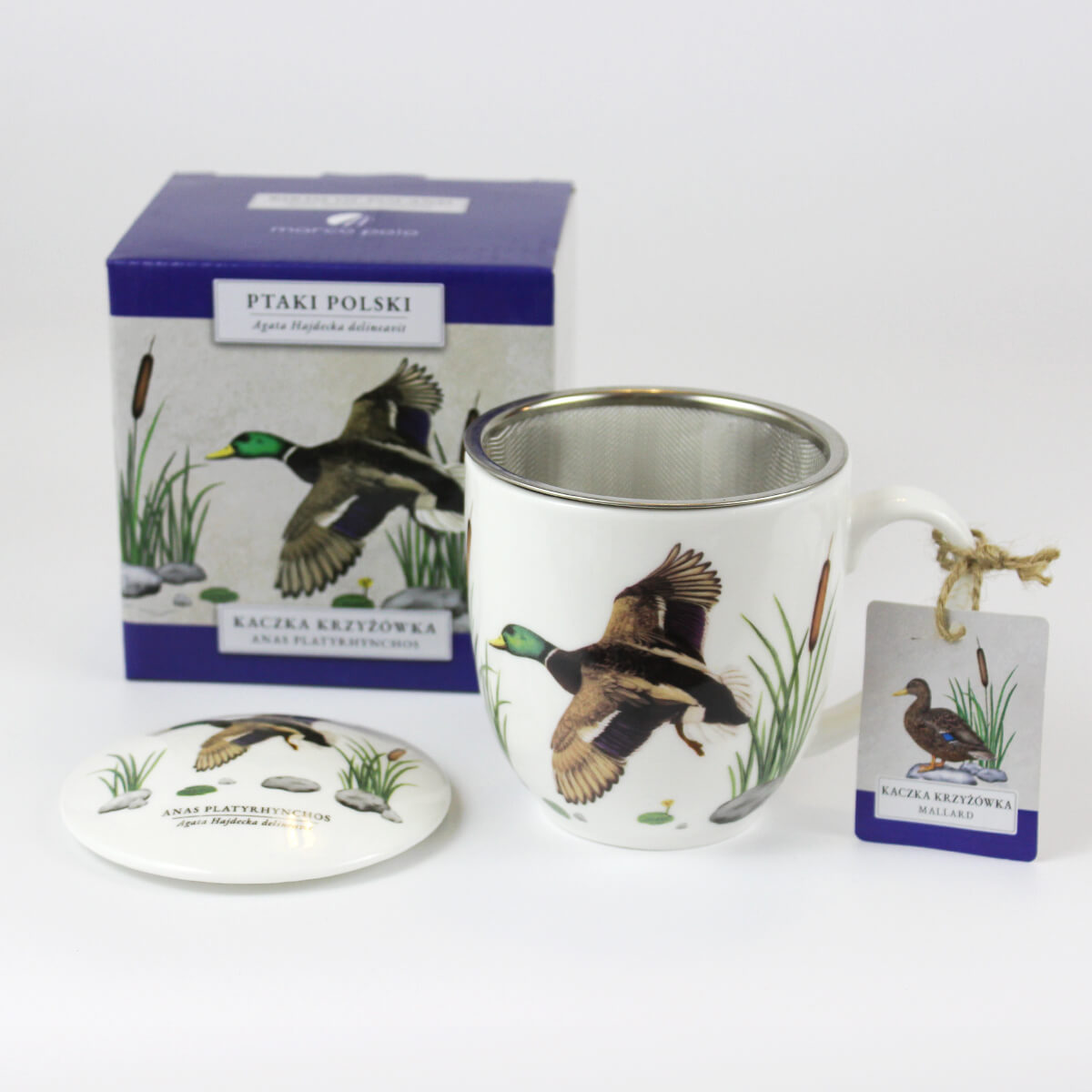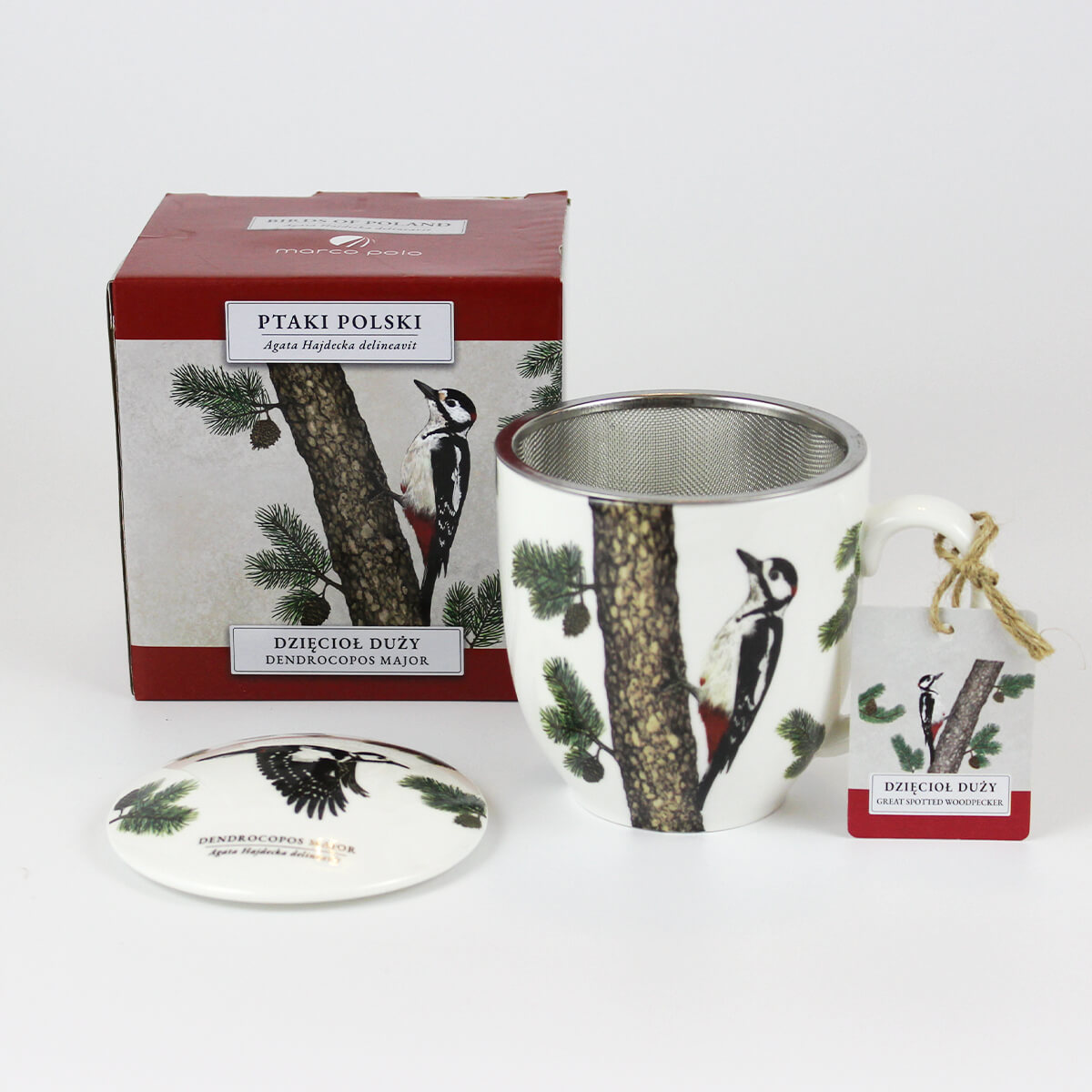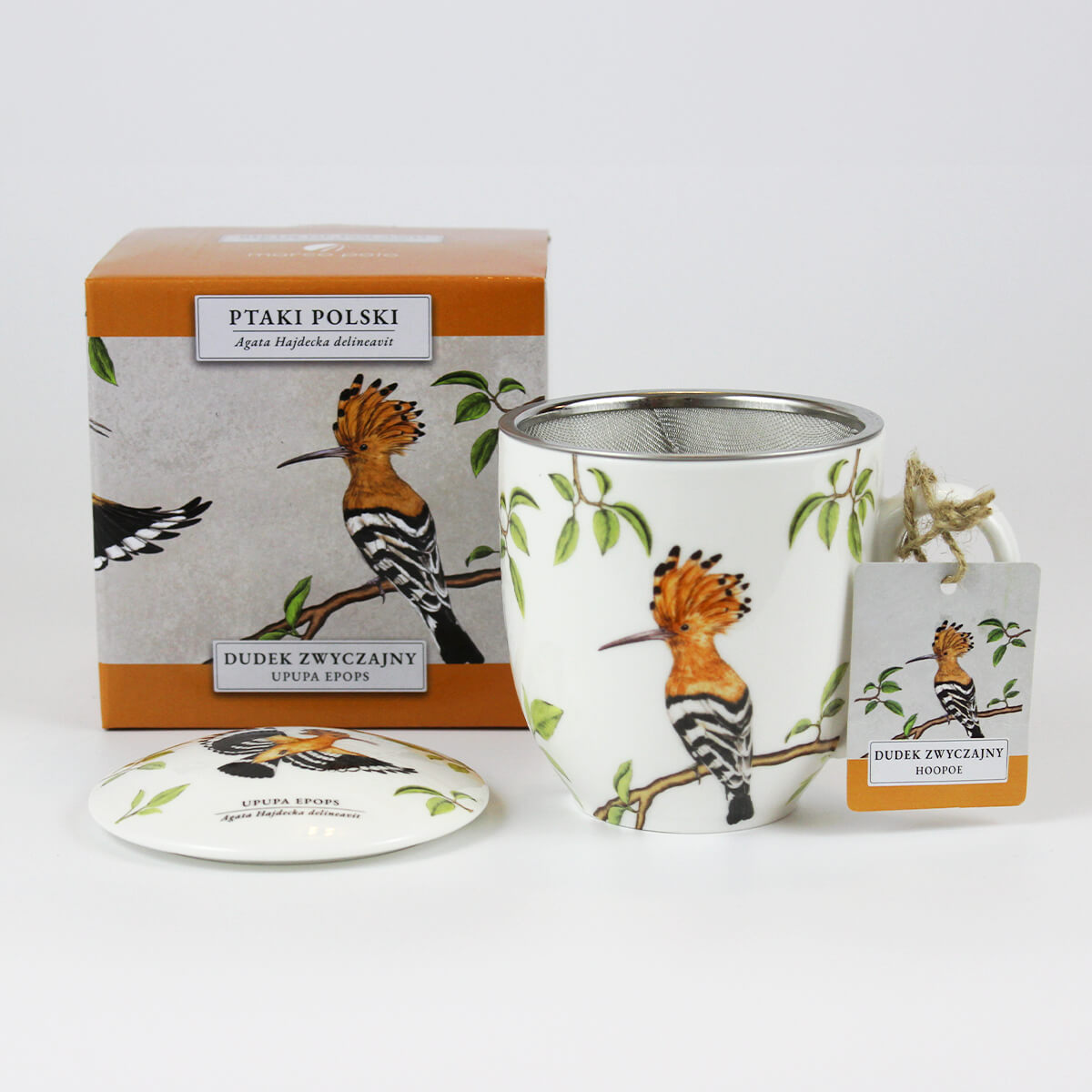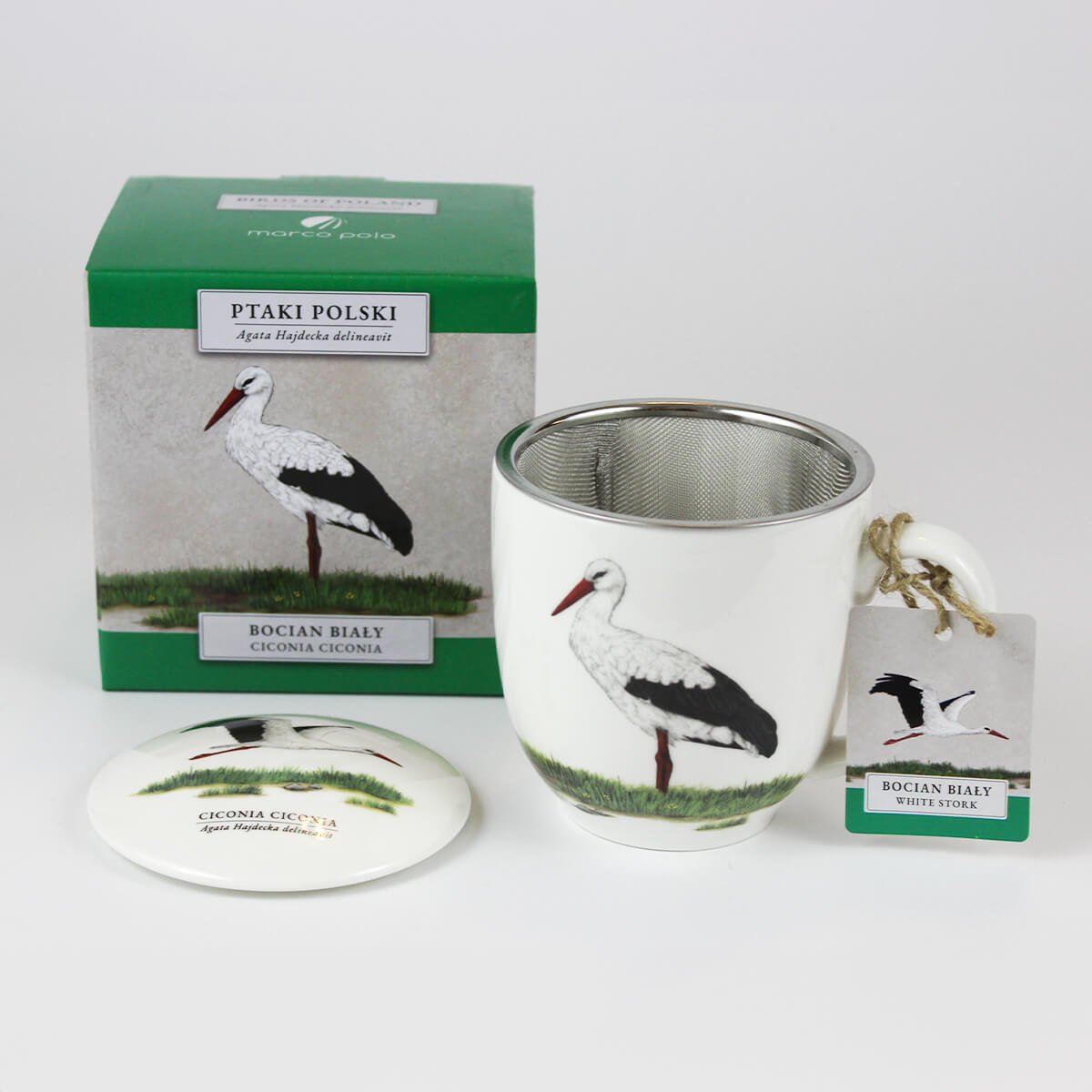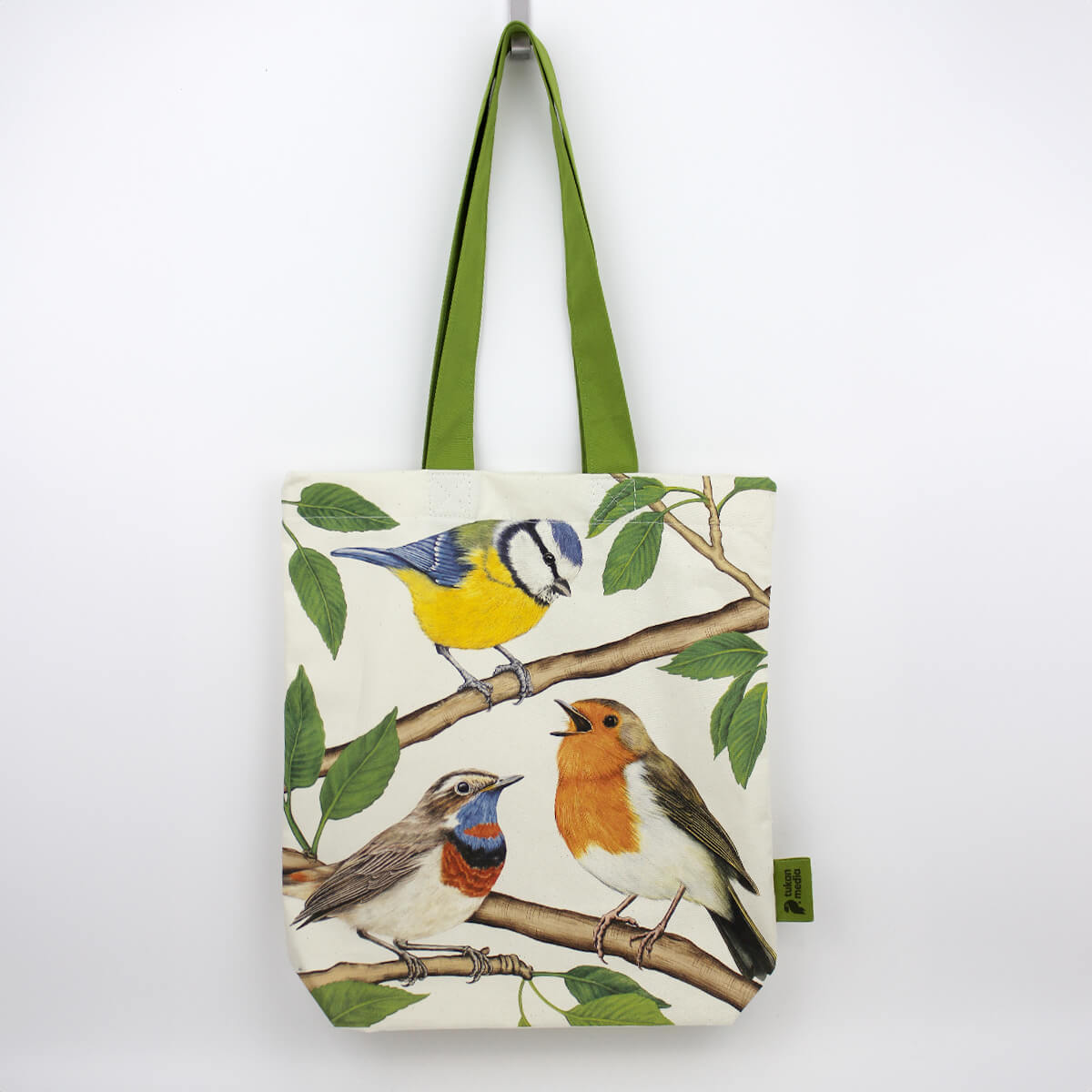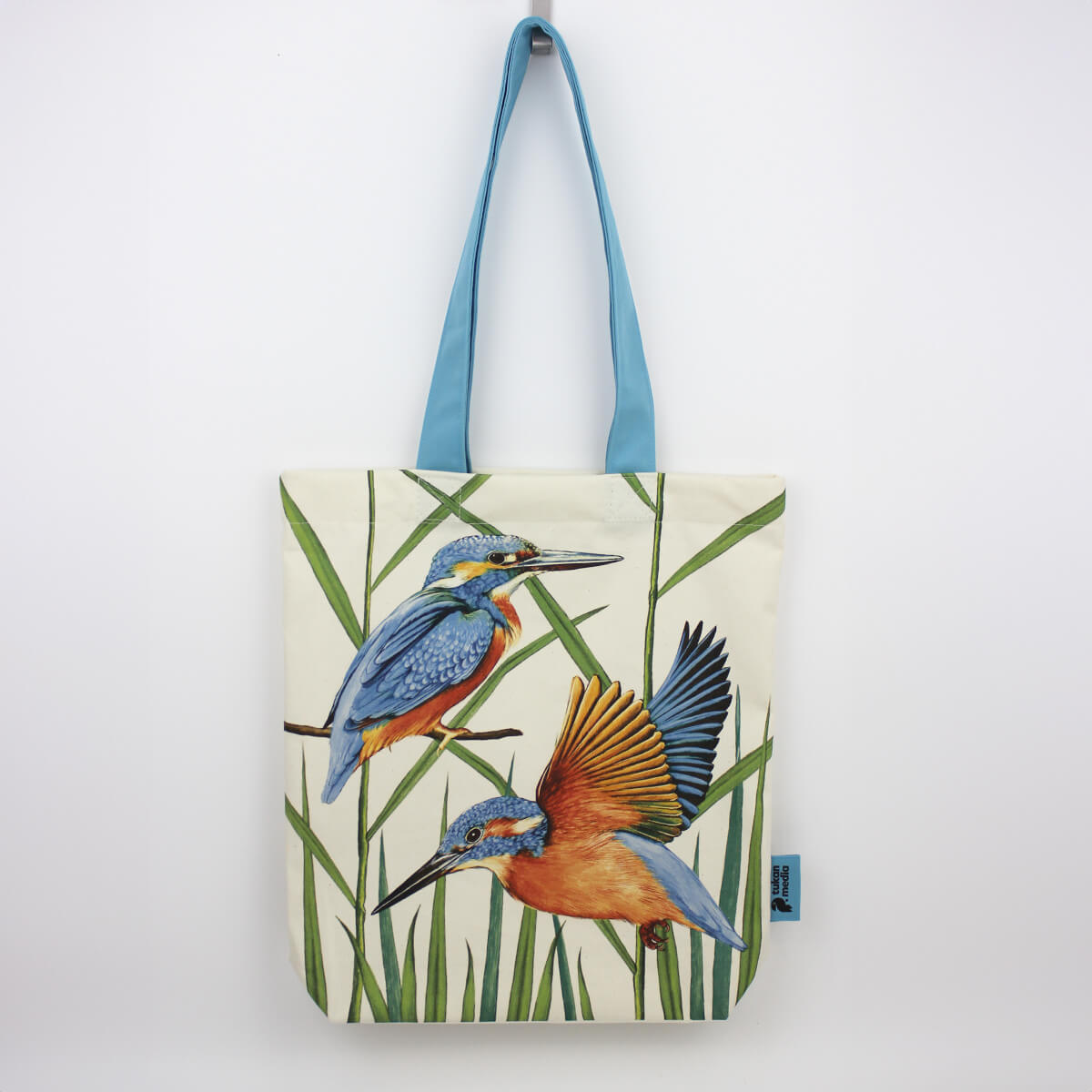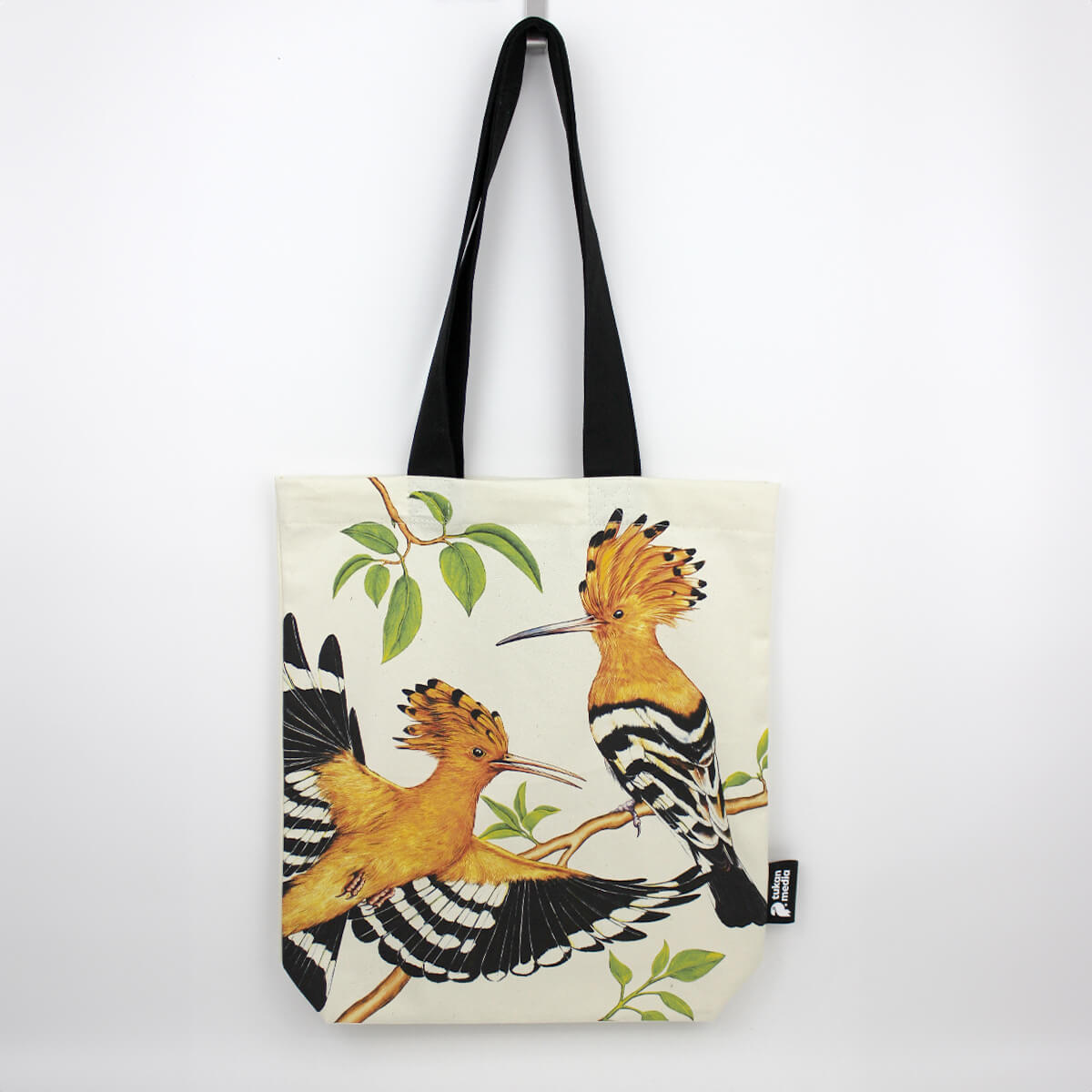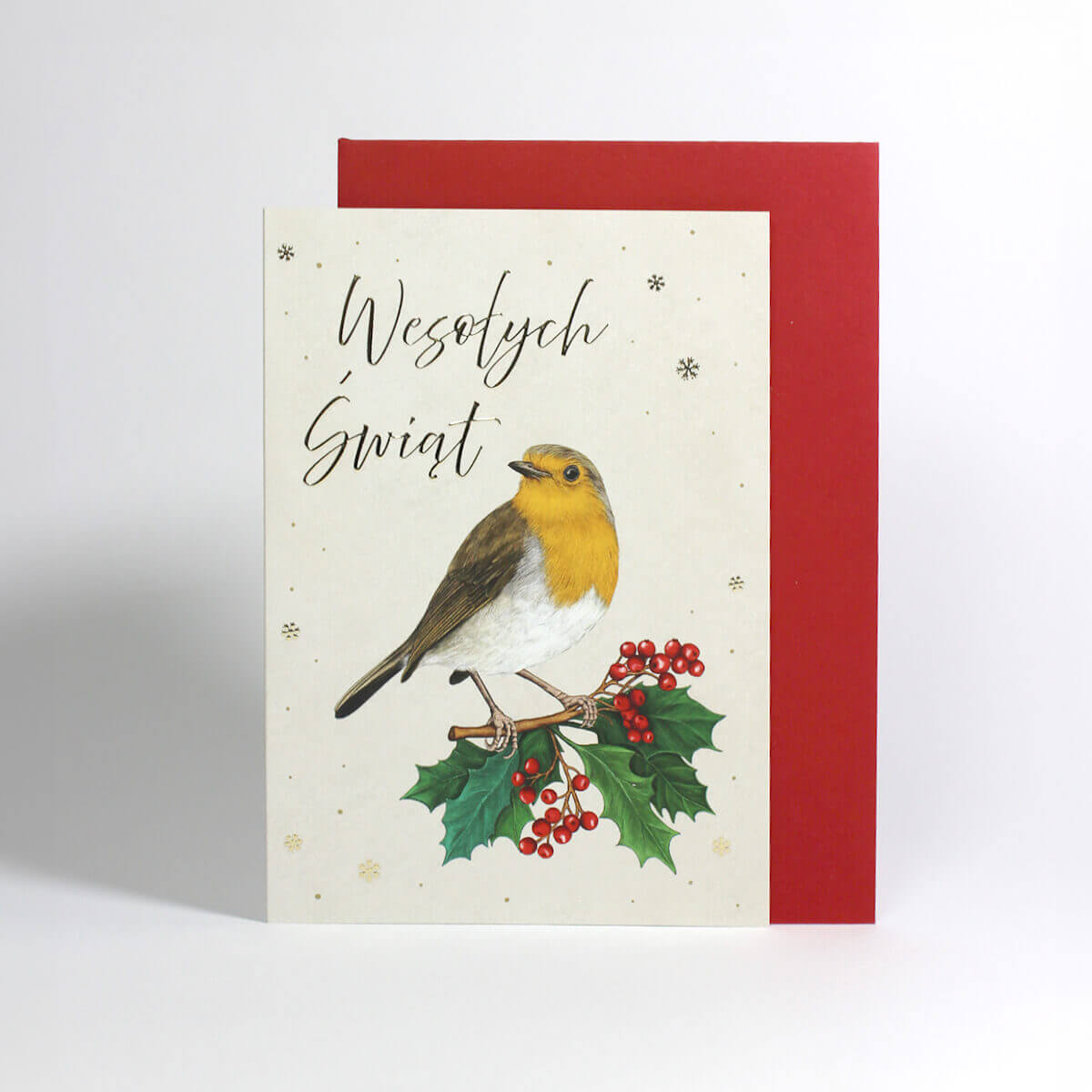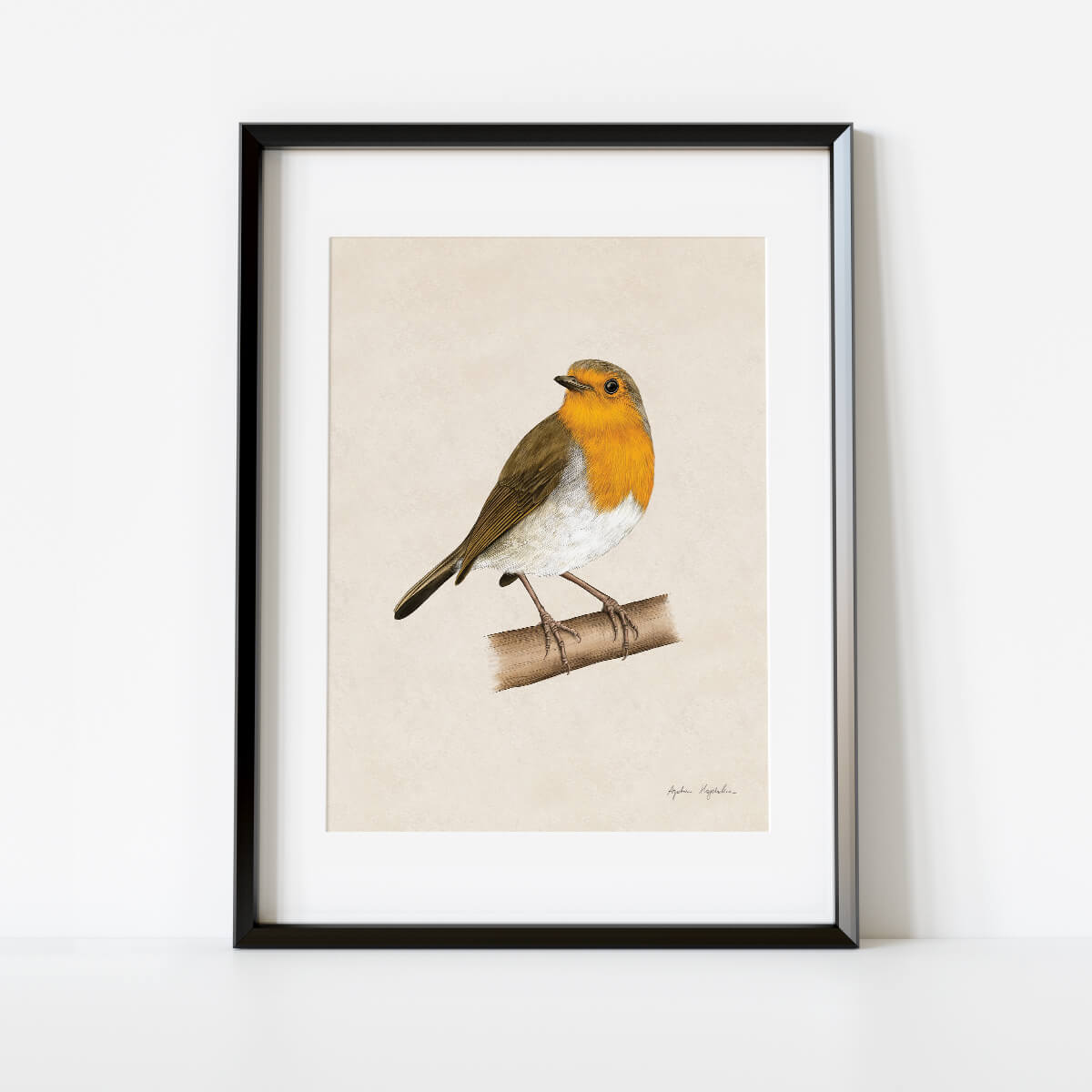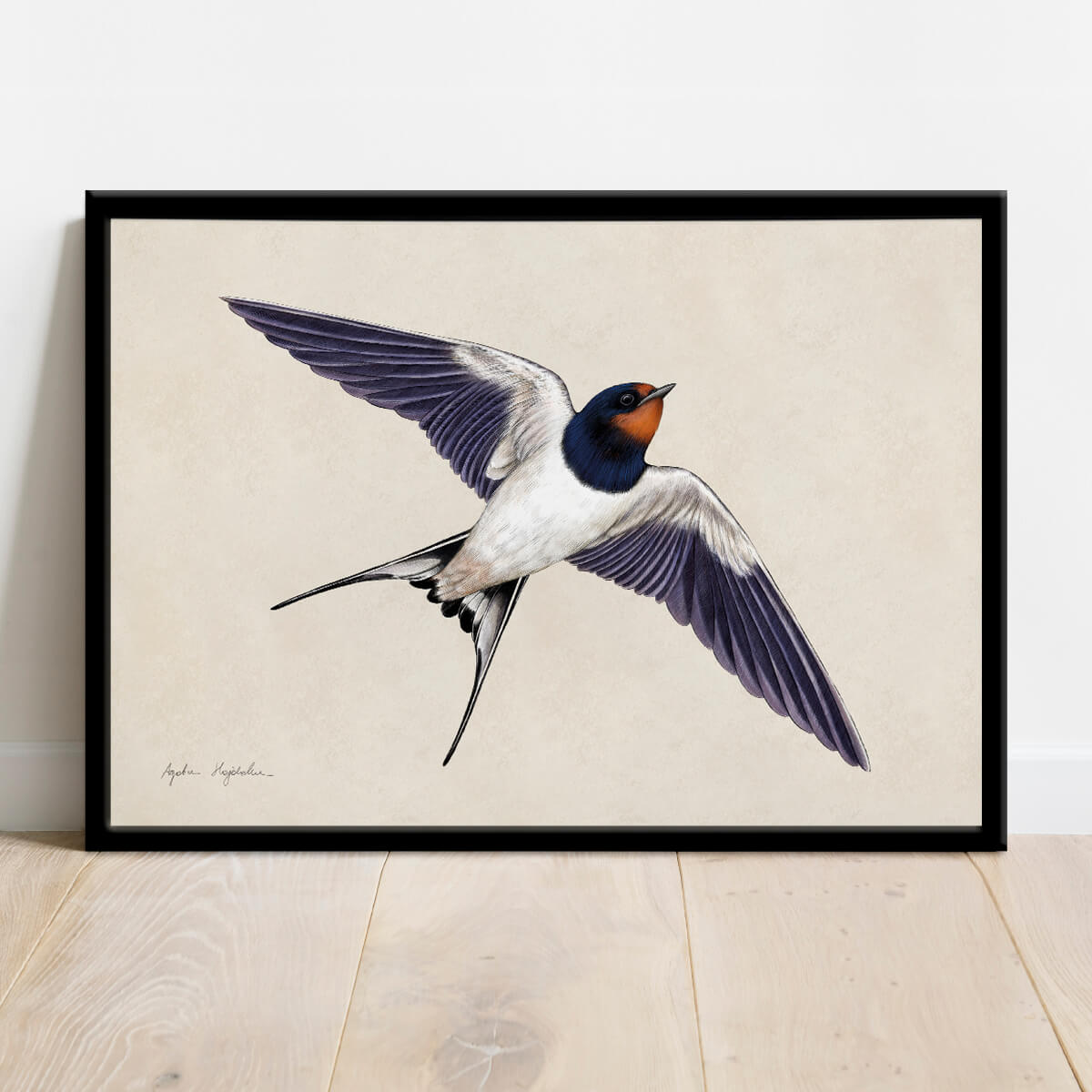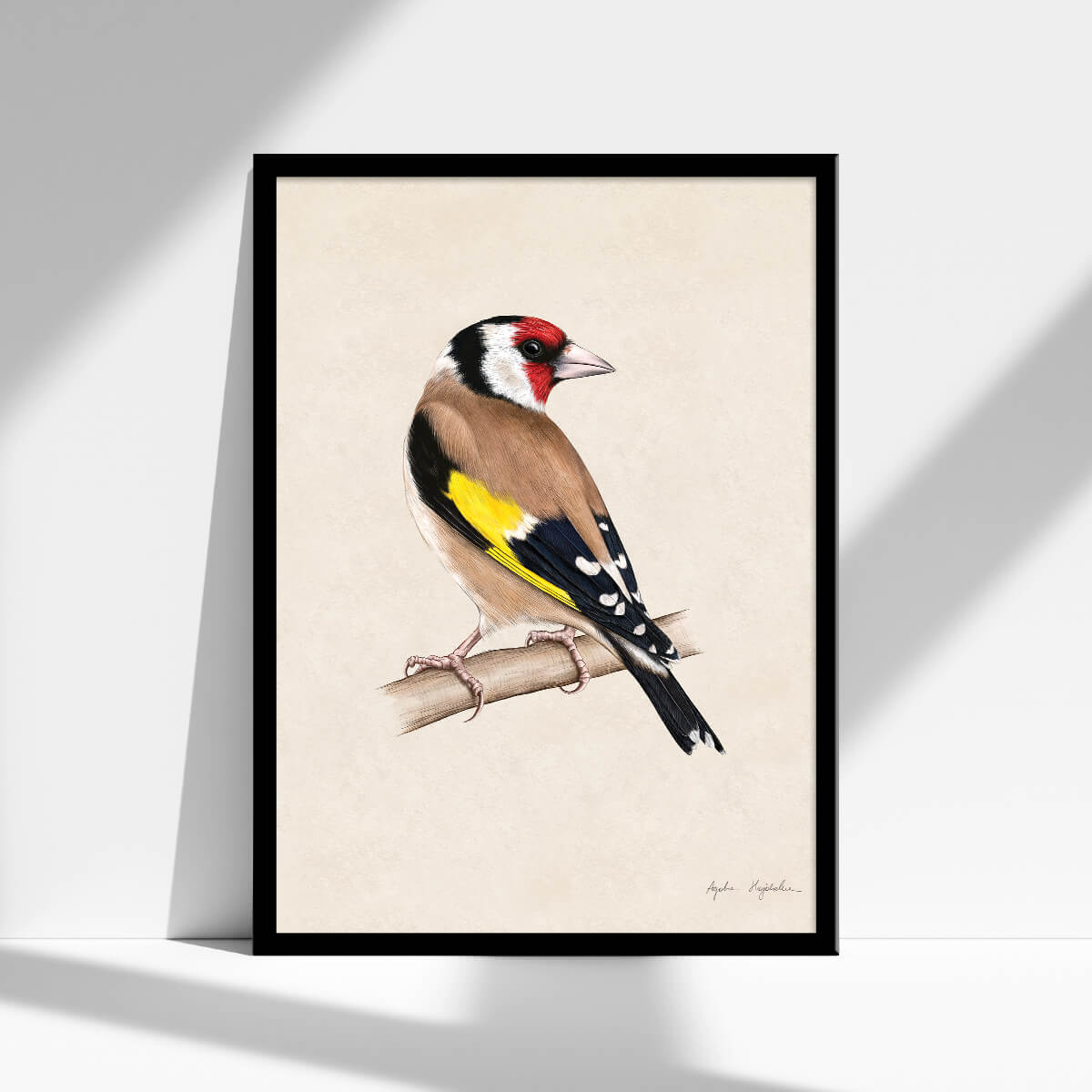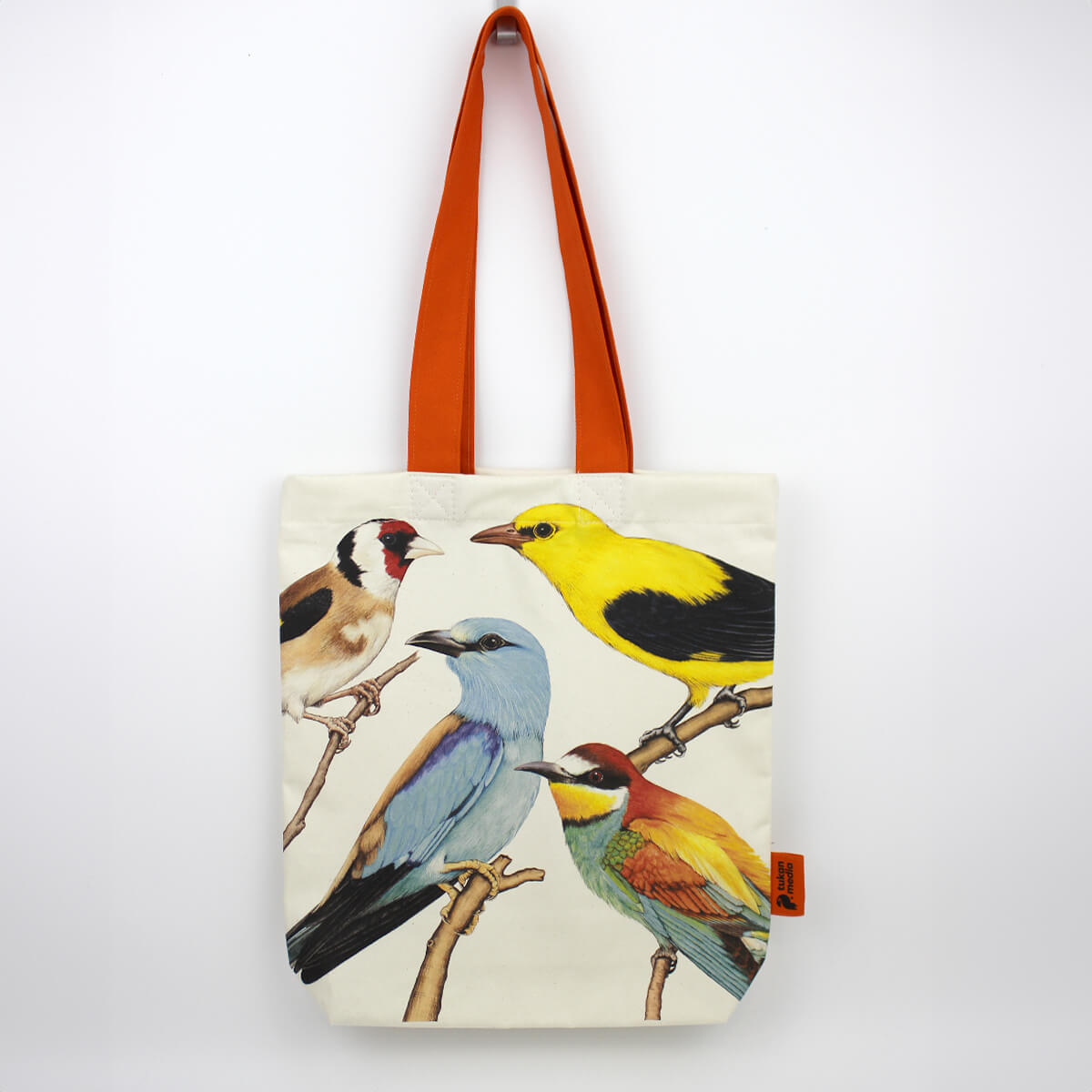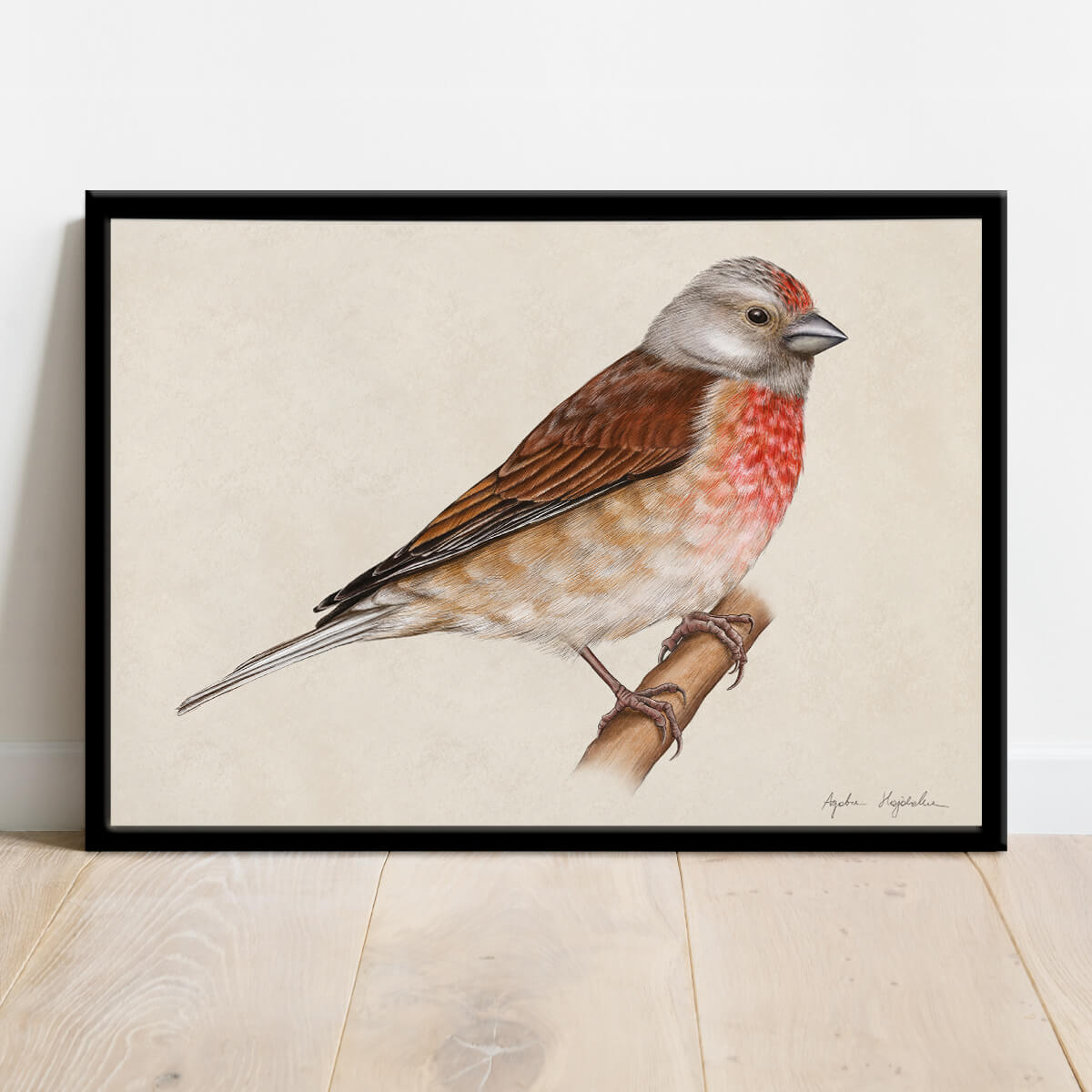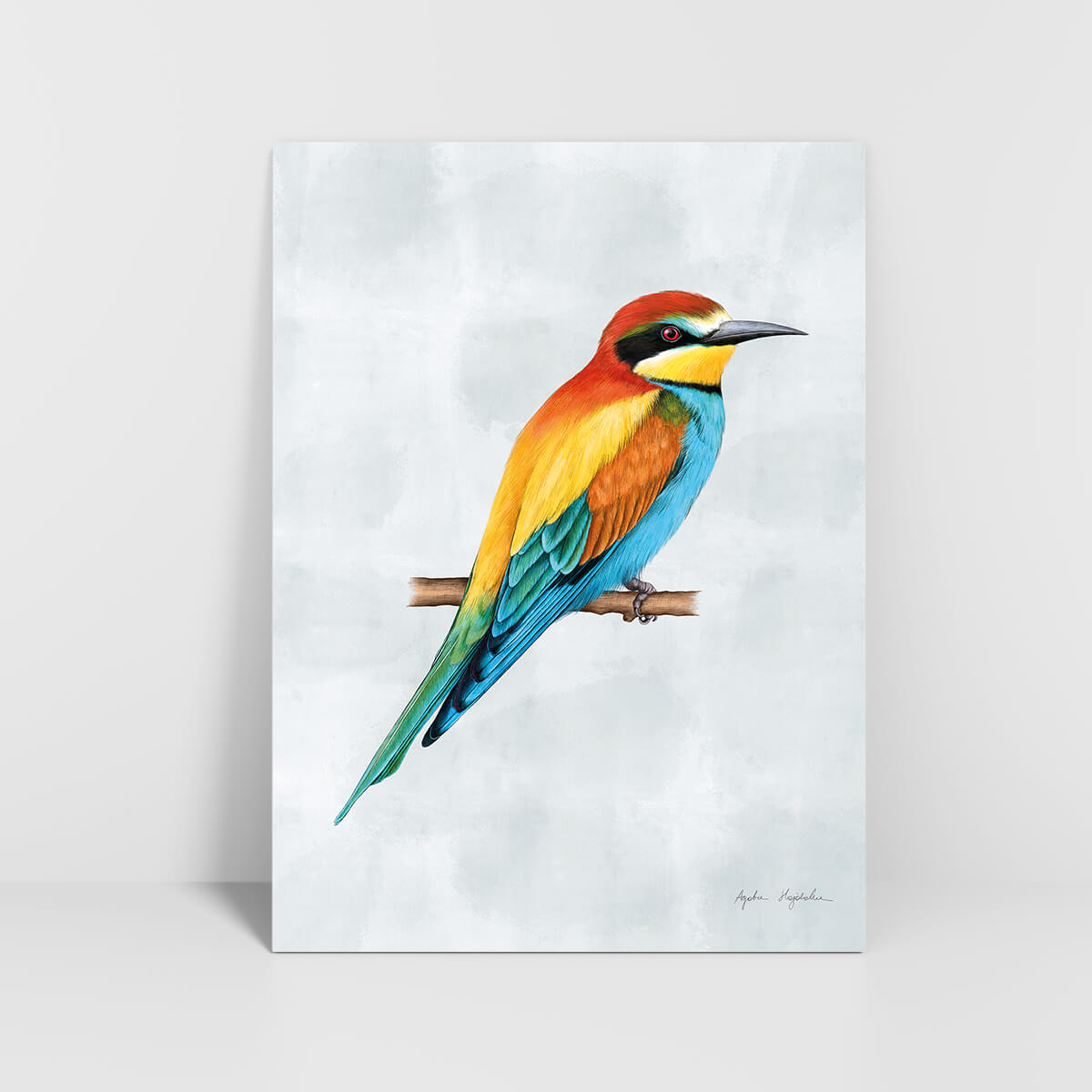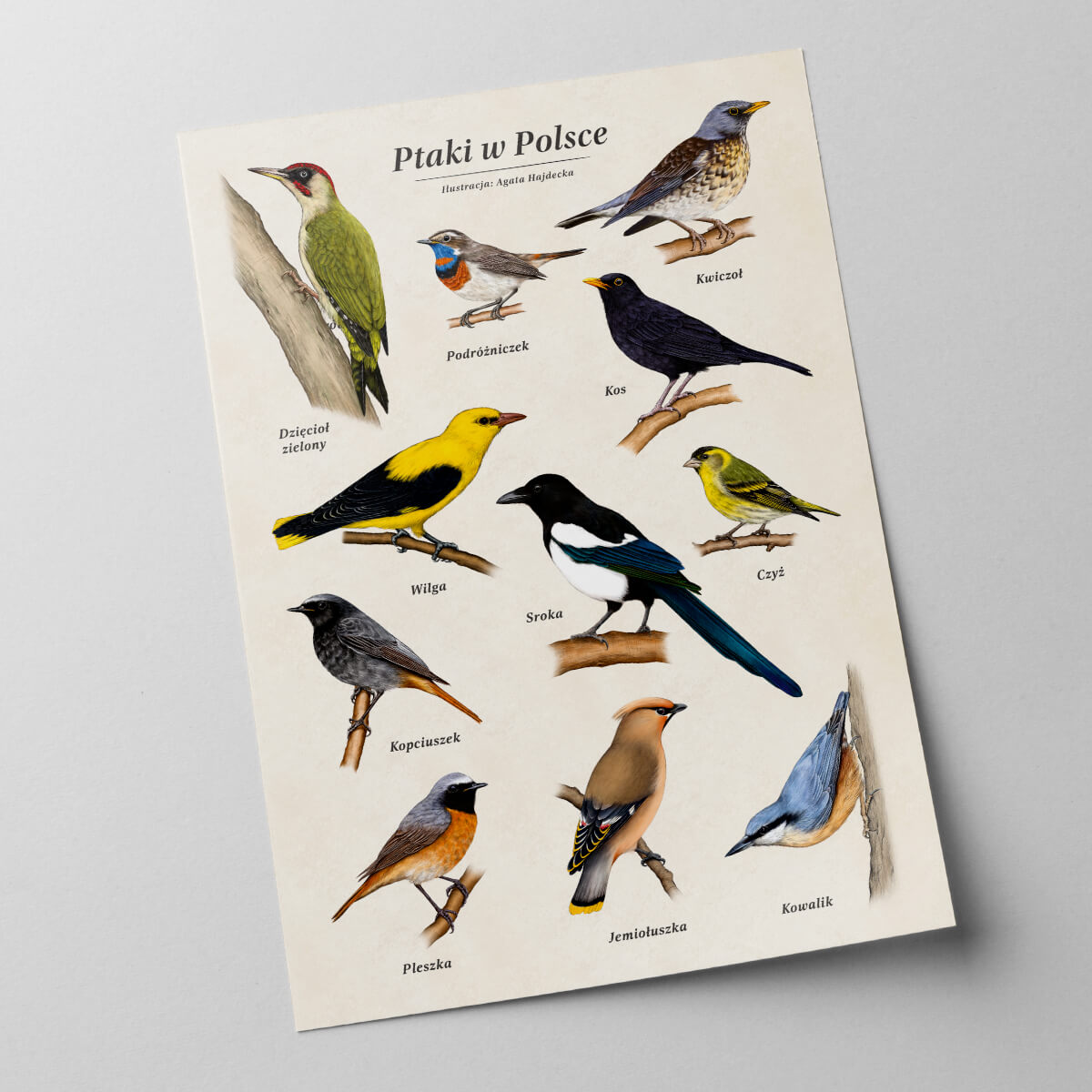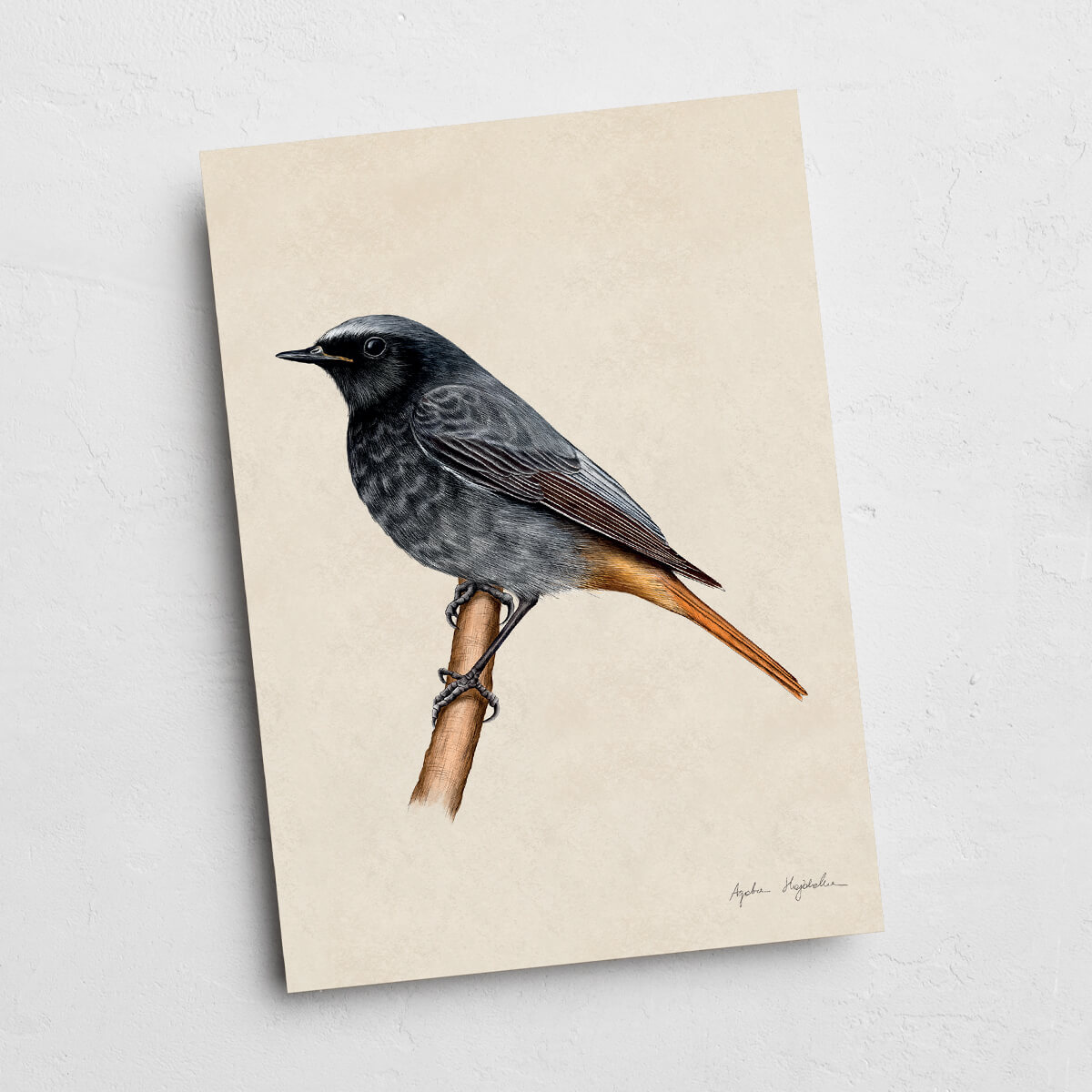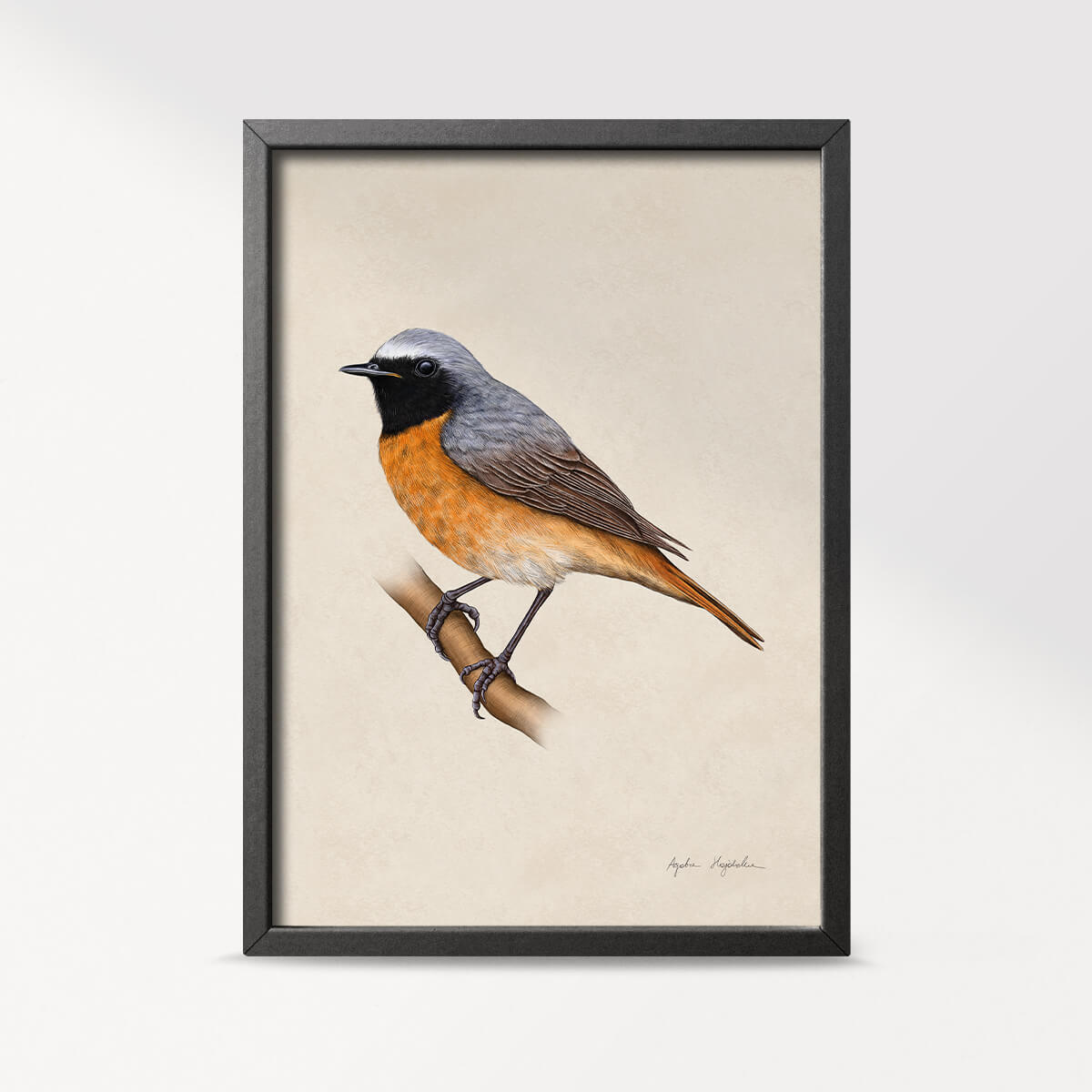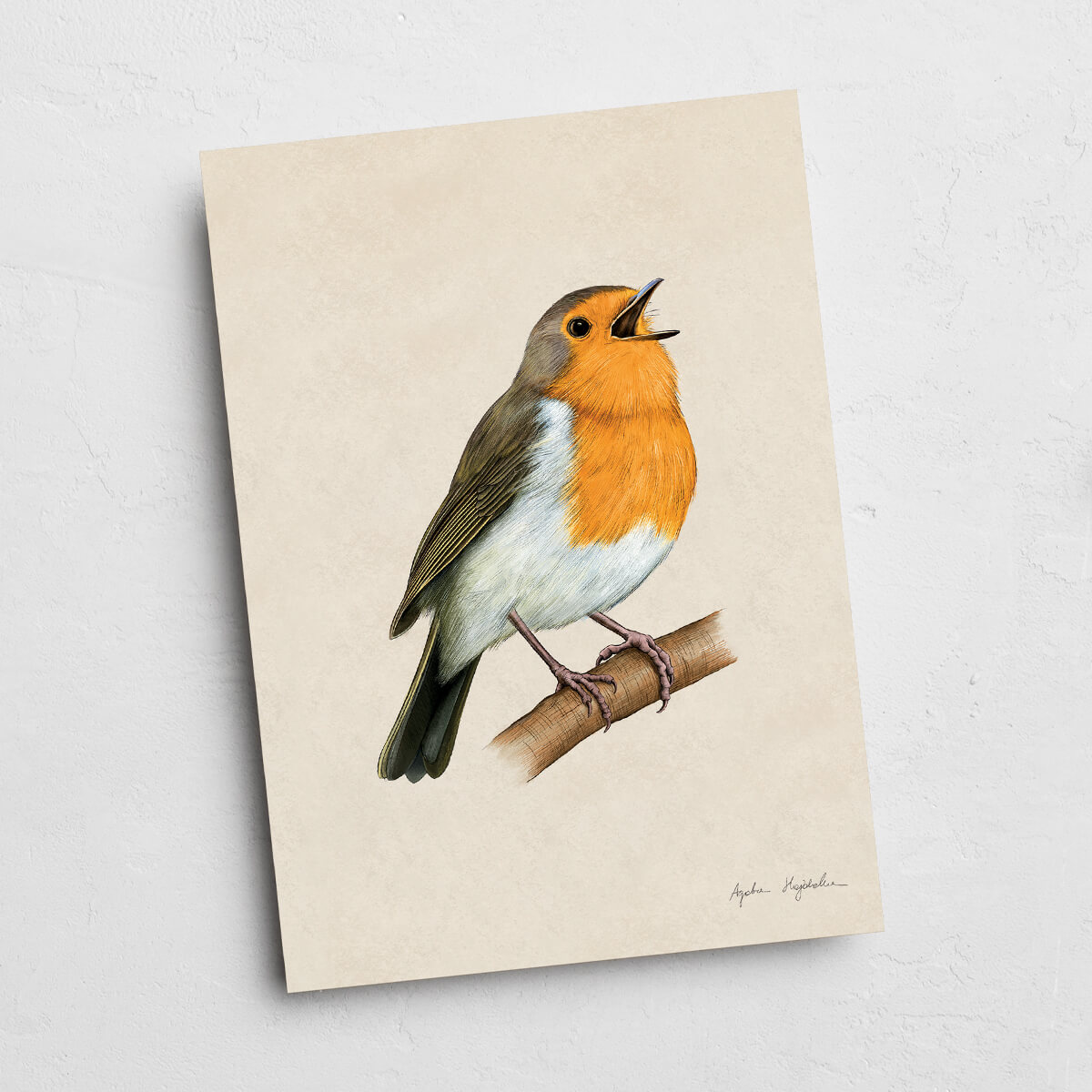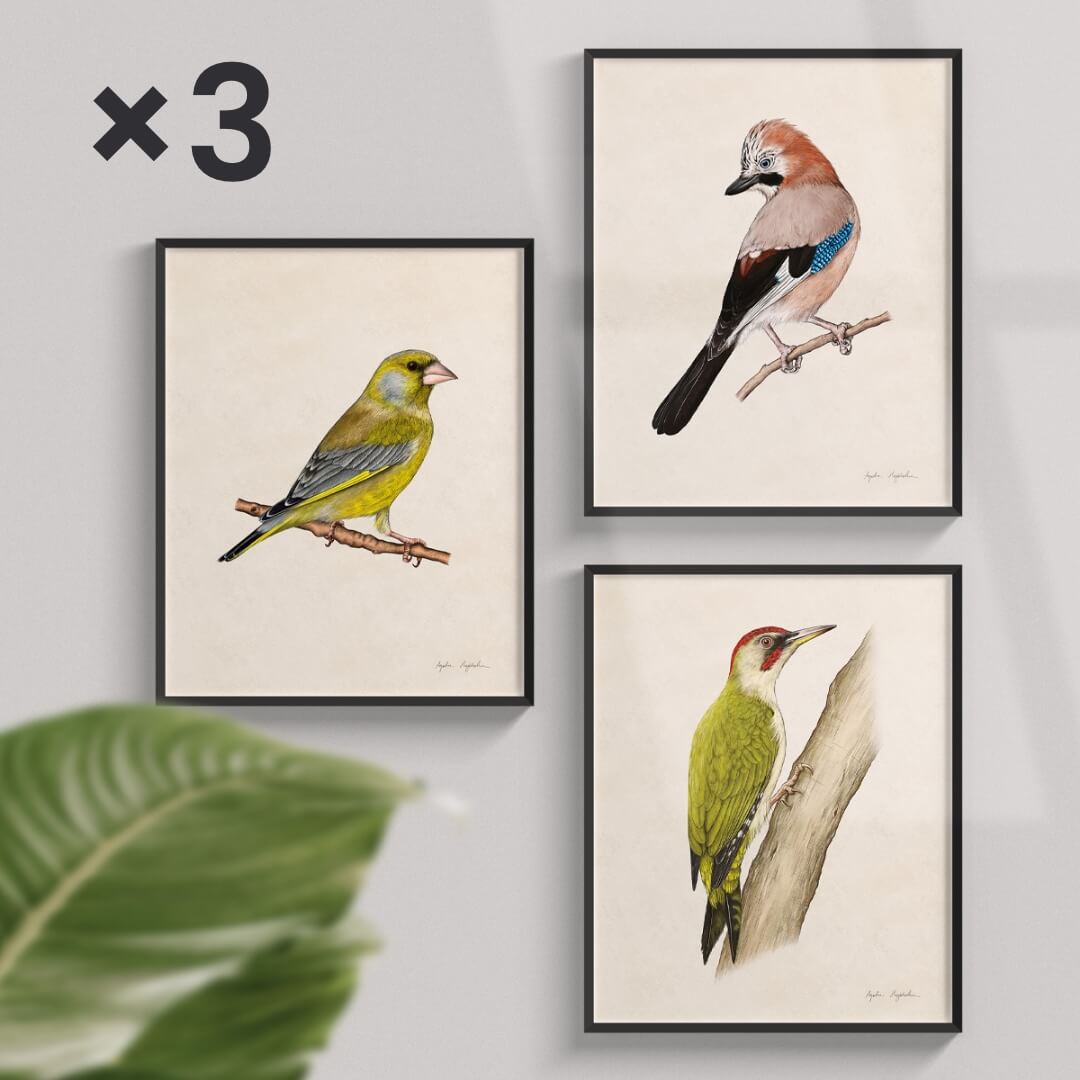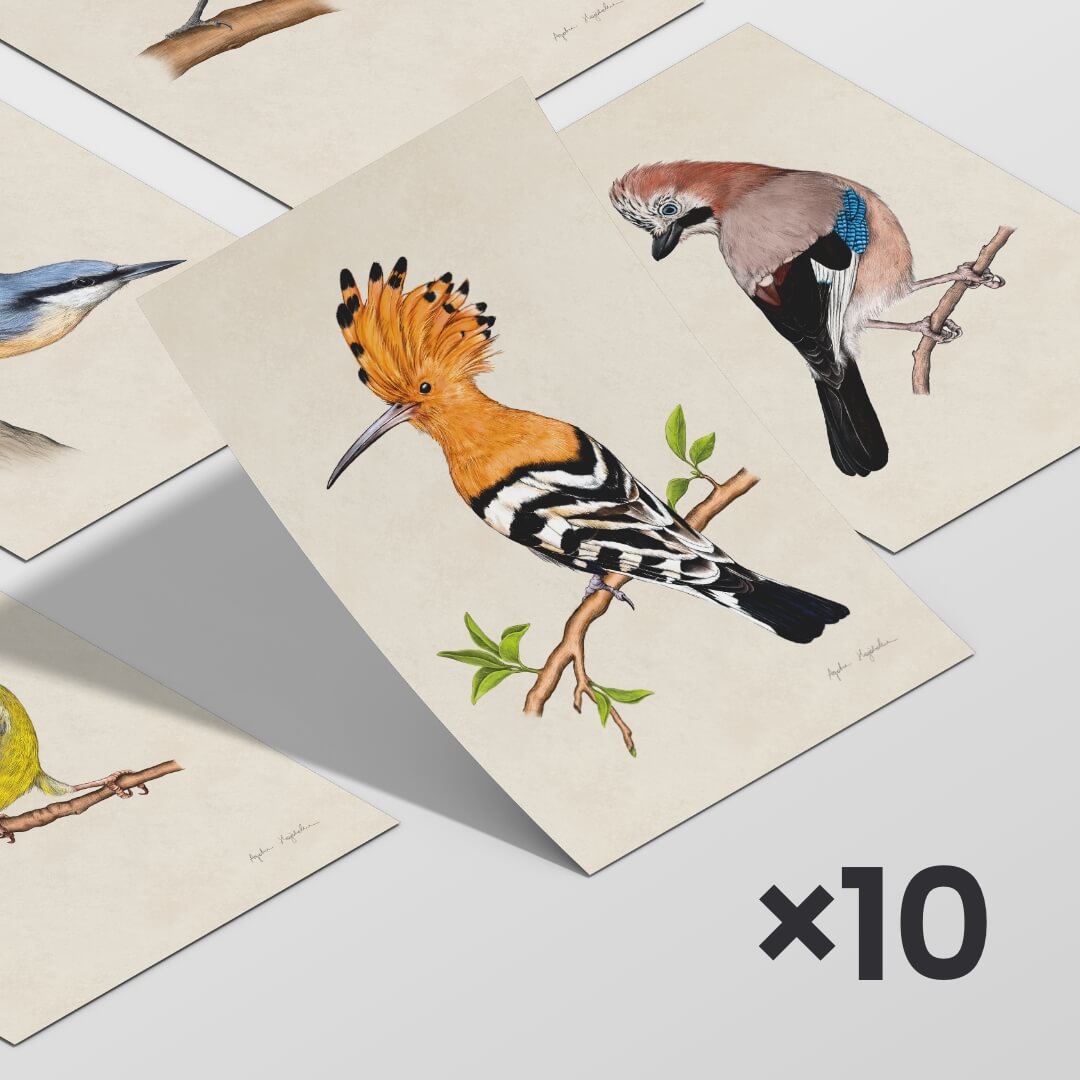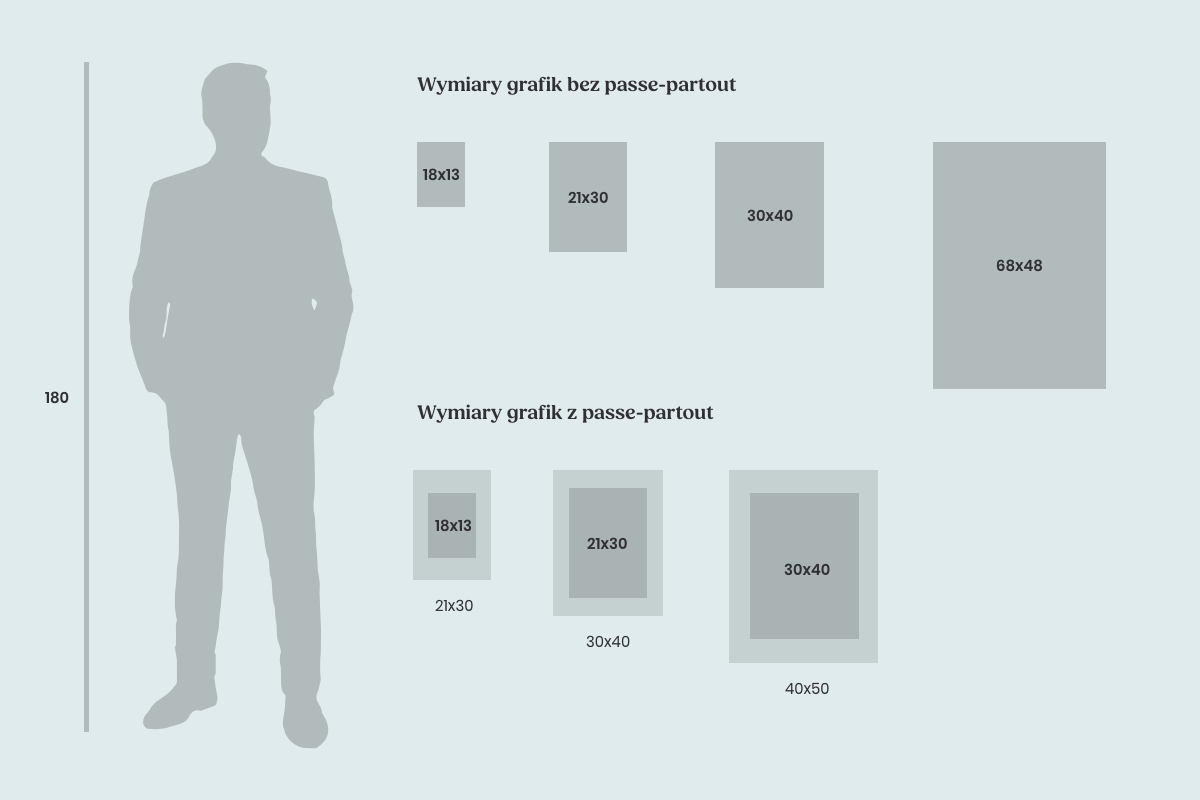- Tukan media
- Explore birds
- Raven
Raven
This exceptionally intelligent, yet simultaneously commanding in appearance bird is found throughout our country. Its body length exceeds 60 cm, and it captivates attention with its massive beak, large head, and impressive, expansive, and long wingspan similar to that of a buzzard. The raven's plumage is black with a metallic sheen. The wedge-shaped tail is also characteristic. Females are slightly smaller than males. Now that you know what a raven looks like, be sure to learn some interesting facts about it!
Raven - where does it live and build its nest?
In the past, ravens preferred remote forested areas, but nowadays, they settle even near human settlements or on the outskirts of cities. It is a sedentary species. Where in Poland are ravens? They occur sporadically or, locally, in selected areas, they may be moderately numerous throughout the country. A raven's nest is built in the crown of a tall tree, most often a pine or spruce, less frequently choosing deciduous trees. The foundation consists of thick branches, smaller twigs, and roots, with the interior containing soil, grass, moss, and feathers. The nest is massive, and it happens that birds use abandoned nests of their predecessors, building upon and improving them. Raven eggs are distinctive: greenish or bluish with a brownish tint and covered in spots. In one clutch, the bird lays about 6 eggs, which are incubated for over 20 days. After hatching, the young stay in the nest for about 40 days.
What does the raven eat? The diet of this majestic bird
Are you wondering what ravens eat? Their diet is very diverse, primarily consisting of animal sources. They consume small mammals, frogs and other amphibians, lizards and small reptiles, birds – including chicks and eggs, insects, worms, and snails. They forage on the ground and won't hesitate to feed on carrion or garbage from dumpsters. Ravens also store food under rocks and in tree hollows, and in winter, they may even stash it in the snow. When creating their food reserves, they carefully conceal them from intruders.
Raven - interesting facts and myths
This bird species is incredibly intriguing, and many questions arise in connection with it – you'll find the answers below!
- How intelligent is the raven? The intelligence of this bird has been the subject of numerous studies and observations, which have shown that these birds stand out for their ability in creative problem-solving, mimicking each other, using tools – for example, in obtaining food, and predicting the behavior of prey during hunting. They also exhibit self-awareness.
- What is the symbol of the raven? In culture, the symbolism of the raven revolves around death, misfortune, and ill luck – perhaps due to the somewhat ominous appearance of this bird and its affinity for carrion.
- How long does a raven live? In the wild, a raven can live from 10 to 15 years. There have been documented cases in history where a captive raven has been known to live up to 40 years!
- Can a raven talk? The range of sounds produced by ravens – although they are primarily associated with throaty croaking – is wide; they can also mimic the sounds of other species, and even human speech.
- Are ravens dangerous?These large, robust birds equipped with strong beaks and talons can fiercely defend their territory. Due to their diet of small mammals, they may pose a threat to small domestic animals. As for attacks on humans, these are more likely to be incidental and related to protecting their offspring.
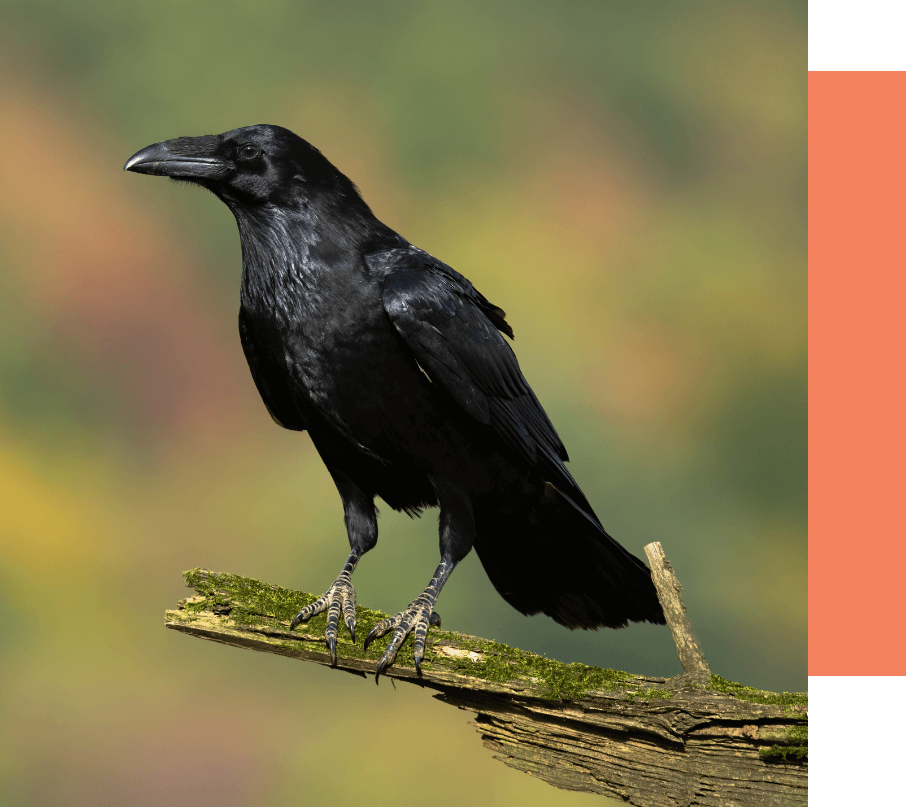
Listen to the voice
Raven-themed gadgets
If this majestic and awe-inspiring bird has fascinated you, check out raven-themed gadgets available in my offer. You'll find, among other things, a raven illustration in various formats with different framing options. Marvel at the perfect representation of its feathers and silhouette – invite it into your interiors through graphics and other accessories!
View products with the raven
60.00 zł – 120.00 zł
267.00 zł 230.00 zł
20.00 zł – 120.00 zł
600.00 zł 500.00 zł
200.00 zł 160.00 zł
Raven - Additional Information
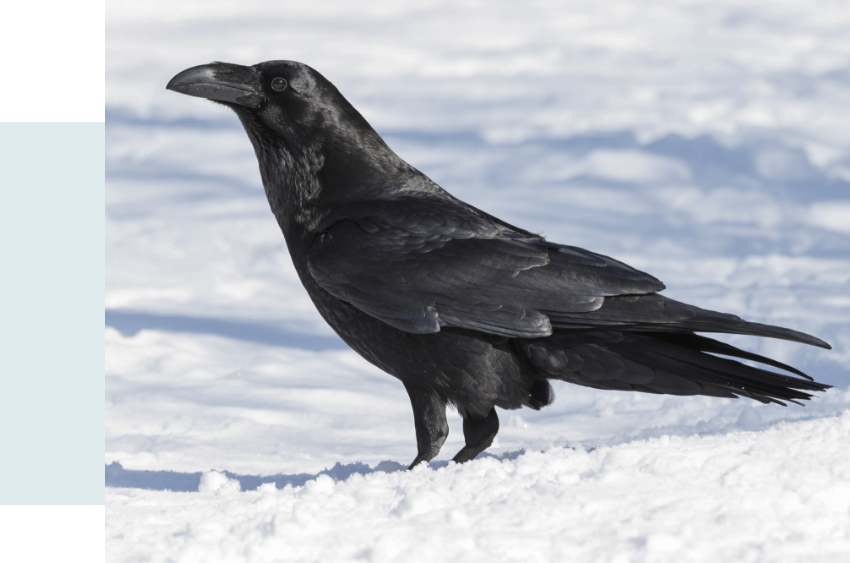
Raven
Corvus corax
Family
Corvids
Locations of Occurrence
The entire country along with high mountains
Food
Diverse, primarily animal, including carrion and waste
Population
A scarce, locally moderately abundant breeding bird
Migrations
Resident
Breeding
4-6 greenish or bluish, heavily brown-speckled eggs. Incubation lasts 20-23 days. The young leave the nest after about 40 days.
See other products with birds
89.00 zł
89.00 zł
20.00 zł – 120.00 zł
20.00 zł – 120.00 zł
20.00 zł – 120.00 zł
60.00 zł – 120.00 zł
20.00 zł – 120.00 zł
20.00 zł – 120.00 zł
20.00 zł – 120.00 zł
267.00 zł 230.00 zł
553.00 zł 499.00 zł
400.00 zł 375.00 zł
464.00 zł 439.00 zł
237.00 zł 225.00 zł
150.00 zł 143.00 zł
174.00 zł 165.00 zł
89.00 zł
50.00 zł
50.00 zł
58.00 zł
79.00 zł
79.00 zł
79.00 zł
79.00 zł
79.00 zł
50.00 zł
50.00 zł
50.00 zł
50.00 zł
50.00 zł
89.00 zł
89.00 zł
20.00 zł – 120.00 zł
20.00 zł – 120.00 zł
20.00 zł – 120.00 zł
20.00 zł – 120.00 zł
89.00 zł
20.00 zł – 120.00 zł
20.00 zł – 120.00 zł
60.00 zł – 120.00 zł
20.00 zł – 120.00 zł
20.00 zł – 120.00 zł
20.00 zł – 120.00 zł
600.00 zł 500.00 zł
160.00 zł – 320.00 zł
450.00 zł 400.00 zł
